Are you a real history buff and are you looking for the best history museums to visit in Bavaria? These are the ones:
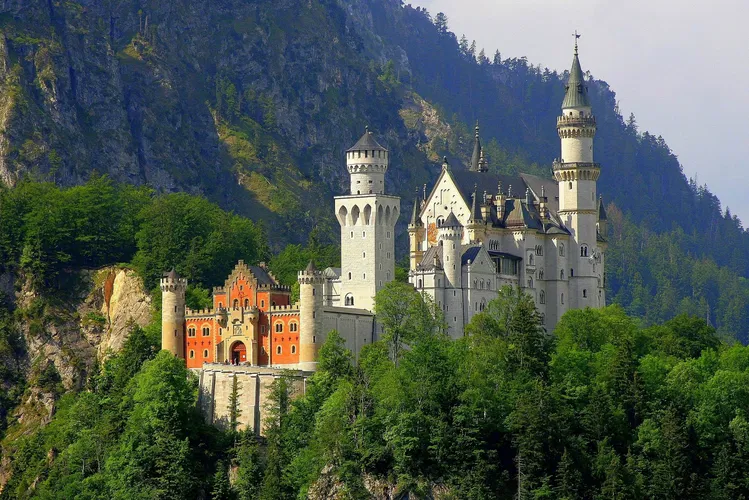
Neuschwanstein Castle
SchwangauNeuschwanstein Castle, a 19th-century palace, is located on a hilltop above the village of Hohenschwangau near Füssen in southwest Bavaria, Germany. The castle was built in a neo-romantic style, which is a revival of medieval architecture. The location of the castle offers a panoramic view of the surrounding landscape, making it a picturesque spot for visitors.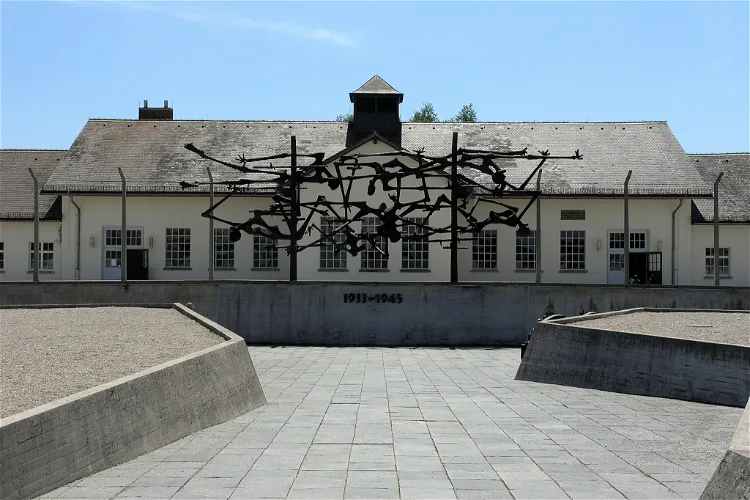
Dachau concentration camp
DachauDachau, the first Nazi concentration camp, is located near the town of Dachau, approximately 16 kilometers northwest of Munich. The camp was established in a disused gunpowder factory and was put into operation on March 22, 1933, the same year that Hitler came to power in Germany. This historical site provides a glimpse into the grim past of the Nazi era.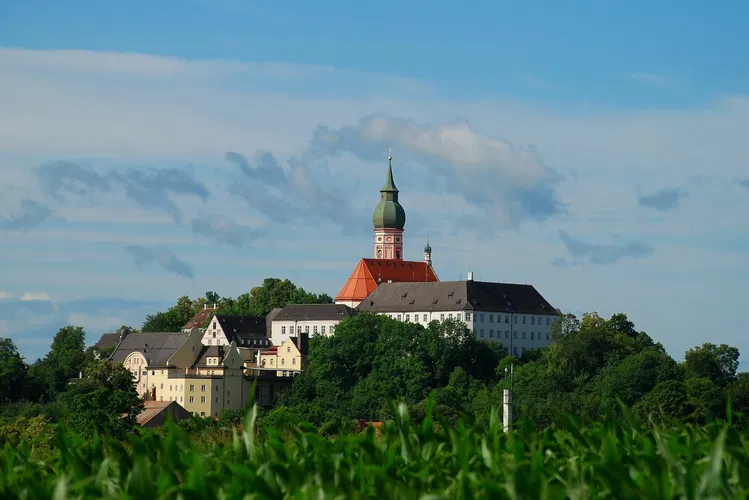
Andechs Monastery
AndechsAndechs Abbey is a Benedictine monastery located in the municipality of Andechs, Upper Bavaria, Germany. It is renowned for its flamboyant Baroque church and its brewery, Klosterbrauerei Andechs. The monastery is a place of pilgrimage, situated on a hill east of the Ammersee. The proceeds from the brewery help fund the monks' mission of help.
Würzburg Residence
WürzburgThe Würzburg Residence is a former episcopal palace and a combination of rococo and baroque architecture. This historical building, which was built on the orders of the two prince-bishops von Schönborn, is a testament to the architectural prowess of the 18th century. The construction lasted from 1720 to 1744 and was designed by Johann Balthasar Neumann. The late baroque residence is considered one of the most important of its kind.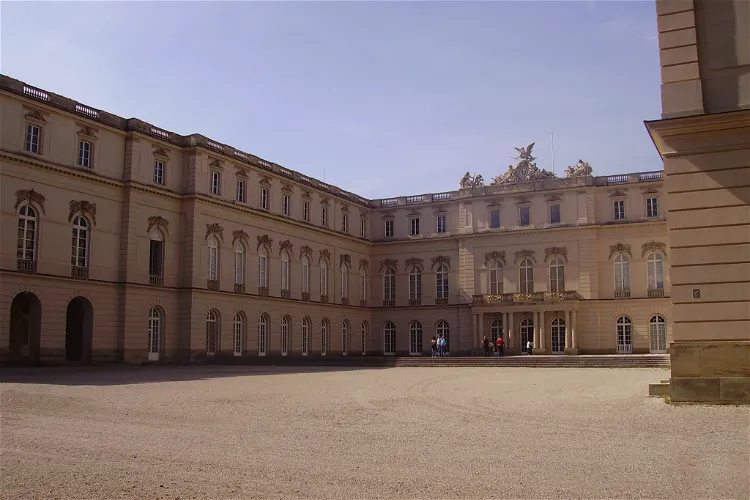
Herrenchiemsee
ChiemseeHerrenchiemsee is a castle located on an island in Lake Chiem, approximately 80 kilometers east of Munich. This grand structure was commissioned by King Louis II of Bavaria, a monarch known for his extravagant architectural projects. The castle's location on an island adds to its allure, offering visitors a unique experience of exploring a historical monument surrounded by the natural beauty of a lake.
Munich Residence
MunichThe Munich Residence (Münchner Residenz) was a classicist-style city residence in Munich. Bavarian dukes, electors from 1623 and Bavarian kings from 1806 to 1918 stayed here. This complex is Germany's largest palace within city walls and one of Europe's most important museums for room decoration. It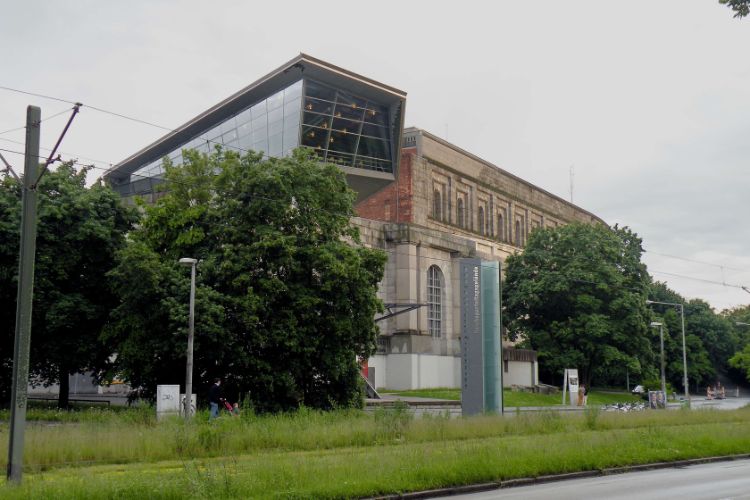
Documentation Center Nazi Party Rally Grounds
NurembergThe Documentation Center Nazi Party Rally Grounds is a museum in Nuremberg housed in the remains of the Congress Hall of the former Nazi party rallies. The museum features a permanent exhibition called "Fascination and Terror" on the causes, connections, and consequences of Nazi Germany and National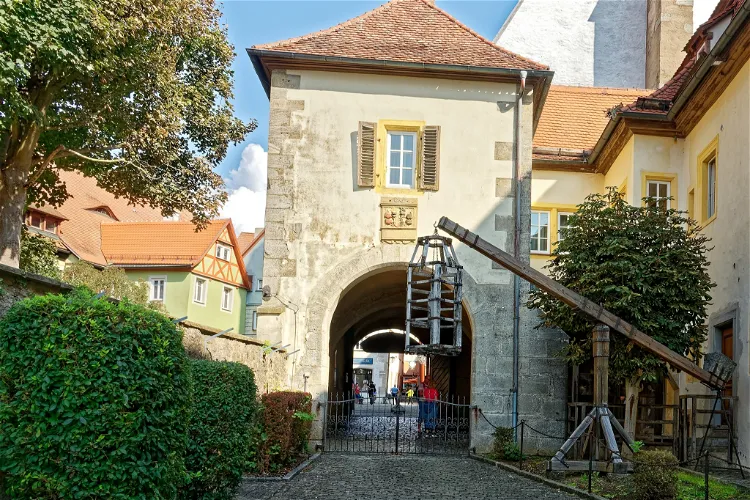
Medieval Crime and Justice Museum
Rothenburg ob der TauberThe Medieval Crime Museum in Rothenburg ob der Tauber is a unique destination that offers a deep dive into the legal proceedings of the past 1000 years. This German legal history museum houses over 2000 exhibits from over 1000 years of European justice history, with a focus on the Middle Ages. The museum is located in the former Rothenburg Johanniterkomturei, a building that was constructed between 1393 and 1410, and later remodeled in the Baroque style in 1718.
Marienberg Fortress
WürzburgMarienberg Fortress, the oldest structure in the city of Würzburg, Germany, stands on a hill by the Main River. This historic site was once the residence of counts before becoming the seat of prince-bishops. Its strategic location and rich history make it a fascinating destination for tourists interested in history and architecture.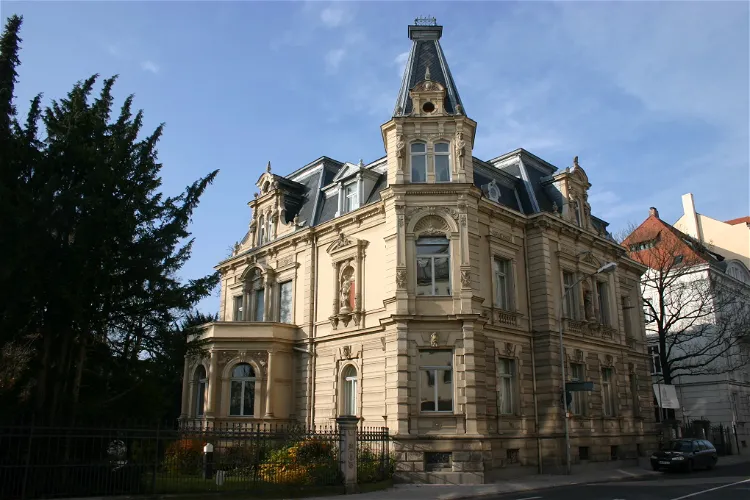
Villa Dessauer
BambergCurrently, Villa Dessauer serves as a modern art gallery, hosting a variety of exhibitions that change throughout the year. This allows visitors to experience a diverse range of art forms and styles from both regional and international artists of the 20th and 21st centuries.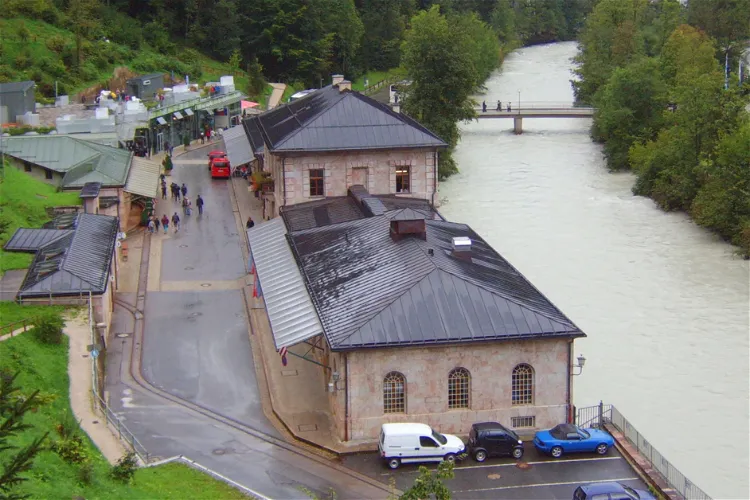
Salt Mine Berchtesgaden
BerchtesgadenThe Salzbergwerk Berchtesgaden is a significant historical site, being the oldest active salt mine in Germany. It is unique in its method of extraction, primarily using a wet process. This offers a fascinating insight into the history and techniques of salt mining, making it an interesting destination for tourists.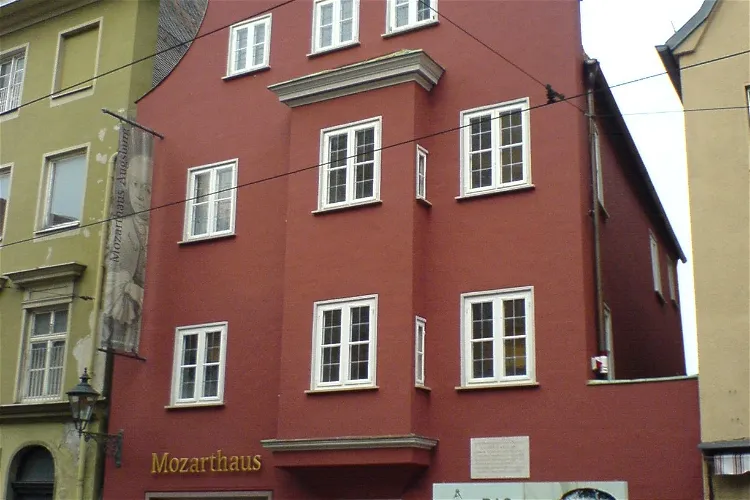
Mozarthaus Augsburg
AugsburgThe Leopold Mozart House Augsburg is a museum that holds significant historical value. It is situated in a 17th-century craftsman's house where Leopold Mozart, the father of the renowned composer Wolfgang Amadeus Mozart, was born in 1719. This location provides a unique insight into the early life and environment of the Mozart family.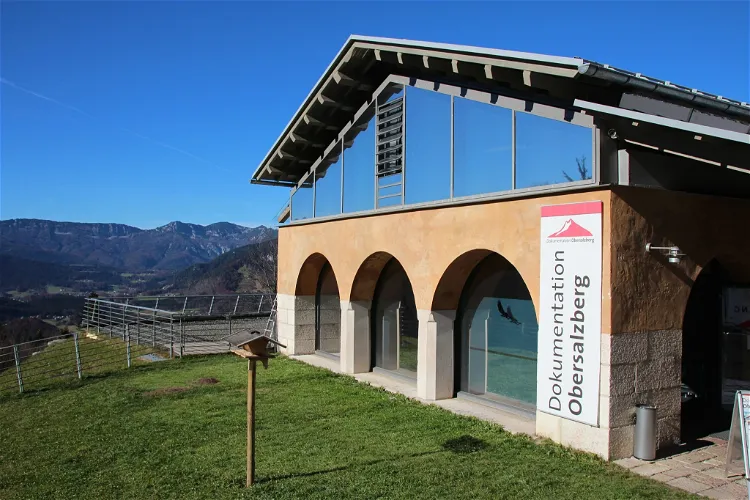
Dokumentationszentrum Obersalzberg
BerchtesgadenDokumentation Obersalzberg is a museum located in the Obersalzberg resort near Berchtesgaden. The museum provides detailed information about the use of the mountainside retreat by Nazi leaders, particularly Adolf Hitler. This location was a frequent retreat for Hitler, making it a significant site for understanding the history of Nazi Germany.
Veste Oberhaus
PassauVeste Oberhaus is a historic castle located on the left side of the Danube River, directly opposite the old town of Passau. The castle was established in 1219 and served as the residence of the prince-bishop of the Hochstift Passau for a significant period of time. This castle is a symbol of the city's rich history and offers a unique insight into the past.
New Palace, Bayreuth
BayreuthThe New Palace in Bayreuth, known as Das Neue Schloss Bayreuth in German, was constructed from 1753. This construction was initiated after a fire in January 1753 had largely destroyed the previous residence, which is now referred to as the Old Palace. The New Palace stands as a testament to the architectural prowess of the time and the resilience of the people in rebuilding after the fire.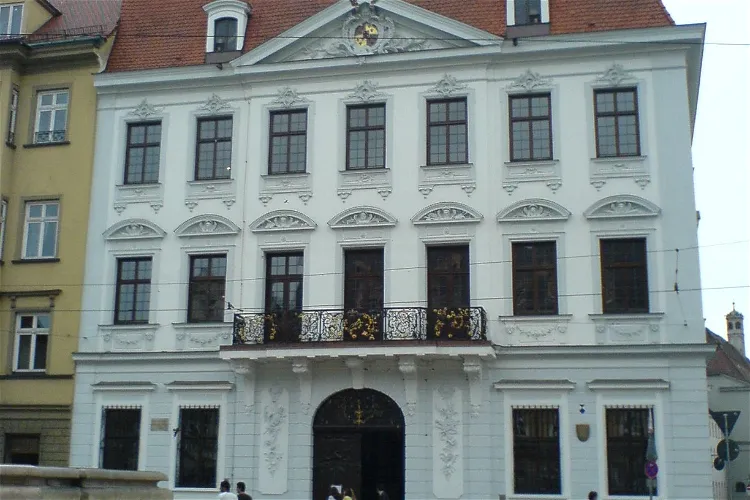
Schaezlerpalais
AugsburgThe Schaezlerpalais in Augsburg is a significant location for art enthusiasts as it houses both city and state art collections. This provides visitors with a unique opportunity to explore a wide range of artworks under one roof. The collections include various periods and styles, offering a comprehensive overview of the art history.
Armory house
AugsburgThe Armory, locally known as Das Zeughaus, is a significant historical building located in the old town of Augsburg. It was constructed between the years 1602 and 1607 by the renowned architect Elias Holl. This period piece of architecture offers a glimpse into the city's rich history and is a notable landmark in Augsburg.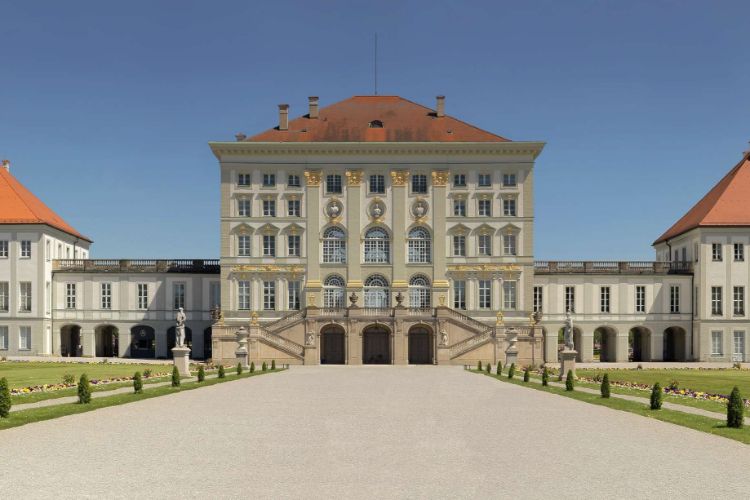
Nymphenburg Palace
MunichDesigned by Agostino Barelli, the name of this palace literally translates as the Castle of the Nymphs. When the Bavarian royalty in the 17th century wanted to take a summer break, they would go to the Nymphenburg Palace. Today, it is open to the public and home to several historical museums. You ca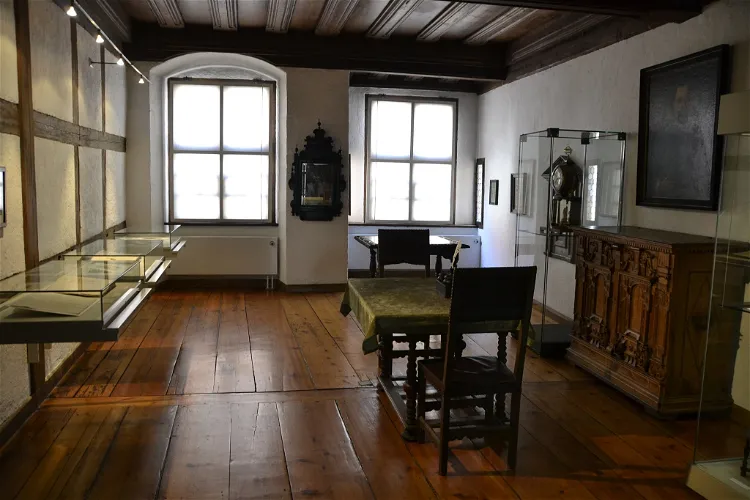
Kepler's Last Residence & Museum
RegensburgThe Kepler Memorial House in Regensburg is a significant historical site as it is the place where the renowned astronomer Johannes Kepler passed away. This house provides a unique opportunity for visitors to step into the past and explore the life and work of one of the most influential figures in the history of astronomy.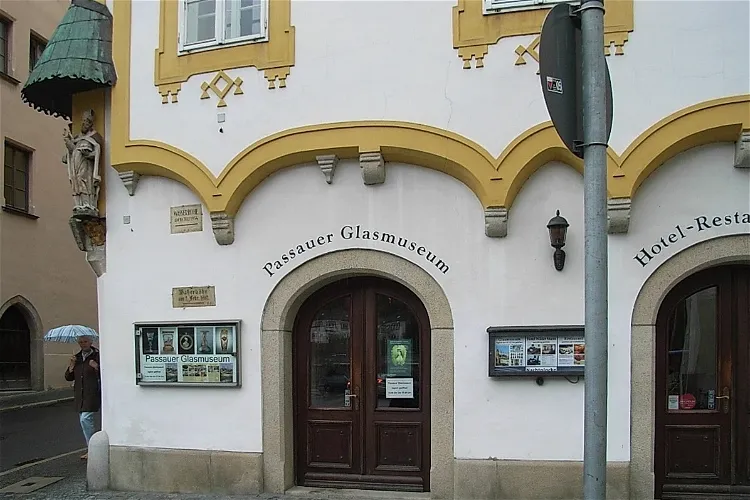
Passau Glass Museum
PassauThe Passau Glass Museum is renowned for its extensive collections, which are considered the largest in the world in three categories: European art glass, Bohemian glass, and glass made by Johann Loetz. These collections offer a unique opportunity to explore the rich history and diverse styles of glassmaking in Europe and beyond.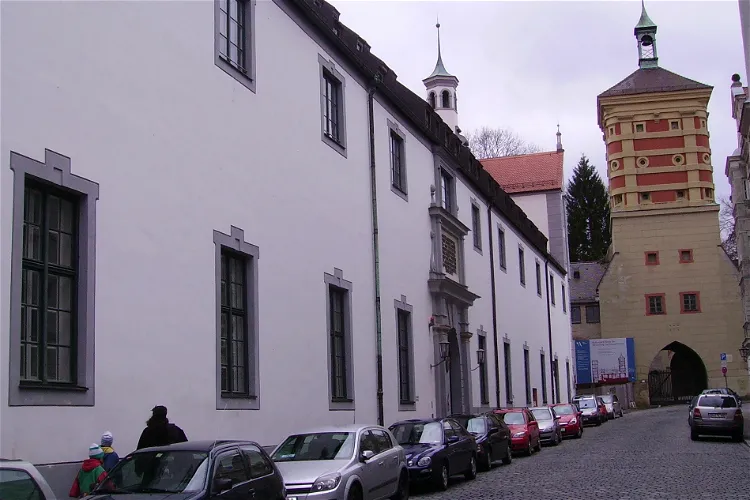
Augsburg Puppet Chest
AugsburgThe Augsburger Puppenkiste is a renowned puppet theatre located in the German city of Augsburg. It gained nationwide fame in 1953 when its performances started being filmed and broadcasted on television. This historical theatre has been a significant part of German culture and continues to be a popular attraction for visitors.
Haus zum Cavazzen
Lindau (Bodensee)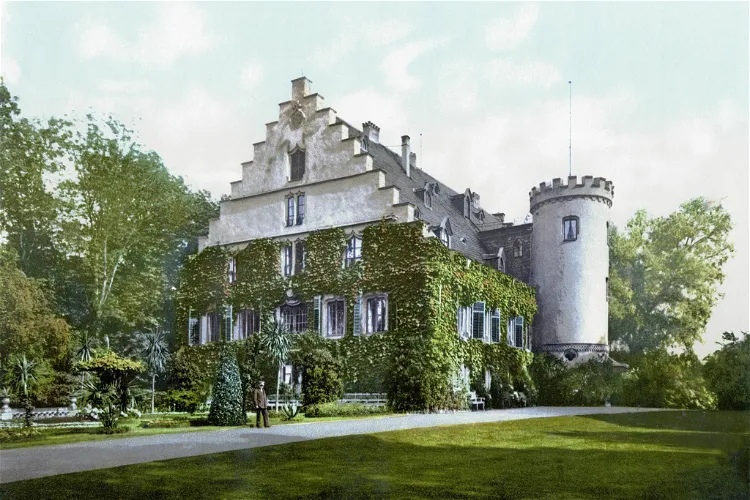
Schloss Rosenau Coburg
RödentalSchloss Rosenau, also known as Palácio Rosenau, is a historical site located between the cities of Coburg and Rödental, in Bavaria, Germany. This former castle, which was later converted into a country house, offers a unique glimpse into the past. Its location makes it easily accessible for tourists visiting either Coburg or Rödental.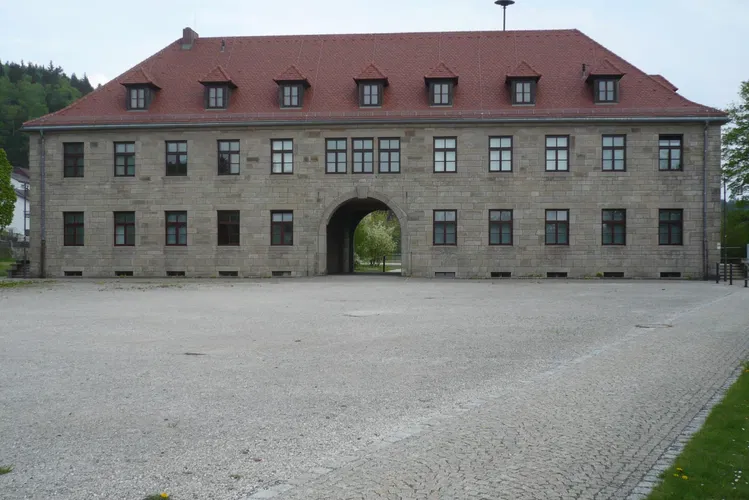
Flossenbürg, Bavaria
FlossenbürgFlossenbürg is renowned for its granite deposits. The town has numerous quarries that can be visited by tourists. These quarries have historical significance as many prisoners from the camps cut the stones used to erect monumental buildings in Nuremberg.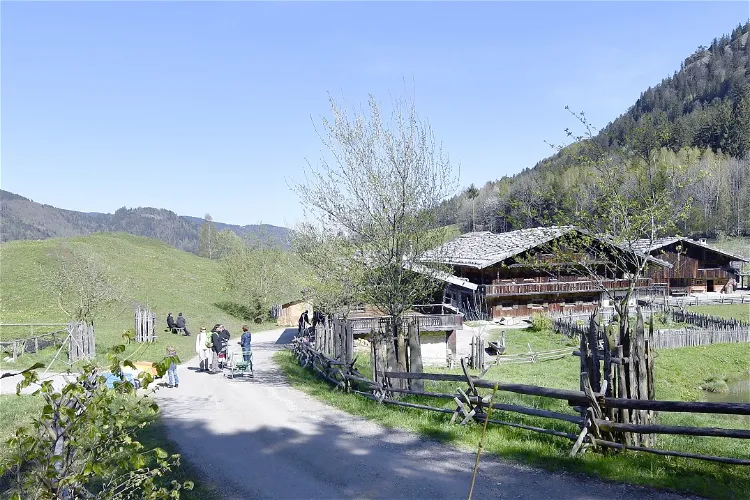
Markus Wasmeier Freilichtmuseum
SchlierseeThe Markus Wasmeier Freilichtmuseum is a privately owned museum situated on the edge of the Neuhaus district in the Upper Bavarian municipality of Schliersee. This location offers visitors a unique blend of cultural history and natural beauty, making it an ideal destination for those interested in exploring the rich heritage of the region.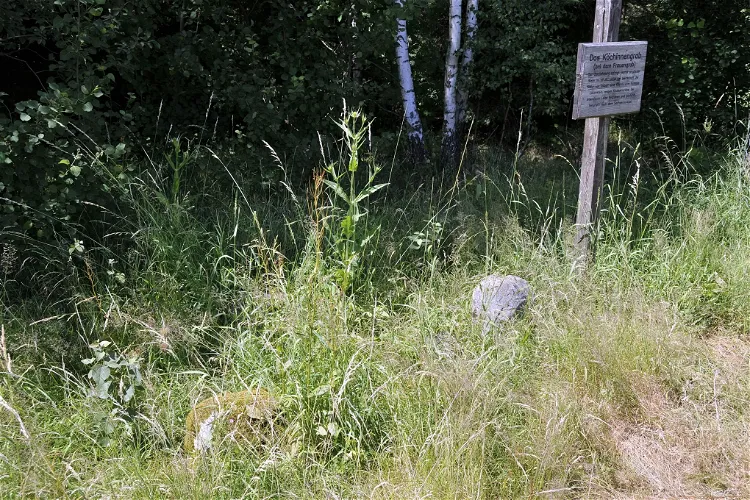
Lauenstein Castle
Ludwigsstadt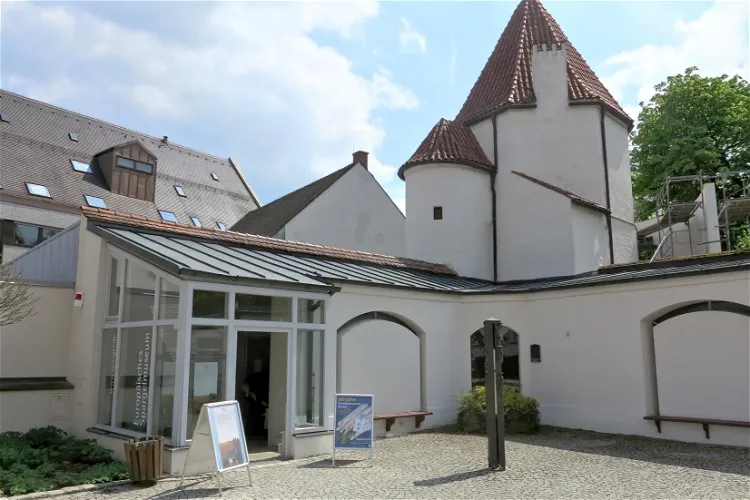
European Asparagus Museum
SchrobenhausenThe European Asparagus Museum is housed in the former Amtsturm, a two-story building that was part of the medieval city wall. Located in the southwest of the old town, the museum's location adds to its charm and historical significance, providing visitors with a unique backdrop to their exploration of the world of asparagus.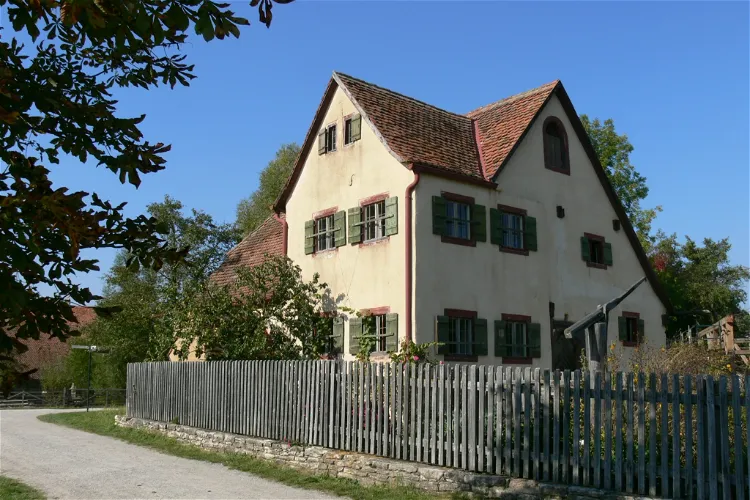
Franconian Open Air Museum
Bad WindsheimThe Franconian Open Air Museum Bad Windsheim is located on the southern edge of the old town of Bad Windsheim. The museum spans a vast area of 45 hectares, providing ample space for visitors to explore and immerse themselves in the rich history and culture of the region.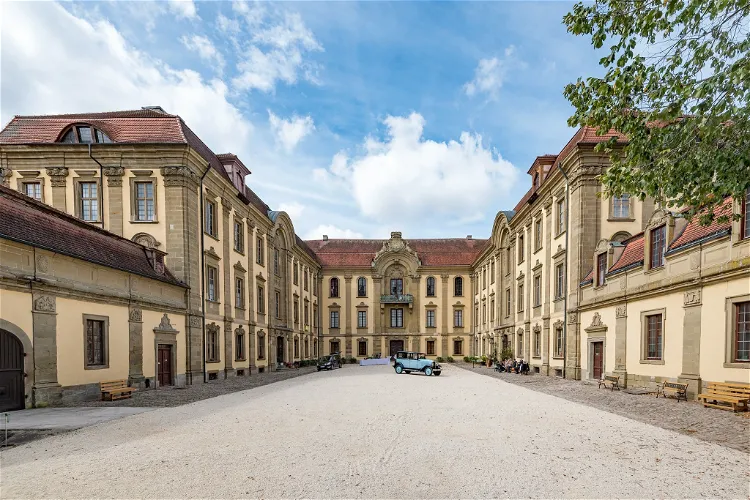
Schloss Schillingsfürst
SchillingsfürstSchloss Schillingsfürst is a castle located in Schillingsfürst near Ansbach in Middle Franconia, Bavaria. It serves as the seat of the old noble family branch Hohenlohe-Schillingsfürst. The castle's history and its connection to the noble family make it a significant site for those interested in history and architecture.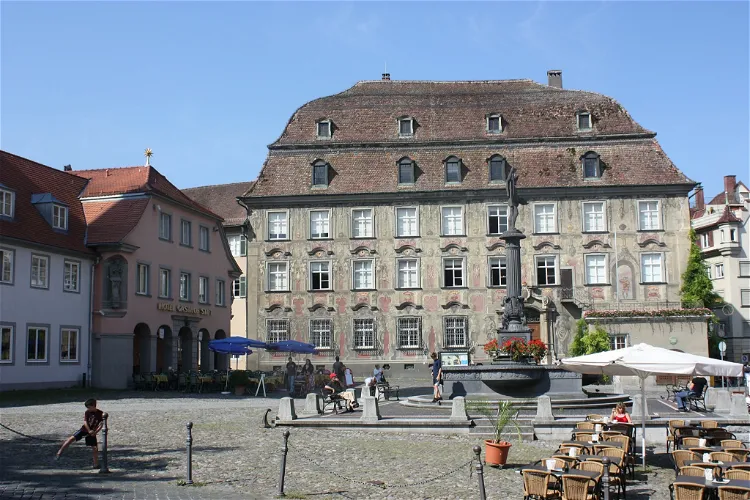
City Museum of Lindau
Lindau (Bodensee)The City Museum of Lindau is situated in the baroque citizen's house Zum Cavazzen, which is located at the market square of the island Lindau (Bodensee). This location is not only central but also steeped in history, making it an interesting destination for tourists who are interested in the rich cultural heritage of Lindau.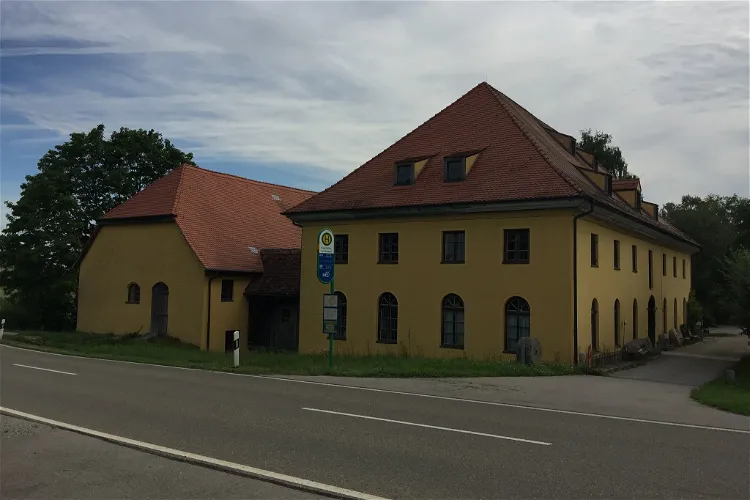
Furthmühle
EgenhofenThe Furthmühle is largely preserved in its original state and is fully functional. Until 2012, it was used for the production of flour, making it a significant technical monument. Visitors can appreciate the historical machinery and understand the process of flour production from the past.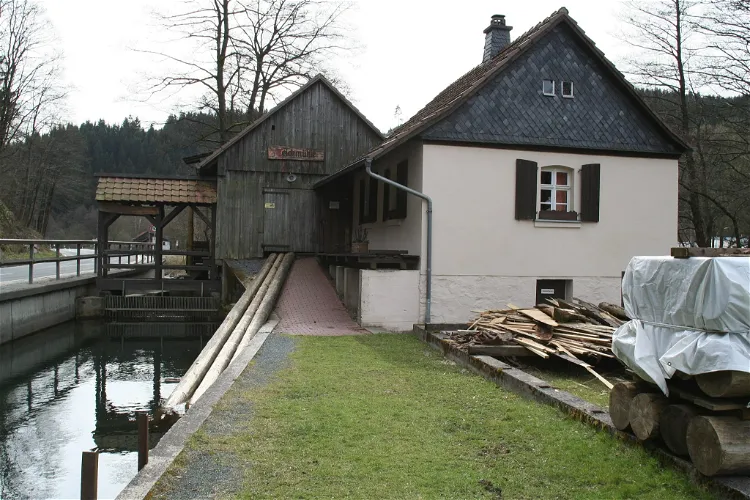
Teichmühle Steinwiesen
SteinwiesenTeichmühle is a community part of the market town Steinwiesen, located in the district of Kronach in Upper Franconia, Bavaria. It is situated on the right bank of the Rodach river and along the state road 2207, which leads to Steinwiesen (1 km south) or to Klingersmühle (1.2 km northeast).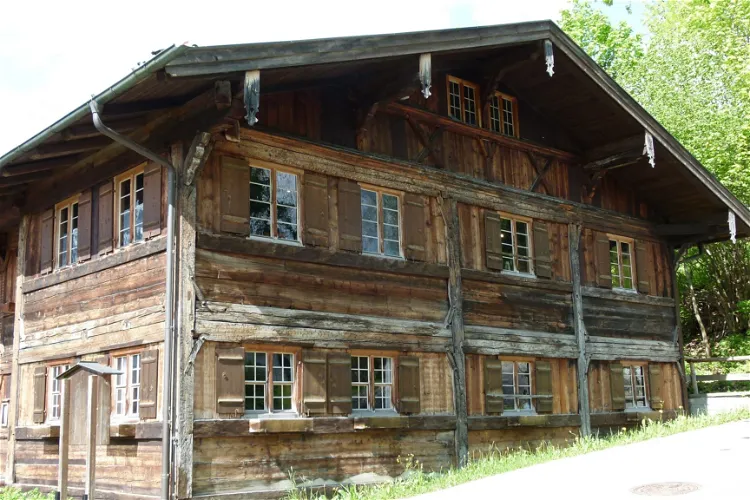
Heimathaus
PfrontenThe Heimathaus in Pfronten is a historical timber-framed building that holds a significant place in the town's history. It is listed in the Pfronten monuments list, indicating its cultural and historical importance. The building's architecture and history offer a glimpse into the past, making it an interesting site for tourists interested in history and architecture.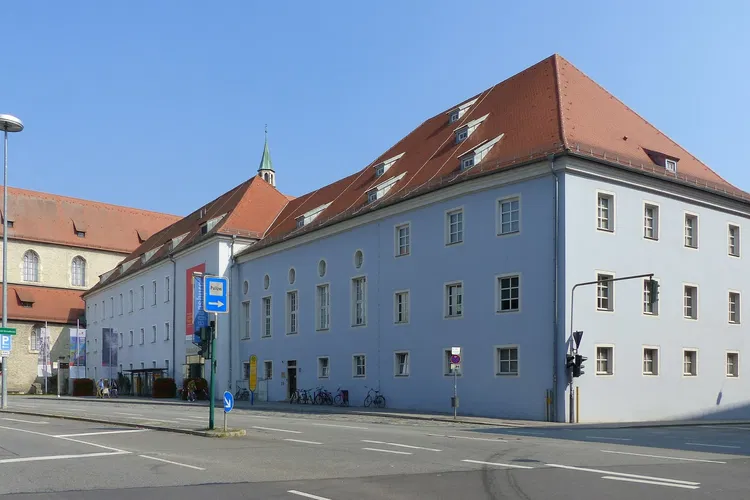
Regensburg Museum of History
RegensburgThe Historisches Museum in Regensburg, Bavaria, offers a comprehensive look into the history, art, and culture of Regensburg and Eastern Bavaria. Spanning from the Stone Age to the present day, the museum provides a unique opportunity to delve into the region's rich past. Visitors can explore a variety of exhibits that showcase the evolution of the area over thousands of years.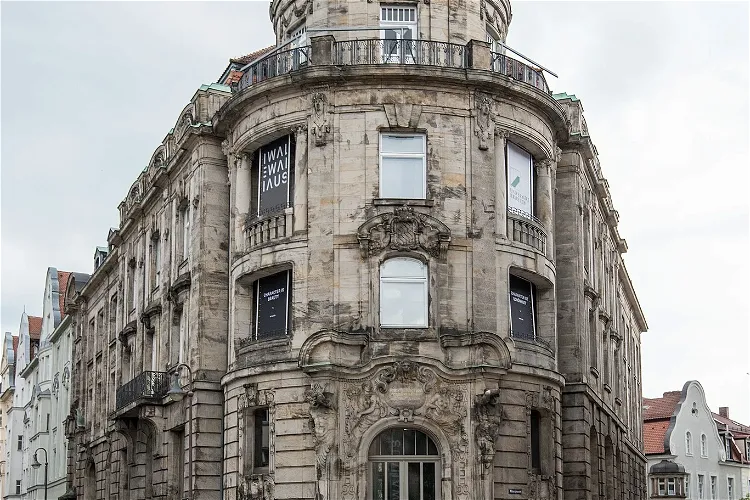
Iwalewahaus
BayreuthIwalewahaus, located at the University of Bayreuth, is a hub for the creation and display of contemporary art. The institution places a special emphasis on showcasing the latest developments in contemporary African and Diaspora culture. This is achieved through exhibitions, academic research, and artist residencies, among other activities. The institution works closely with artists and other institutions to present and refine these cultural expressions.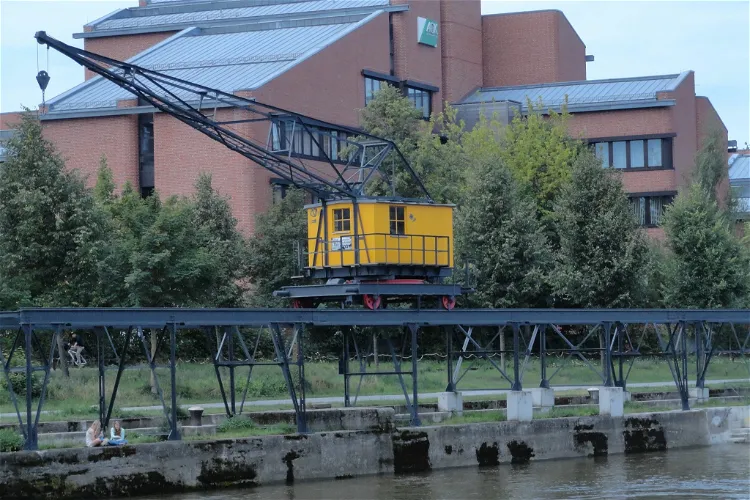
Regensburg Museum of Danube Shipping
RegensburgThe Regensburg Museum of Danube Shipping is a unique maritime museum situated in the charming town of Regensburg, Germany. The museum focuses on river shipping, particularly on the Danube and other rivers. It provides a comprehensive insight into the history and development of river shipping, making it an interesting destination for those interested in maritime history.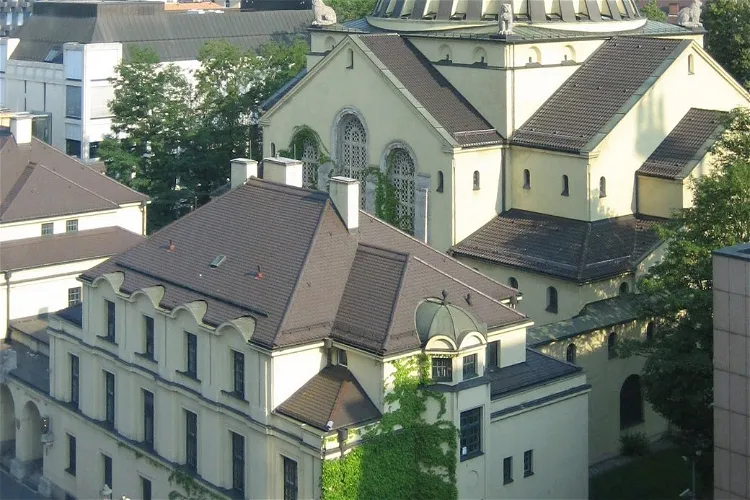
Jewish Museum Augsburg Swabia
AugsburgThe Jewish Museum Augsburg Swabia documents the culture and history of the Jews in Augsburg and Swabia from the Middle Ages to the present. The permanent exhibition, opened in November 2006, presents Jewish history as a dynamic interplay of settlement and expulsion, and of self-assertion and adaptation. It highlights the relationship between the Jewish minority and the Christian majority, emphasizing Jewish history as an integral part of the broader Augsburg and Swabian history.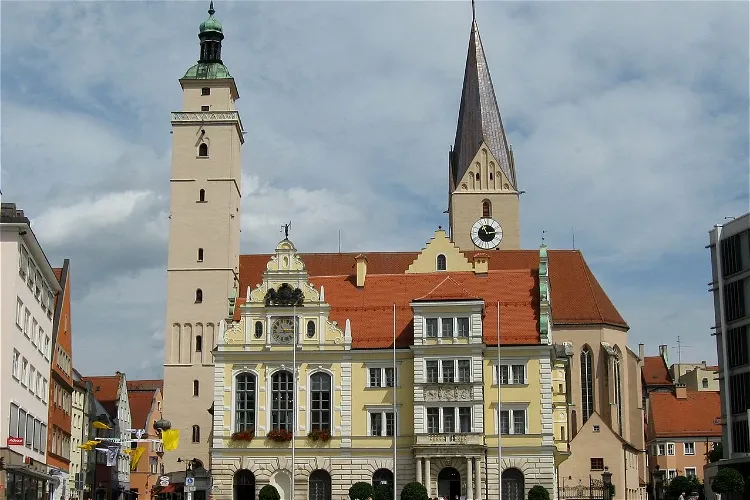
Old Town Hall
IngolstadtBetween 1882 and 1884, the four buildings that make up the Old Town Hall were redesigned and combined by Gabriel von Seidl. The result is a beautiful Neo-Renaissance style structure that stands as a testament to the architectural prowess of the time. Visitors can appreciate the intricate details and craftsmanship that went into this transformation.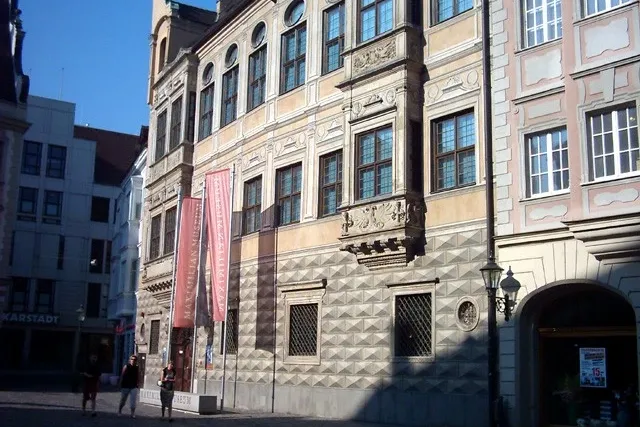
Maximilian Museum
AugsburgThe Maximilian Museum, also known as Maximilianmuseum, holds the distinction of being the oldest museum in Augsburg. It was inaugurated in the year 1854 and since then, it has been dedicated to tracing the city's history from the Middle Ages up until 1805. This museum provides a comprehensive overview of the city's rich and diverse history, making it an interesting visit for those interested in learning about Augsburg's past.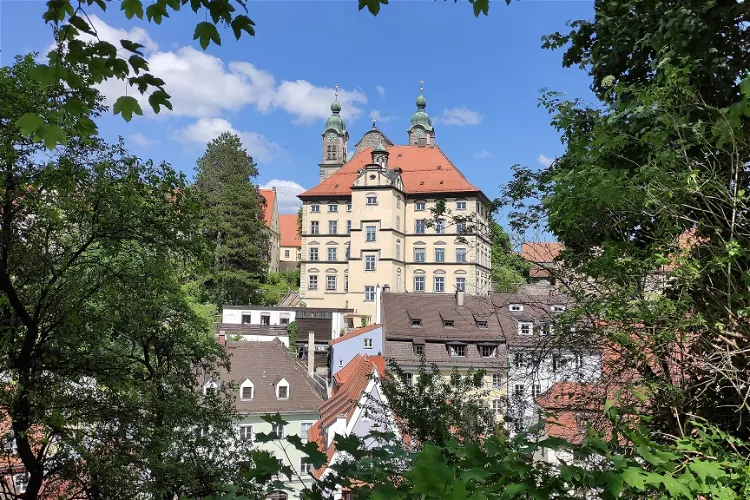
Stadtmuseum Landsberg am Lech
Landsberg am Lech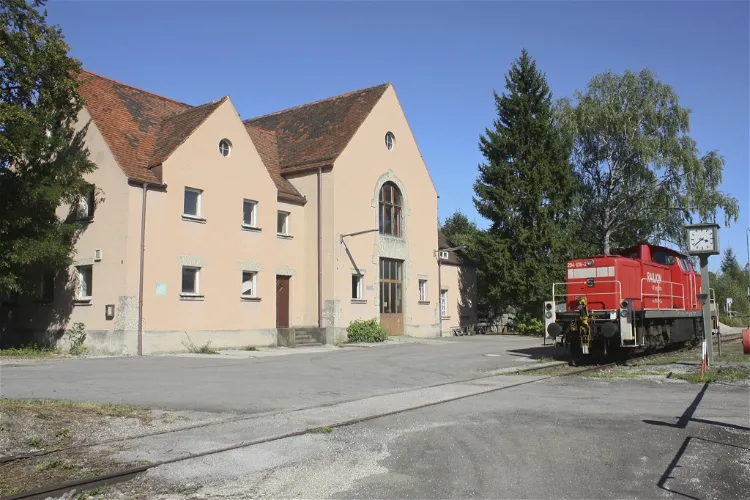
Freilassing Locomotive World
FreilassingThe Freilassing Locomotive World, also known as Lokwelt Freilassing, is a railway museum situated in the Berchtesgadener Land. The museum is run in collaboration with the town of Freilassing and the Deutsches Museum. It offers a unique opportunity to explore the rich history of railways and locomotives.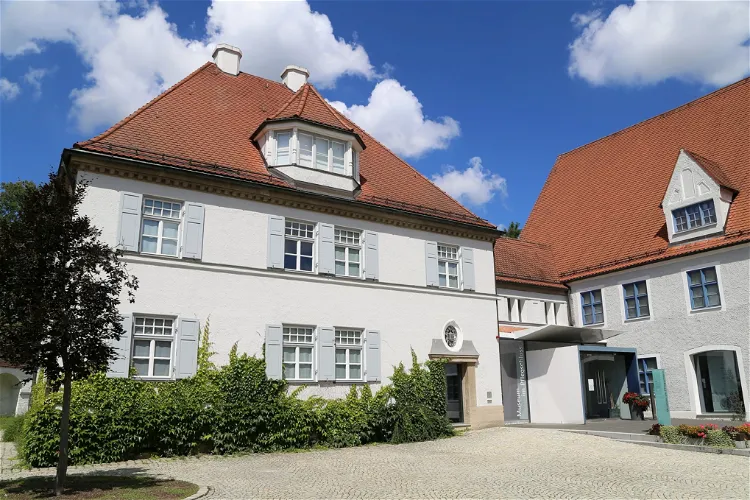
Museum im Pflegschloss
Schrobenhausen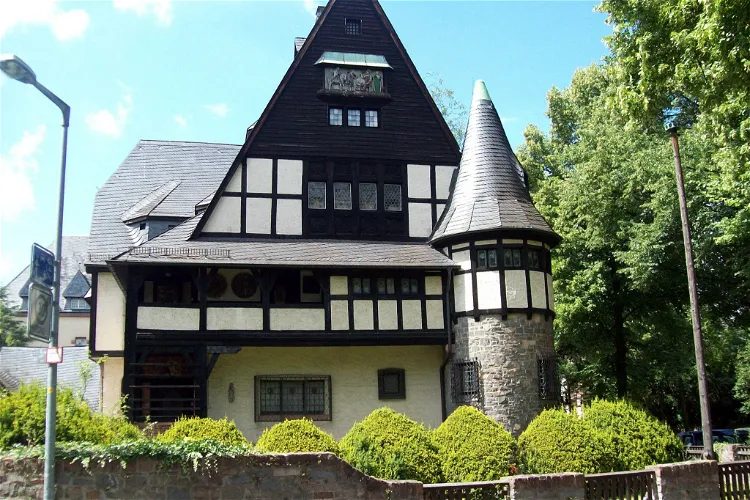
Gentilhaus
AschaffenburgThe Gentil-Haus, also known as Gentilhaus or Haus Gentil, is a museum located in the city of Aschaffenburg. It is home to the collections of Anton Gentil, an industrialist and art collector. The museum is a testament to Gentil's passion for art and his dedication to collecting and preserving various works of art.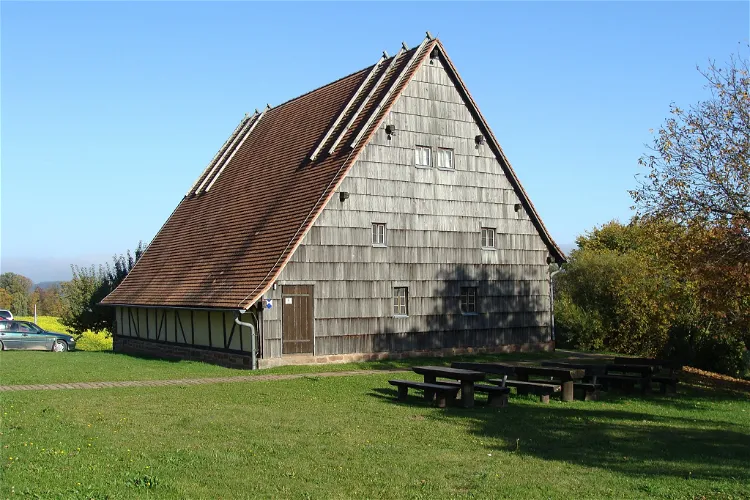
Waldmuseum Watterbacher Haus
PreunschenThe Watterbacher Haus is a significant historical site located in Preunschen, a district of Kirchzell, in the Lower Franconian district of Miltenberg in Bavaria. This historic farmhouse and forest museum offers a unique glimpse into the past, showcasing the traditional architecture and lifestyle of the region. It is a place where history and nature intertwine, providing a rich and immersive experience for visitors.
Heimathaus Pfronten
PfrontenThe Heimathaus in Pfronten is a historical monument, recognized for its old timber-framed architecture. This building is listed in the Pfronten monuments list, making it a significant part of the town's cultural heritage.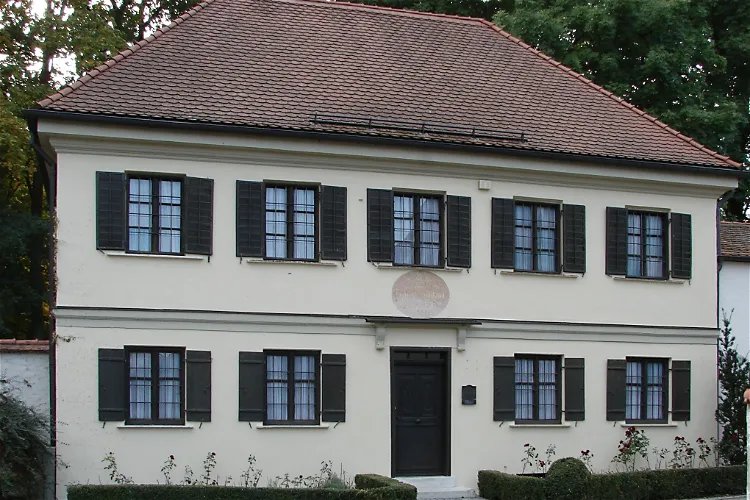
Lenbachmuseum
SchrobenhausenThe Lenbachmuseum is situated in the birthplace of the renowned painter Franz von Lenbach in Schrobenhausen, Bavaria. This location adds a personal touch to the museum, allowing visitors to explore the artist's life and work in the very place where he was born.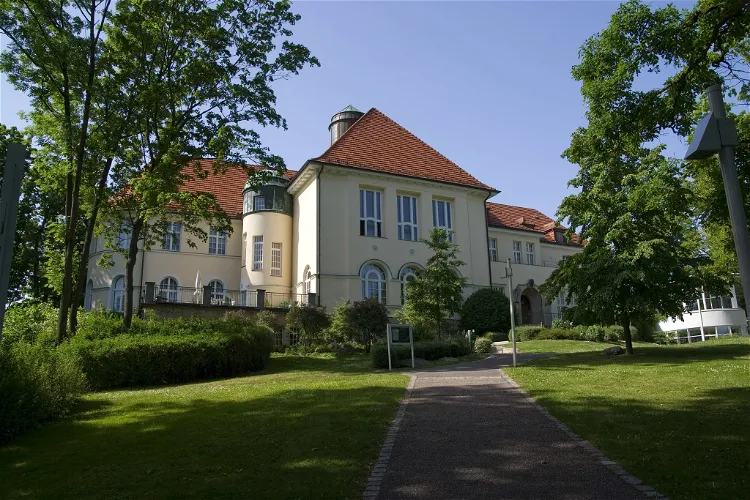
Naturkundemuseum Coburg
CoburgThe Naturkunde-Museum Coburg is a natural history museum located in the city of Coburg. It is situated on the grounds of the Coburg Court Garden, a beautiful location that adds to the overall experience of visiting the museum. The museum's location is not only scenic but also convenient, making it easily accessible for tourists.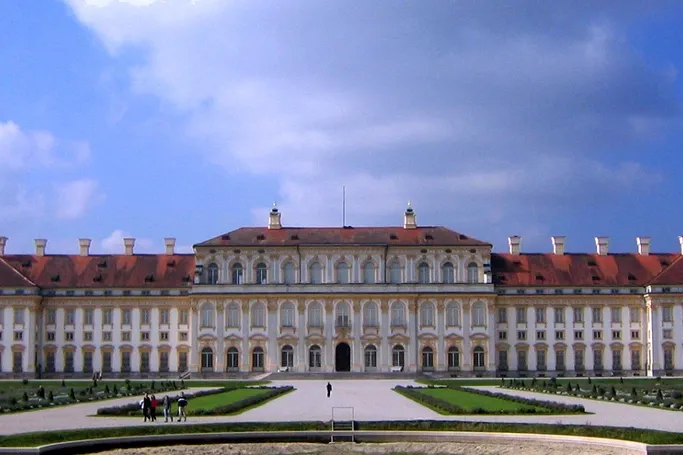
New Schloss Schleißheim
MunichSchleißheim Palace, located in the municipality of Oberschleißheim, north of Munich, is a German palace complex that consists of three palaces. These are the Old Schleißheim Palace and the New Schleißheim Palace, both situated in the western area of the park, and the Lustheim Palace, which is located in the eastern area of the park. Each palace offers a unique glimpse into the history and architecture of the region.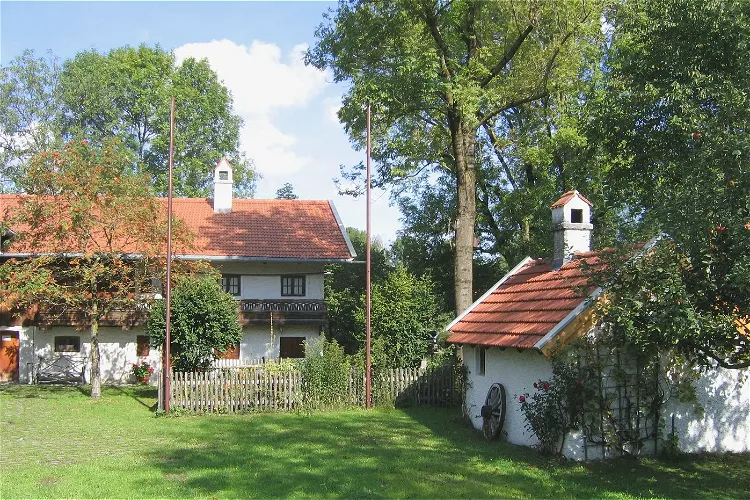
Wolfschneiderhof
TaufkirchenThe Wolfschneiderhof Museum is a significant cultural institution located in the municipality of Taufkirchen, near Munich. It serves as a representation of the local history and culture, providing visitors with an opportunity to learn about the region's past.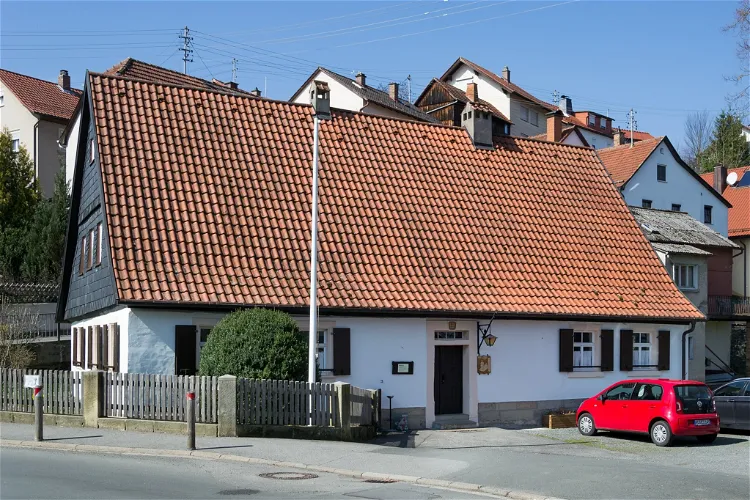
Flößermuseum Unterrodach
Unterrodach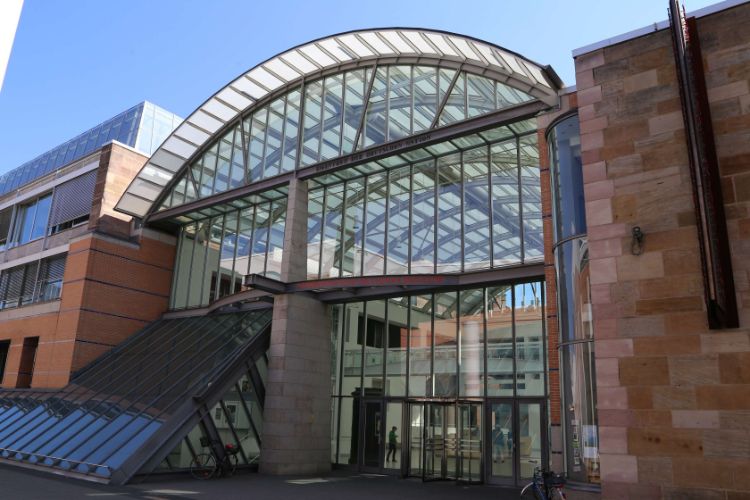
Germanisches Nationalmuseum
NurembergThe Germanisches Nationalmuseum is the largest museum of cultural history in Germany, located in Nuremberg. The museum holds and exhibits a large collection of items related to German culture and art from prehistoric times to the present day. The collection consists of around 1,3 million objects of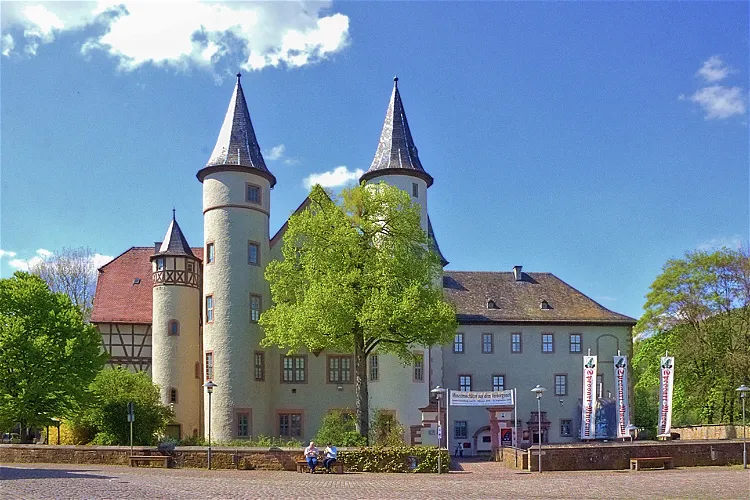
Spessartmuseum
Lohr am MainThe Spessartmuseum, located in Lohr Castle in Lohr am Main, is a place where visitors can delve into the history of the castle and the Spessart region. The museum provides a comprehensive overview of the past, offering a unique insight into the historical context of the area.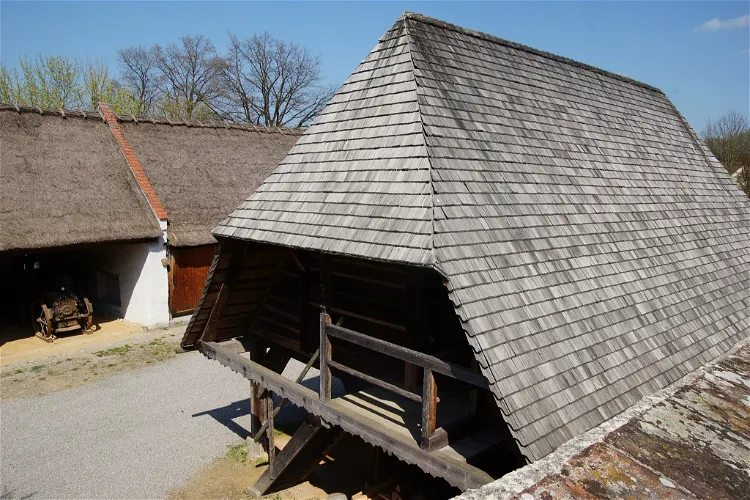
Edelmannshof Perschen
Nabburg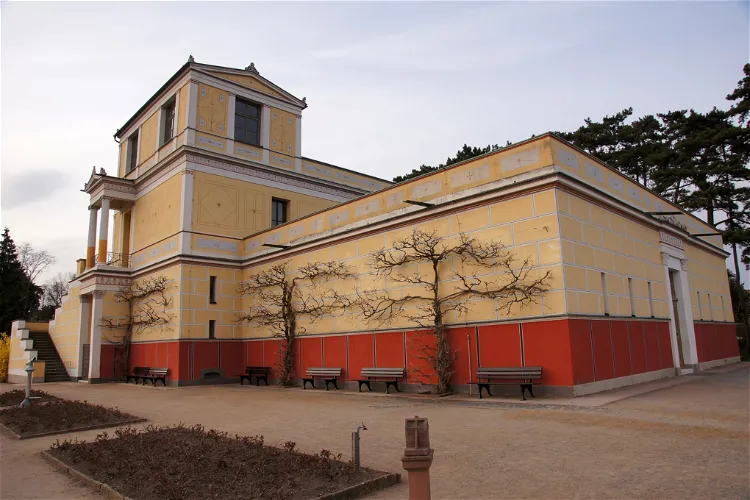
Pompejanum
AschaffenburgThe Pompejanum in Aschaffenburg is a unique attraction as it is a replica of a Roman villa, specifically modeled after the Casa dei Dioscuri in Pompeii. This architectural marvel stands on the high bank of the Main, offering a glimpse into the ancient Roman lifestyle and culture.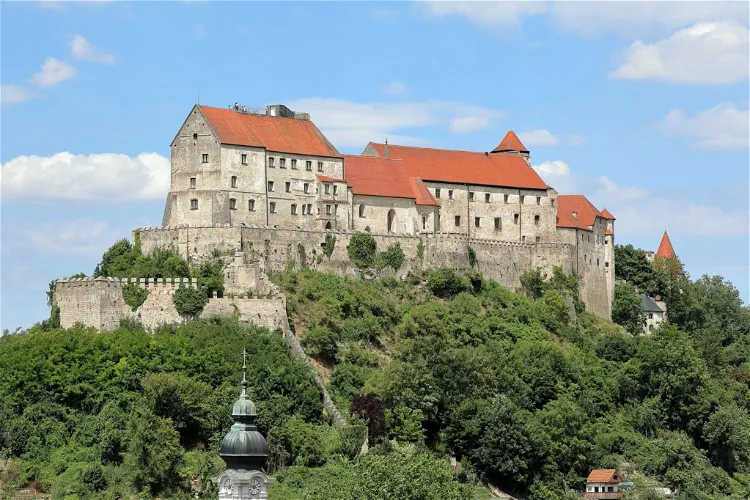
Burghausen Castle
BurghausenBurghausen Castle, located in Upper Bavaria, holds the distinction of being the longest castle complex in the world, a fact confirmed by the Guinness World Record company. This unique feature makes it a notable destination for tourists interested in historical architecture and castles.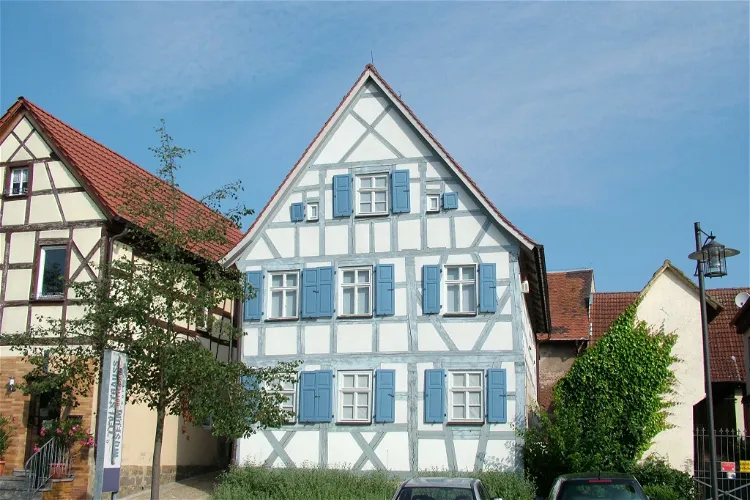
Birthplace Levi Strauss Museum
ButtenheimThe Levi Strauss Museum in Buttenheim, opened in 2000, is located in the birthplace of Levi Strauss, the inventor of jeans. This museum is a tribute to the life and work of Levi Strauss and offers a unique insight into the history of jeans.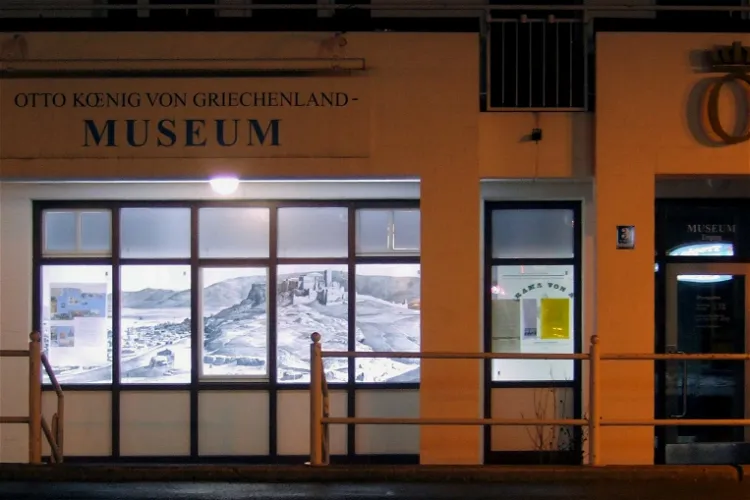
Otto-König-von-Griechenland-Museum
OttobrunnThe Otto-König-von-Griechenland-Museum in Ottobrunn is a non-governmental museum located in Bavaria. It is dedicated to the namesake of Ottobrunn, the Wittelsbach King Otto of Greece, and his work in Greece and contemporary history. This museum provides a unique opportunity to delve into the life and work of King Otto, offering a comprehensive understanding of his influence in Greece and the historical context of his reign.
Burghausen Castle
BurghausenBurghausen Castle, located in Burghausen, Upper Bavaria, holds the distinction of being the longest castle complex in the world, measuring 1051 meters. This record has been officially confirmed by the Guinness World Record company. The castle's impressive length and historical significance make it a unique destination for visitors.
Richard-Wagner-Museum
BayreuthRichard Wagner's body was returned to Wahnfried in a public procession through Bayreuth on 18 February. His grave, located on the grounds of the villa, lies next to that of his wife, Cosima.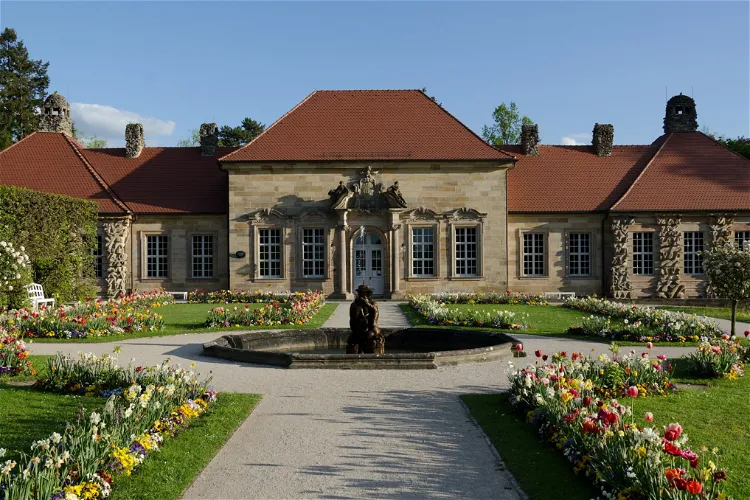
Old palace, Eremitage
BayreuthThe Old Palace, or 'das alte Schloß' as it is known in German, is a historic site located within the Hermitage Park in the city of Bayreuth. This palace is one of two castles within the park and is a significant part of the city's history. It's important to note that this Old Palace should not be confused with another Old Palace located in the city center.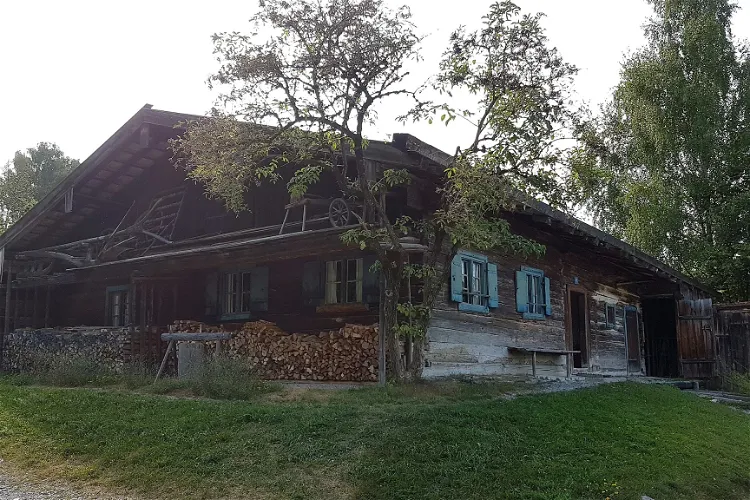
Freilichtmuseum Glentleiten
GroßweilThe Freilichtmuseum Glentleiten is a museum located in Oberbayern, dedicated to showcasing the rural life, living conditions, and economy of past centuries. It provides a unique opportunity for visitors to step back in time and experience the way of life in rural Oberbayern during the past centuries. The museum is a testament to the region's rich history and cultural heritage.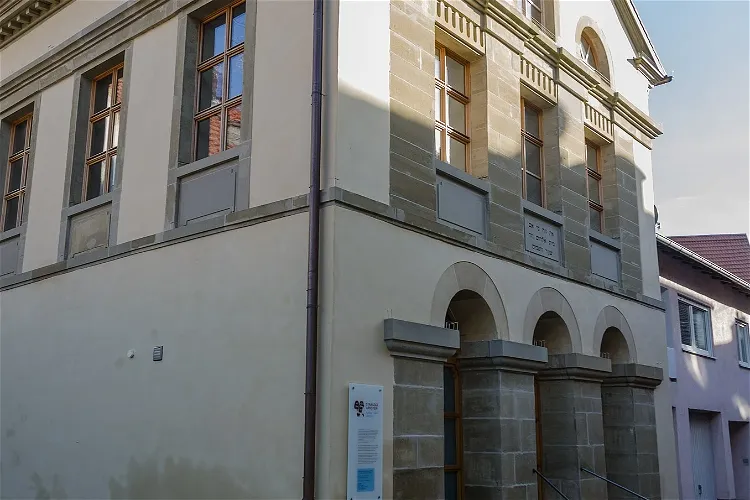
Alte Synagoge Arnstein
ArnsteinThe Alte Synagoge Arnstein, located in the Lower Franconian district of Main-Spessart in Bavaria, is a historical site that dates back to 1819. This former synagogue is a testament to the rich Jewish history of the region and offers a unique glimpse into the past.
Franconian Brewery Museum
BambergThe Franconian Brewery Museum in Bamberg is a unique destination that offers a deep dive into the history and tradition of beer brewing in the region. The museum is located in the former Benedictine monastery brewery on Michelsberg, a site with a rich brewing history dating back to 1122. This historical setting provides an authentic backdrop for the museum's extensive collection of over 1400 exhibits.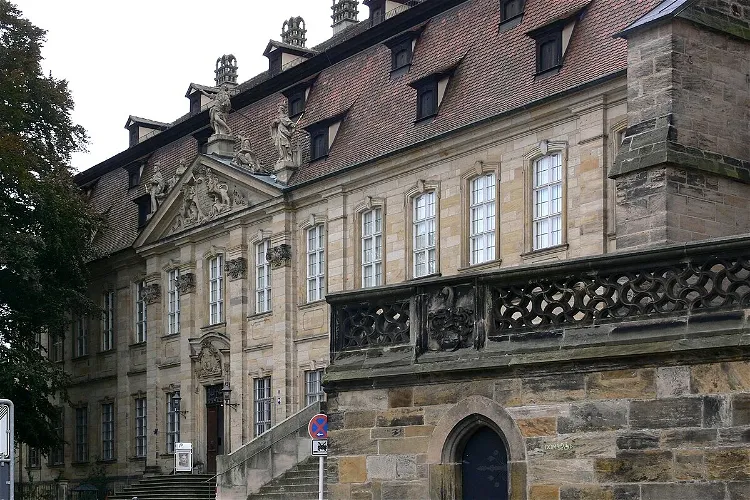
Bamberg Diocesan Museum
BambergThe Bamberg Diocesan Museum, situated in the chapter house adjacent to the cathedral, is home to a vast collection of art treasures. These treasures originate from the old cathedral treasury of Bamberg Cathedral and span the entire archdiocese. The museum offers a unique opportunity to explore the rich history and artistic heritage of the region.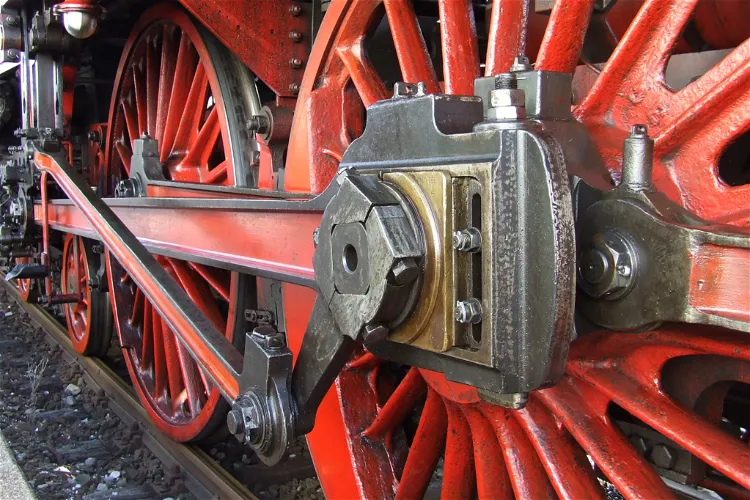
Bavarian Railway Museum
NördlingenThe Bavarian Railway Museum, also known as Bayerisches Eisenbahnmuseum or BEM, is situated in the historic locomotive sheds at Nördlingen station in Bavaria, Germany. This location adds a unique charm to the museum, as it is housed in a place that has been a part of the railway history itself. Visitors can experience the rich history of the railway while exploring the museum's exhibits.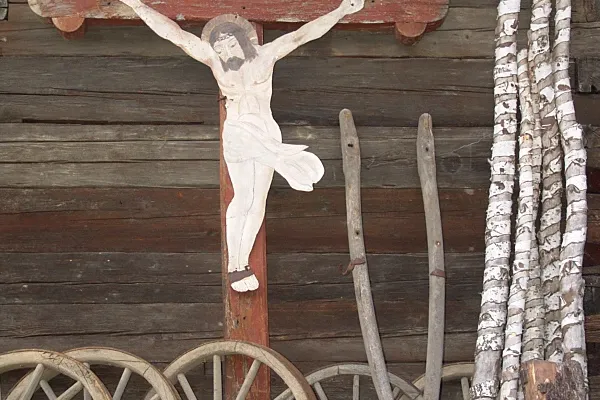
Bavarian Forest Museum Village
HötzendorfThe Bavarian Forest Museum Village, located near Tittling on the southwestern shore of the Dreiburgensee lake in the Bavarian Forest, is an open air museum. This location offers a unique opportunity to explore the rich history and culture of the region in a picturesque setting.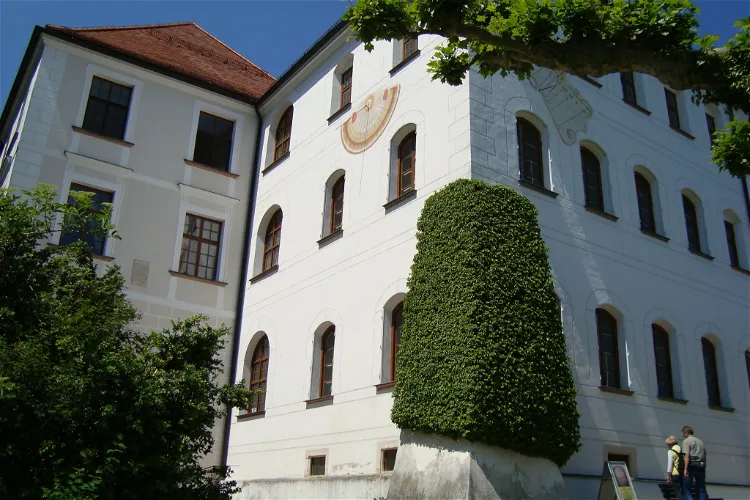
Augustiner Chorherrenstift
Chiemsee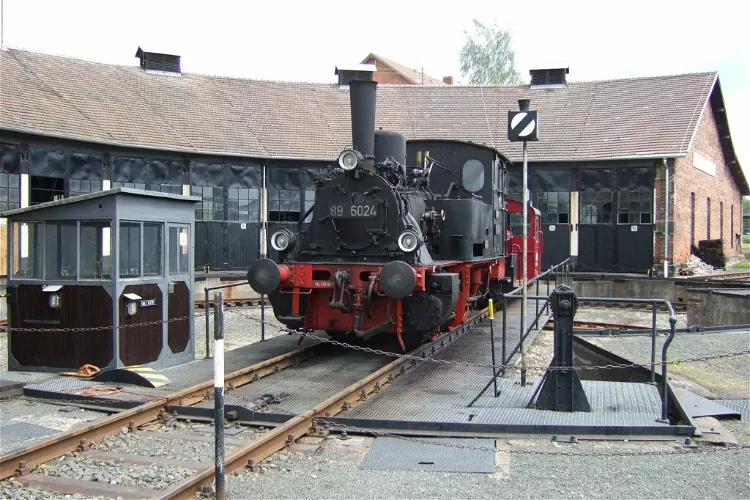
German Steam Locomotive Museum
NeuenmarktThe German Steam Locomotive Museum, also known as Deutsches Dampflokomotiv-Museum (DDM), is situated in a scenic location at the base of the Schiefe Ebene ramp on the Ludwig South-North Railway. This is in the town of Neuenmarkt, which is part of Upper Franconia, a region in northern Bavaria, Germany. The museum's location adds to its charm and makes it an interesting destination for tourists.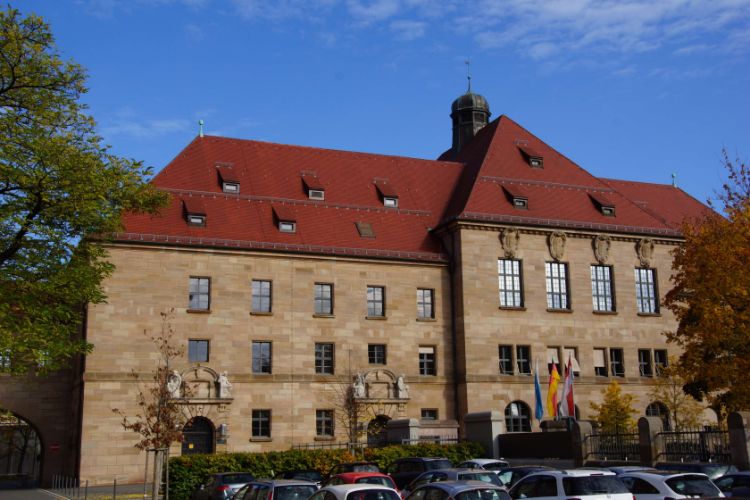
Nuremburg Trial Courthouse
Nuremberg- 70
Schwäbisches Turmuhrenmuseum
MindelheimThe Schwäbisches Turmuhrenmuseum, located in Mindelheim, Germany, is a unique museum dedicated to the history of tower clocks. This small horological museum offers a deep dive into the evolution and intricacies of tower clocks, making it an interesting destination for those fascinated by timekeeping and mechanical devices. 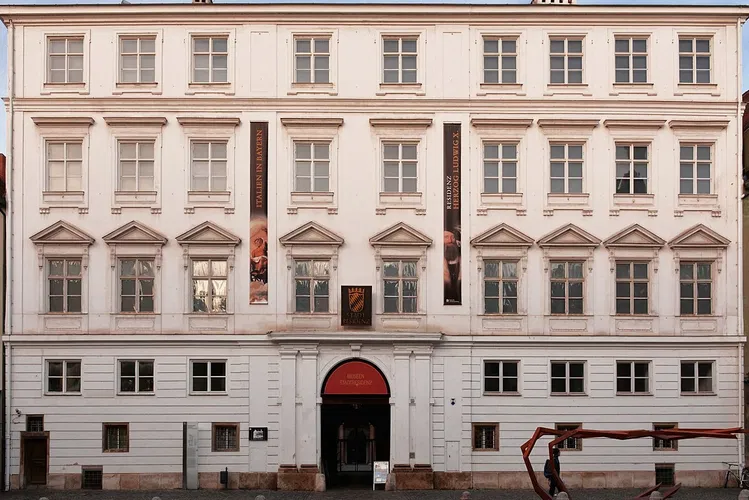
Landshut Residence
LandshutThe Stadtresidenz Landshut is a palace that was constructed in the heart of Landshut's old town under the reign of Duke Ludwig X between the years 1536 and 1543. After its construction, it was used by various nobles for residential purposes. This historical building offers a glimpse into the architectural style and living conditions of the nobility during the Renaissance period.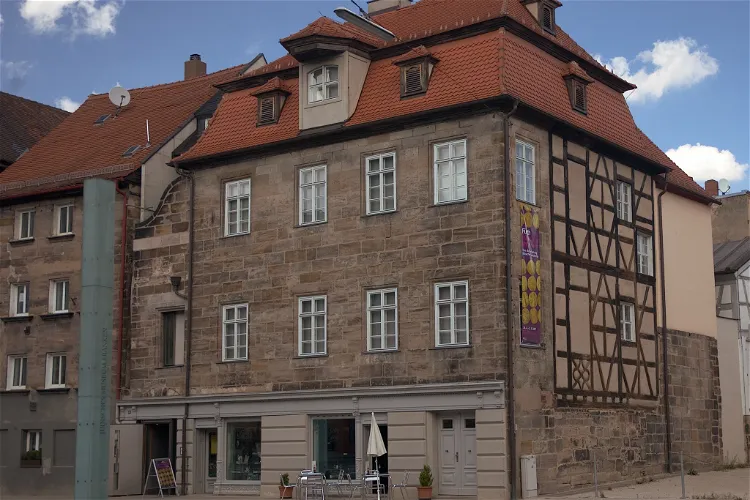
Jewish Museum of Franconia in Fuerth
FürthThe Jewish Museum of Franconia is a unique institution that spans three locations in Fürth, Schnaittach, and Schwabach. Each of these locations is a historical monument, offering visitors a chance to immerse themselves in the rich history of Jewish life in Franconia. The museum showcases the diversity of Franconian Jewish life from its beginnings to the present day.
House of Bavarian History
RegensburgThe Haus der Bayerischen Geschichte, also known as the Museum der Bayerischen Geschichte, is a history museum located in Regensburg, Bavaria. The museum is dedicated to the history of Bavaria, providing a comprehensive overview of the region's past.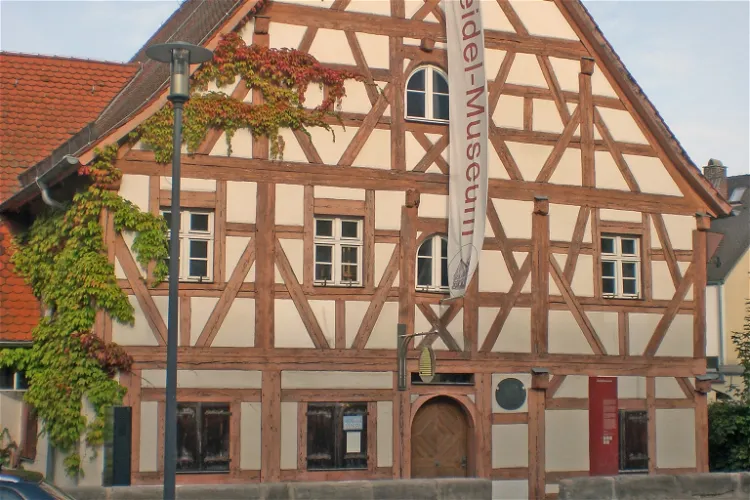
Zeidelmuseum
FeuchtThe Zeidelmuseum, established in 1986, is a beekeeping museum situated in the former Hutzlerhaus in Feucht. This location was chosen due to Feucht's historical significance as a center for beekeeping since the Middle Ages. The museum offers a unique insight into the history and techniques of beekeeping, making it an interesting destination for those interested in history, nature, and beekeeping.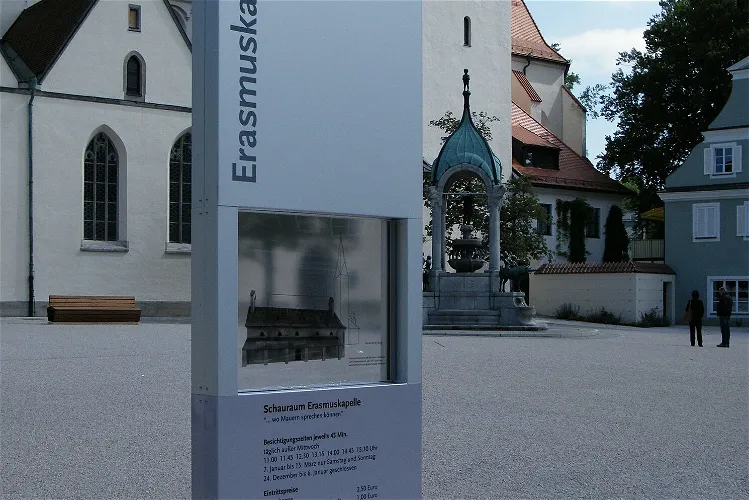
Erasmuskapelle
Kempten (Allgäu)Archaeological investigations conducted between 2003 and 2010 revealed approximately 500 burial sites of a former cemetery. The preserved parts of this archaeological monument were opened to the public in 2010, and it has since been recognized as a tourist attraction.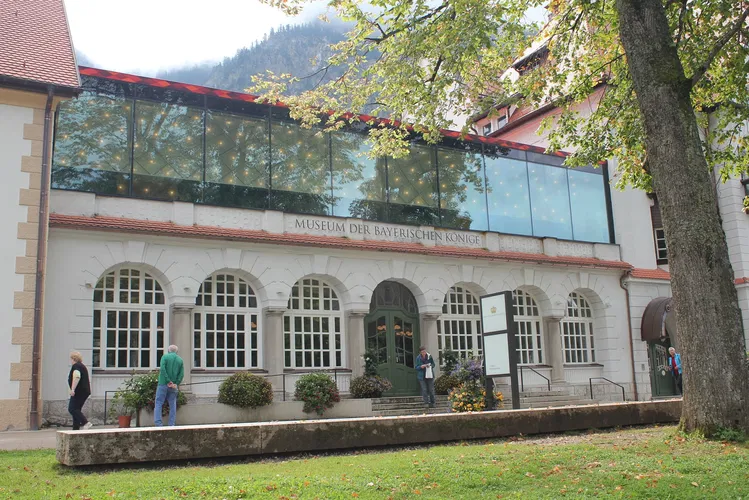
Museum of the Bavarian Kings
SchwangauThe Museum of the Bavarian Kings in Hohenschwangau is a significant destination for those interested in the history of the Wittelsbach royal family. The museum offers a comprehensive overview of the family's history, from its origins to the present day. Visitors can learn about the family's influence on Bavaria and its role in shaping the region's history.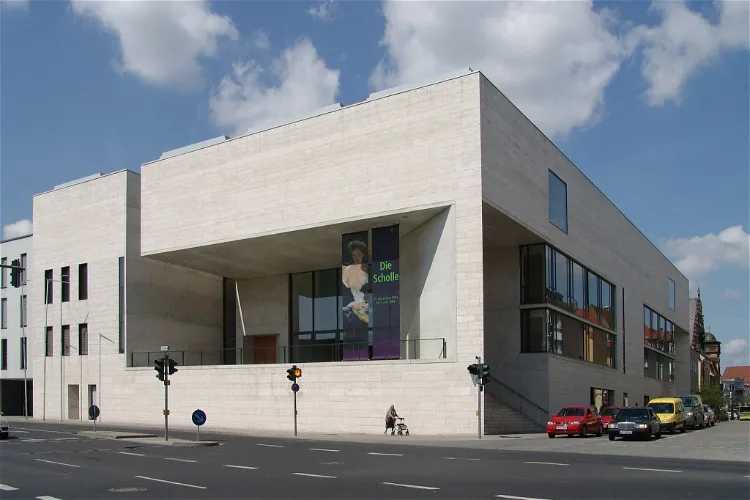
Georg Schaefer Museum
SchweinfurtThe Museum Georg Schäfer, located in Schweinfurt, Bavaria, is a German art museum that primarily focuses on the collection of 19th-century paintings. These artworks are predominantly from artists who hailed from German-speaking countries. This museum provides a unique opportunity for visitors to explore and appreciate the rich artistic heritage of the 19th century from this specific region.
Diözesanmuseum Freising
FreisingThe Diözesanmuseum Freising, also known as DIMU, is a significant cultural institution located on the Domberg in Freising. It is the museum of the Archdiocese of Munich and Freising, making it a central point of interest for those interested in religious history and art.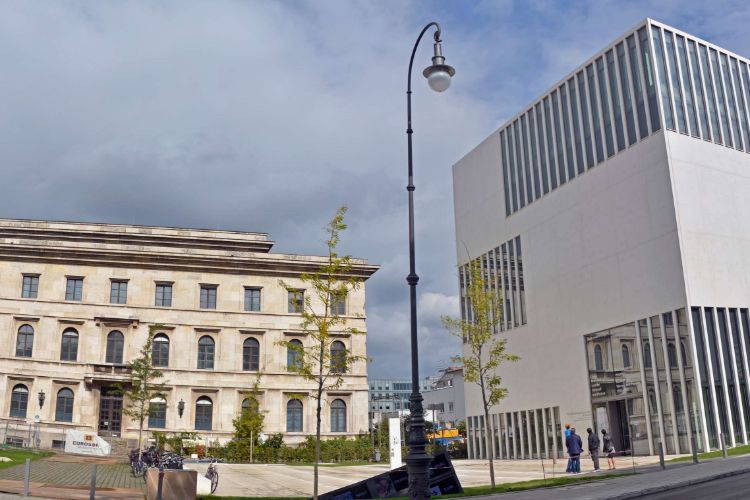
NS-Dokumentationszentrum Munchen
MunichThe NS-Dokumentationszentrum Munchen is a museum in Munich that is dedicated to the history of the city and of Bavaria between the First and Second World Wars, with particular attention to the political and social consequences of Nazism. Opened to the public on 1 May 2015, the museum was built symbo
Augsburg Eiskanal
AugsburgThe Augsburger Eiskanal, located in the Spickel district of Augsburg, is a significant historical site. It was constructed for the canoe slalom competitions of the 1972 Summer Olympics, making it the oldest artificially built canoe slalom course in the world. This unique feature adds to its appeal for tourists interested in sports history or canoeing.
Bezirksmuseum Dachau
DachauThe Bezirksmuseum Dachau is a cultural hub that showcases approximately 2000 objects. These objects provide insights into the cultural history and folklore of the Upper Bavarian city of Dachau and its surrounding areas. Visitors can explore a wide range of themes, from the history of the city and county of Dachau to the local crafts, bourgeois lifestyle, and rural living.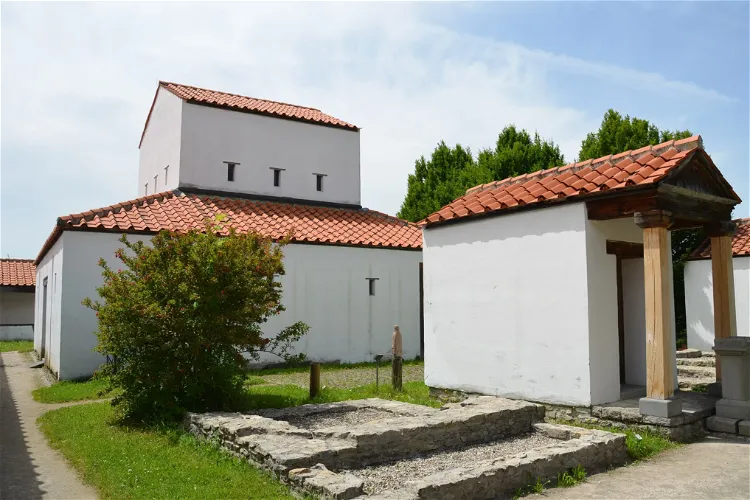
Cambodunum Archaeological Park
Kempten (Allgäu)The Cambodunum Archaeological Park in Kempten (Allgäu) is a significant historical site that offers a unique insight into the Roman-era town of Cambodunum during the time of Emperor Augustus. The park, which is an excavation site and museum, has been open to the public since 1983. It provides a fascinating glimpse into the past, allowing visitors to explore the remnants of a once-thriving Roman settlement.- 83
Rochlhaus
Thaining 
Mercateum
KönigsbrunnThe Mercateum, located in Königsbrunn in the Augsburg district, is the world's largest globe based on historical cartography. This unique monument is a testament to the historical trade relations between Swabia, Franconia, and India. It was officially opened to the public on May 30, 2008, and has since been a significant attraction for those interested in history and cartography.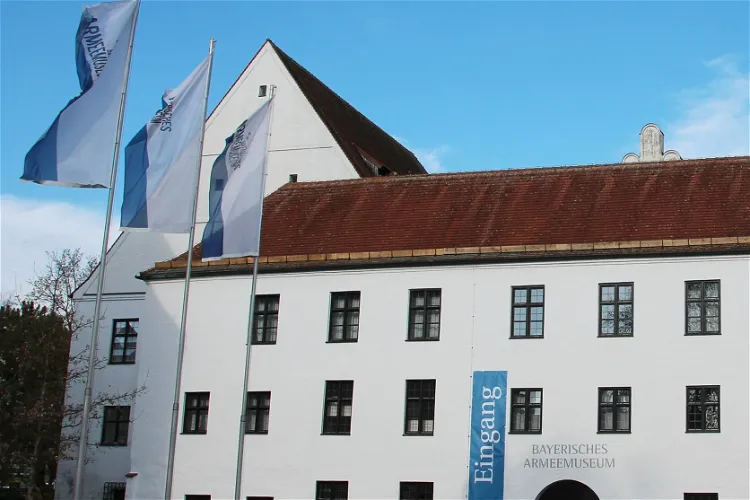
Bayerisches Armeemuseum
IngolstadtThe Bayerische Armeemuseum, located in Ingolstadt, is the military history museum of the Free State of Bavaria. It was founded in 1879 in Munich, at a time when Bavaria, which had joined the German Empire in 1871, still retained significant reserve rights, including its own army under the command of its monarch. The museum has been located in Ingolstadt since 1972, and its main collection is housed in the Neues Schloss.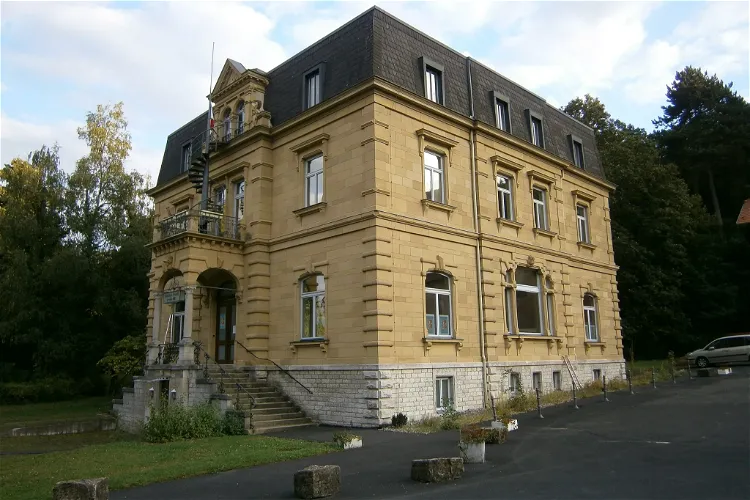
Siebold-Museum
WürzburgThe Siebold Museum in Würzburg is a tribute to the life and work of Philipp Franz von Siebold, a renowned doctor, Japan and natural scientist, ethnologist, botanist, and collector. The museum offers a deep dive into Siebold's contributions and his significant role in the fields of science and ethnology.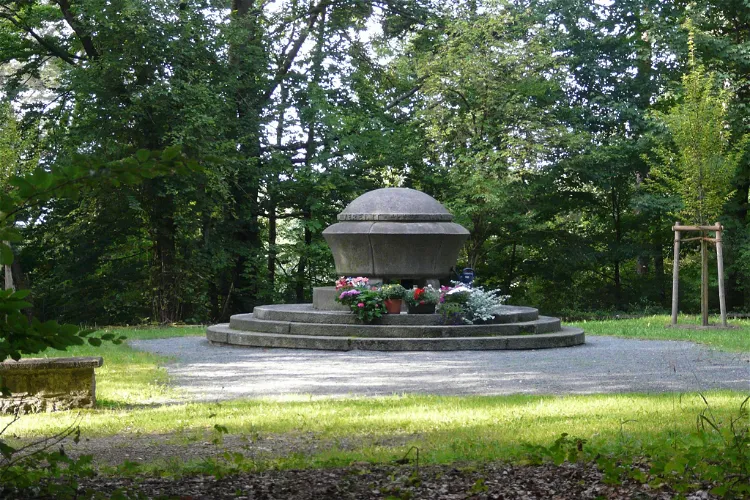
Dokumentationsort KZ Hersbruck
HersbruckThe Hersbruck concentration camp, located in the city of the same name, was a sub-camp of the larger Flossenbürg camp. It was operational from July 1944 to March 1945, serving as a grim reminder of the atrocities committed during the Nazi regime.- 88
Museum Karlstadt
Karlstadt - 89
Museum Franz Xaver Stahl
Erding 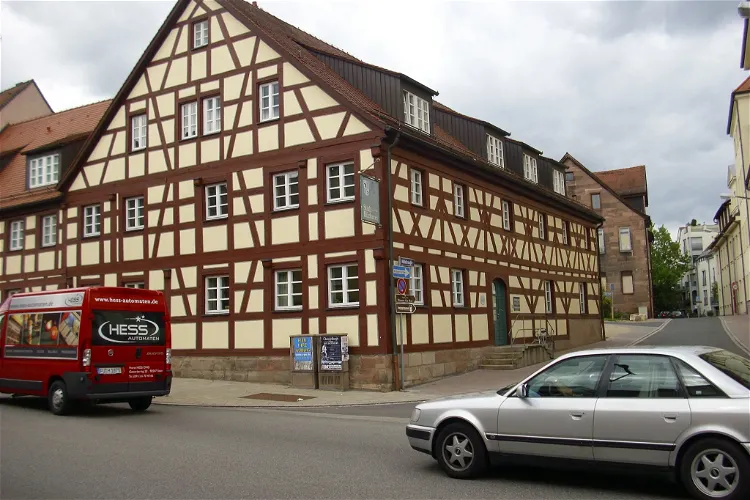
Heimatmuseum Stein-Mittelfranken
SteinThe Heimatmuseum Stein is a museum situated in the city of Stein, within the district of Fürth. This location is a significant part of the museum's identity, as it is deeply rooted in the history and culture of the region.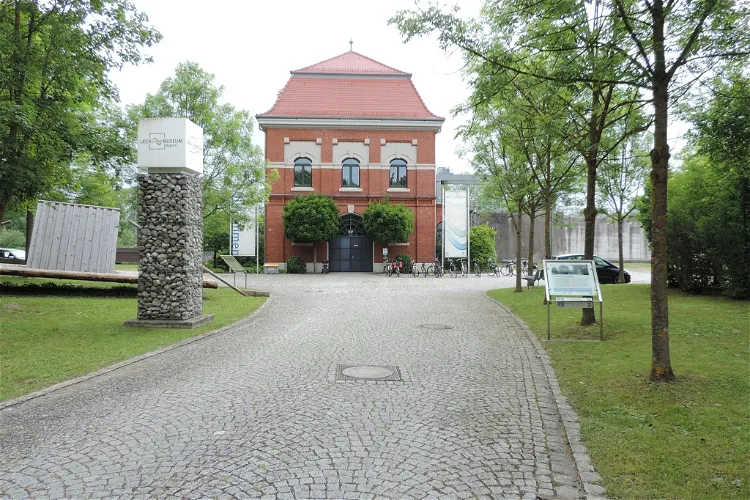
Lechmuseum Bayern
Langweid am LechThe Lechmuseum Bayern is situated in and around the Langweid run-of-river power station on the Lech Canal in the municipality of Langweid am Lech. This location provides a unique setting for the museum, allowing visitors to explore the power station and its surroundings while learning about the history and significance of the Lech River.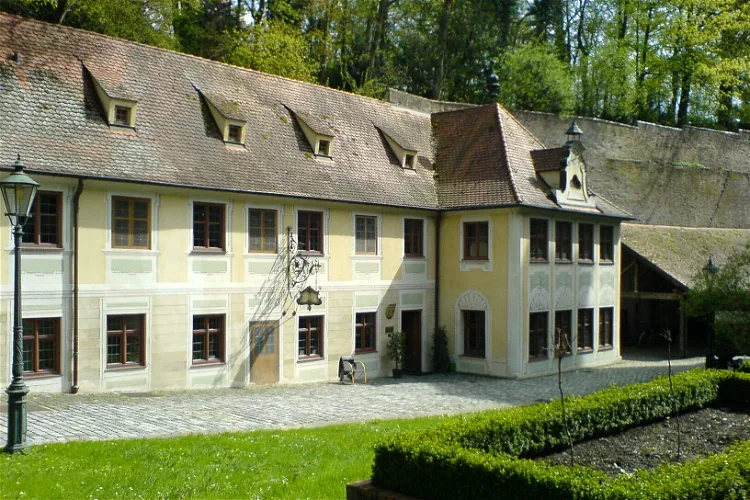
Swabian Crafts Museum
AugsburgThe Swabian Crafts Museum in Augsburg is a unique institution that offers a glimpse into the past. Operated by the Chamber of Crafts for Swabia, the museum showcases meticulously recreated workshops of old craft professions. Visitors can explore the intricacies of these professions and gain a deeper understanding of the region's rich craft history.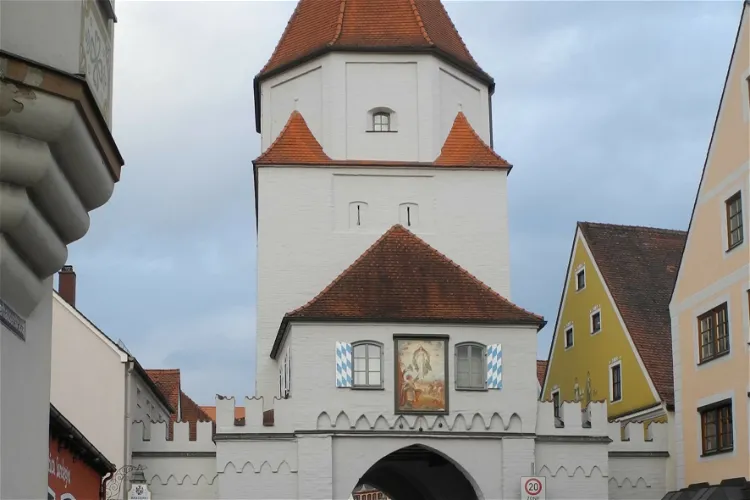
Wittelsbacher Museum
AichachThe Wittelsbacher Museum, previously known as the Wittelsbachermuseum Aichach, is an archaeological museum situated in the Swabian town of Aichach on the Paar in the district of Aichach-Friedberg. This museum is a significant destination for those interested in archaeology and the history of the region.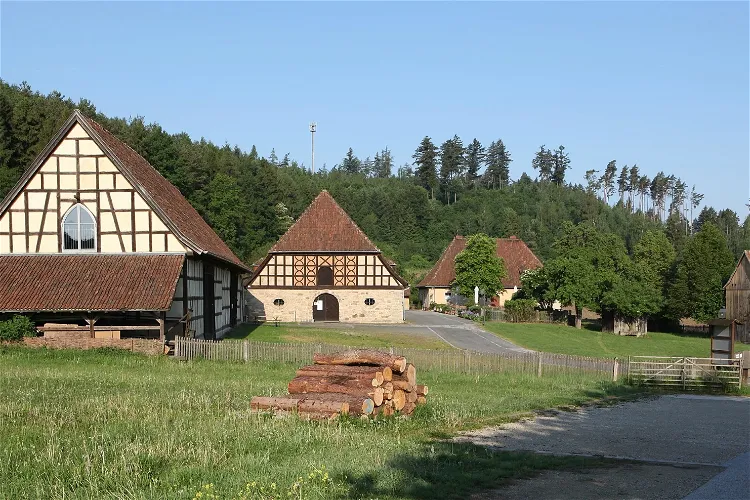
Alte Schäferei - Gerätemuseum des Coburger Landes
Ahorn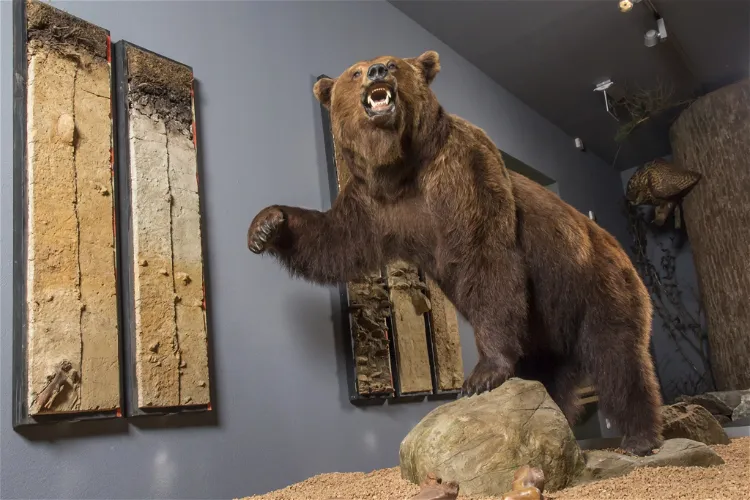
Zwiesel Forest Museum
ZwieselThe Zwiesel Forest Museum, located at Kirchplatz 3 in Zwiesel, is a cultural and natural history museum. It is situated in the Lower Bavarian district of Regen, offering visitors a unique insight into the region's rich cultural and natural history.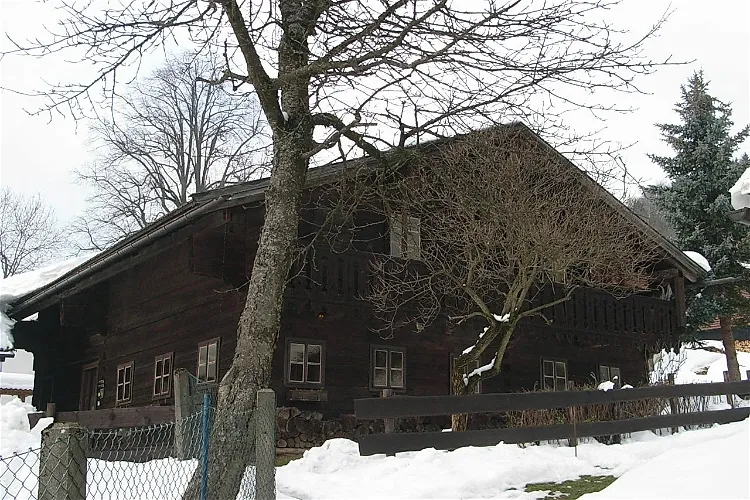
Bauernhausmuseum Lindberg
LehenThe Bauernhausmuseum, also known as the Farmhouse Museum, is an open-air museum situated in the quaint village of Lindberg, Germany. This unique museum offers a glimpse into the past, showcasing the traditional Bavarian way of life. It's a great place for tourists who are interested in history and culture.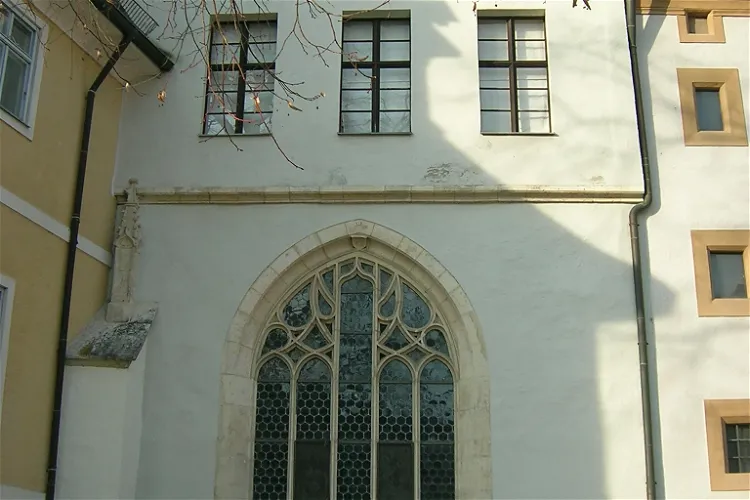
Domschatz- und Diözesanmuseum Eichstätt
EichstättThe Domschatz- und Diözesanmuseum Eichstätt, located in Eichstätt, is the diocesan museum of the Diocese of Eichstätt in Bavaria. This museum is a significant cultural institution in the region, showcasing the rich history and heritage of the diocese.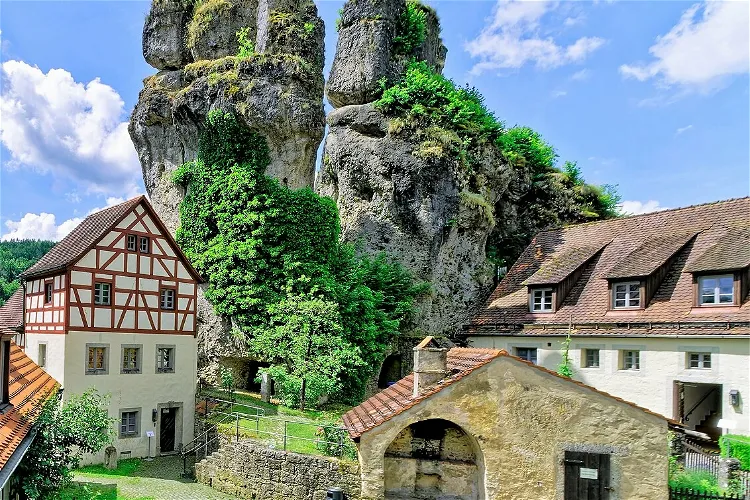
Fränkische-Schweiz-Museum
PottensteinThe Fränkische Schweiz-Museum (FSMT) in Tüchersfeld is a regional museum that offers a comprehensive overview of the Franconian Switzerland. The museum is spread over 43 rooms and covers approximately 800 m² of exhibition space. It provides a deep insight into the region's history, culture, and natural beauty.
Kelten- & Römermuseum Manching
ManchingThe Kelten-Römer-Museum, located in Manching, approximately ten kilometers southeast of Ingolstadt, is a branch of the Archaeological State Collection Munich. The museum was inaugurated on June 2, 2006, and offers a unique insight into the history and culture of the Celts and Romans.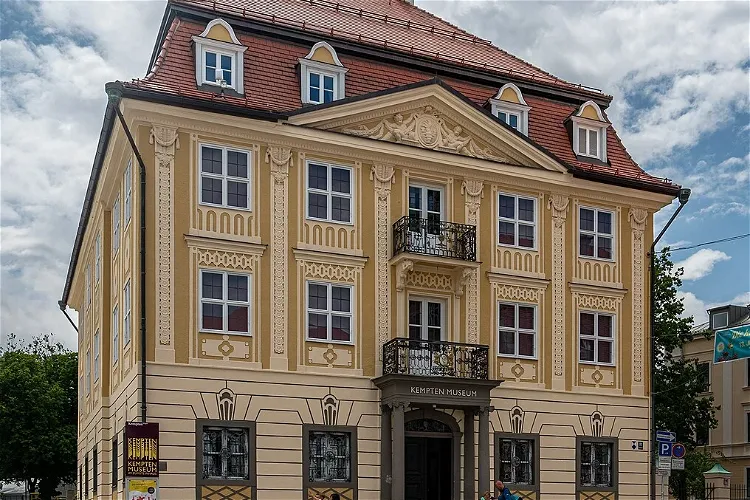
Kempten Museum in the Zumsteinhaus
Kempten (Allgäu)The Zumsteinhaus, located at Residenzplatz 31 in Kempten (Allgäu), is a monument protected by law. It was constructed in 1802 for the Zumstein de la Pierre family, who were merchants from Savoy. The building underwent restoration in 1959.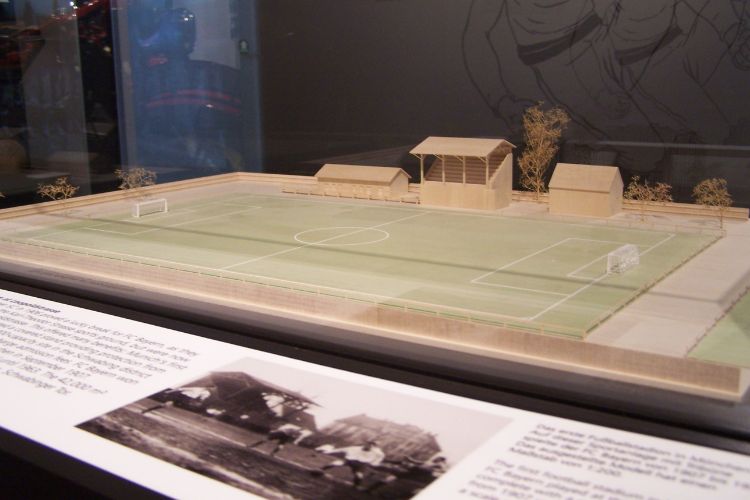
FC Bayern Erlebniswelt
MunichThe FC Bayern Erlebniswelt is Germany's biggest club museum that takes visitors on a journey from the foundation in 1900 to the present day, immersing visitors in the story of Germany’s most successful club. Numerous trophies, exhibits, and innovative media technology come together at the FC Bayern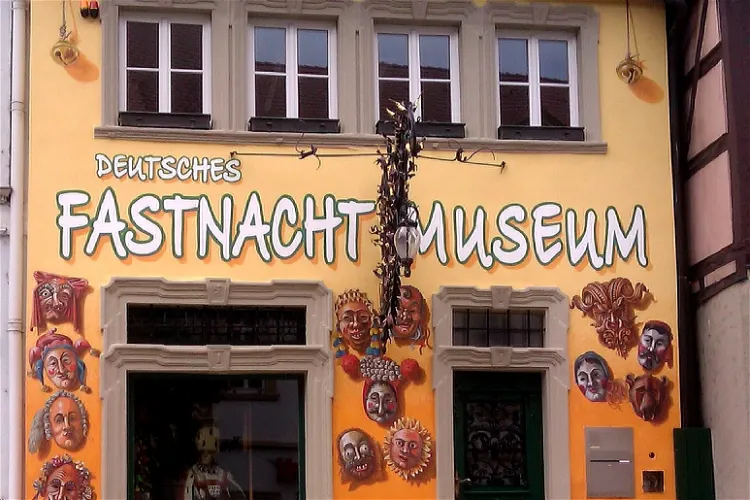
Deutsches FastnachtMuseum
KitzingenThe Deutsches FastnachtMuseum in Kitzingen is the official museum of the Bundes Deutscher Karneval, which is the umbrella organization of over 5,200 carnival associations, carnival guilds, carnival societies, and fools' guilds. This makes it a significant institution in the world of German carnival culture, offering a comprehensive insight into the traditions and history of the carnival in Germany.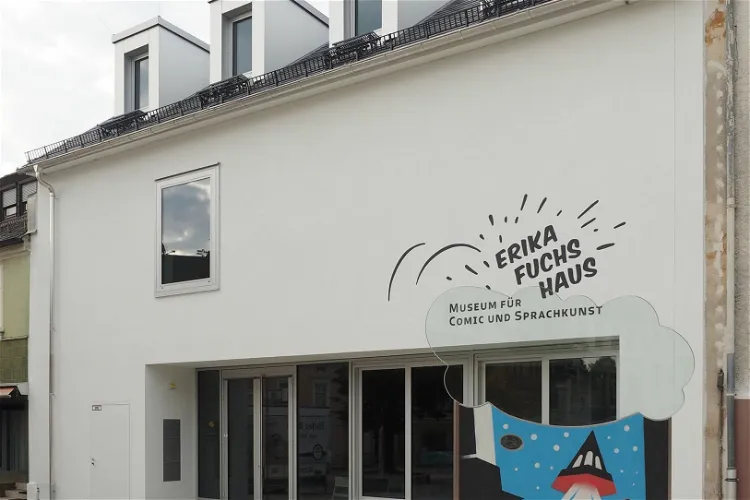
Erika Fuchs Haus – Museum für Comic & Sprachkunst
Schwarzenbach a.d.SaaleThe Erika Fuchs House – Museum for Comic and Language Art in Schwarzenbach an der Saale is a tribute to the work of Erika Fuchs. She was the translator and editor-in-chief of the Mickey Mouse magazine and others from 1951 to 1988. Erika Fuchs lived in Schwarzenbach for 52 years, and her influence on the world of comics and language art is celebrated in this museum.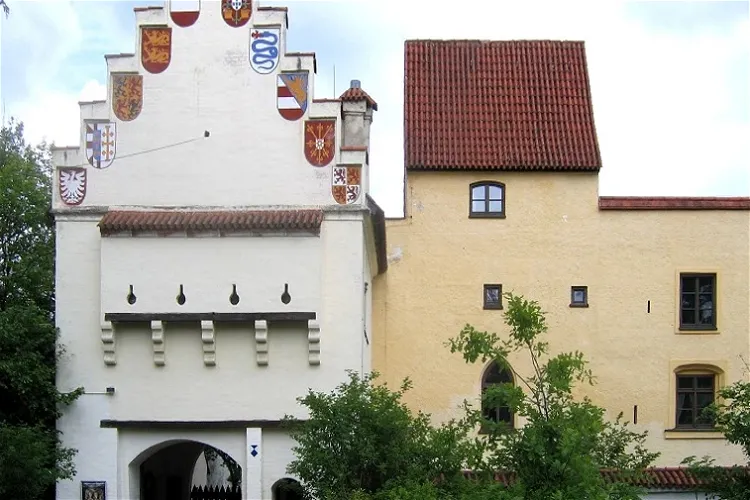
Burgmuseum Grünwald
GrünwaldThe Burgmuseum Grünwald provides detailed information about the history of Grünwald Castle, as well as the broader history of castles in Bavaria. This allows visitors to gain a comprehensive understanding of the region's past, from the specific context of Grünwald Castle to the wider historical landscape of Bavarian castles.
Knauf-Museum
IphofenThe Knauf Museum Iphofen is a private institution situated in the Franconian city of Iphofen. It was established by the Knauf Gypsum KG, a renowned company in the gypsum industry. The museum is housed in a grand Baroque building in the city's market square, providing a unique cultural experience for visitors.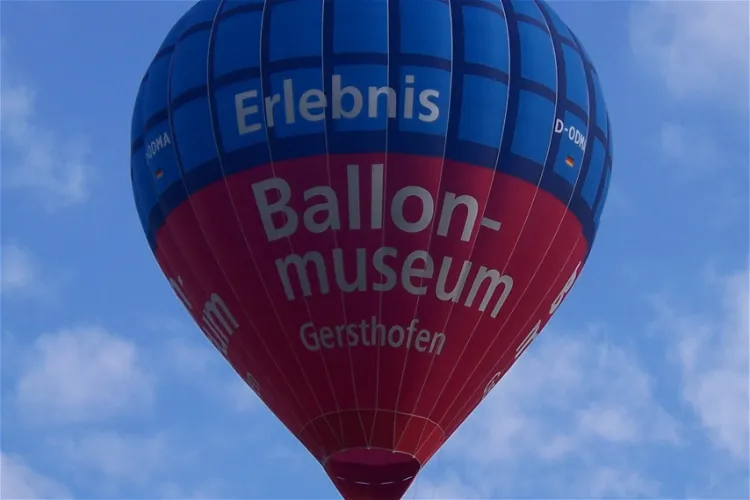
Ballonmuseum Gersthofen
GersthofenThe Ballonmuseum Gersthofen, located in Gersthofen near Augsburg, holds the distinction of being the oldest balloon museum in the world. It is also recognized as one of the major German technology museums that is under purely municipal ownership. This unique combination of history and technology makes it a fascinating destination for visitors interested in the evolution of balloon technology and its impact on the world.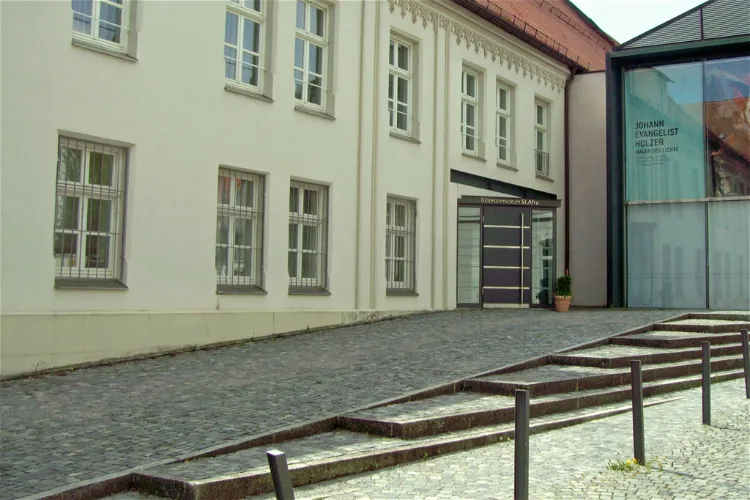
St. Afra Diocesan Museum
AugsburgThe St. Afra Diocesan Museum is the central museum of the Augsburg Diocese. It is conveniently located in the Augsburg Cathedral quarter, directly behind the cathedral. This strategic location makes it easily accessible for tourists visiting the cathedral and looking to explore the rich history and art of the diocese.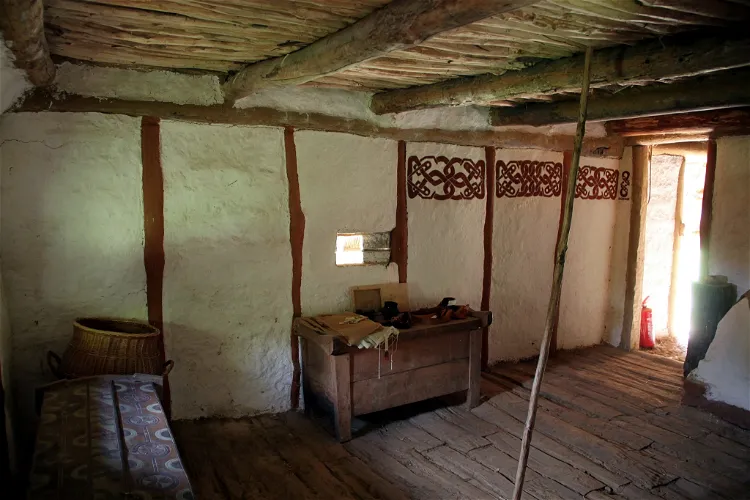
Bajuwarenhof Kirchheim - Freilichtmuseum bei München
HeimstettenThe Bajuwarenhof Kirchheim is an archaeological open-air museum situated in the municipality of Kirchheim near Munich. This museum offers a unique opportunity to explore the rural life and work environment of the 6th and 7th centuries AD. It was established in the winter of 2003 and was Kirchheim's official contribution to the 2005 Federal Horticultural Show.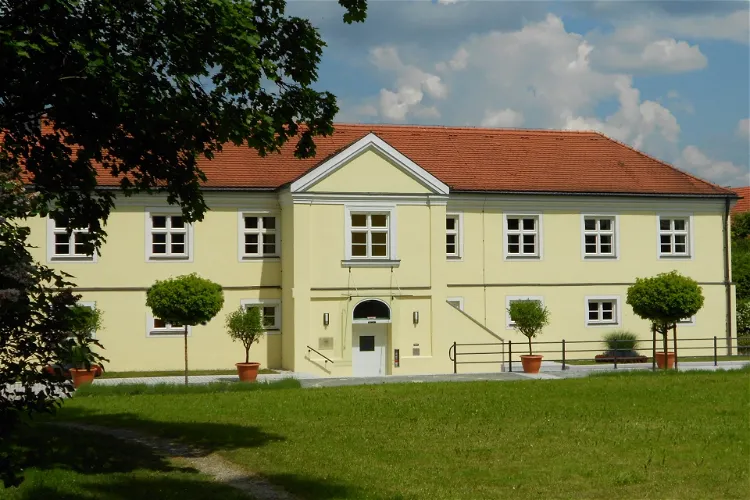
Ismaning Palace
IsmaningThe Ismaning Palace Museum is situated in the gardener's house of the palace in Ismaning, a district of Munich. It showcases a variety of objects, documents, and photographs that provide insight into the cultural history of the area and the palace complex. This museum offers a unique opportunity to delve into the rich history and culture of Ismaning and its palace.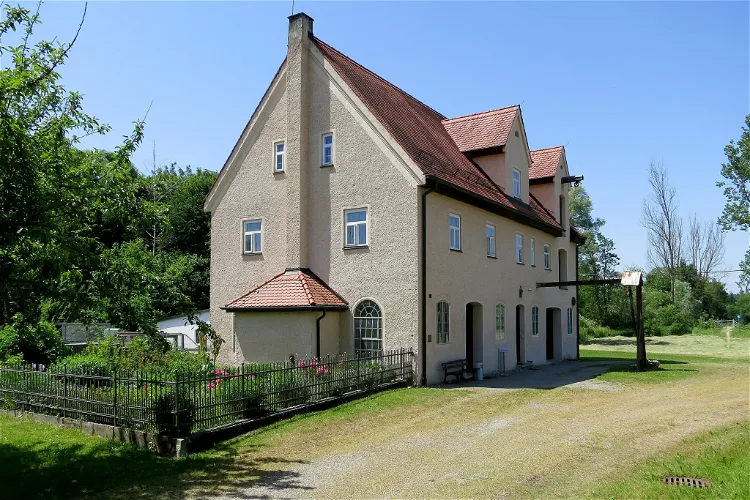
Museum Hammerschmiede und Stockerhof
Neuburg an der KammelThe Hammerschmiede Naichen, located in Naichen, a district of Neuburg an der Kammel in the Günzburg district in Bavaria, is a technical historical monument. Since 1990, it has been open to the public as a museum, offering visitors a glimpse into the past and the opportunity to learn about the history and technology of the time.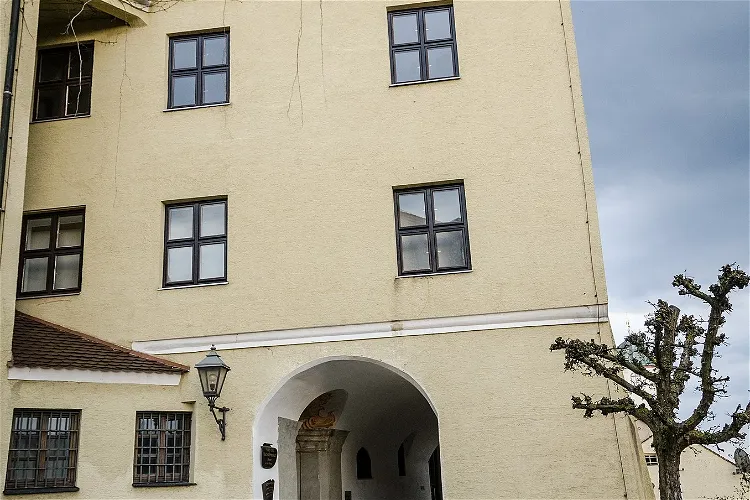
Stadt- und Hochstiftmuseum
Dillingen a.d.DonauThe Stadt- und Hochstiftmuseum, located in Dillingen an der Donau in Bavaria, is a museum that focuses on archaeology, cultural history, and city history. It provides a comprehensive overview of the region's past, making it a valuable destination for those interested in learning more about the area's rich history.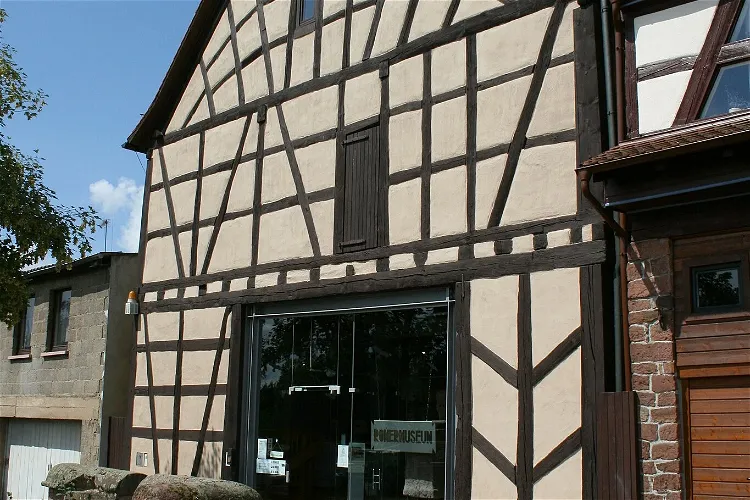
Römermuseum Obernburg
Obernburg am MainThe Römermuseum Obernburg, situated in the city of Obernburg am Main, is a museum that primarily showcases Roman artifacts. These artifacts are mainly from the Obernburg fort and its associated settlement. This gives visitors a unique opportunity to delve into the rich history of the Roman era in this region.- 113
Old Rothenburg Craftsmen House
Rothenburg ob der Tauber 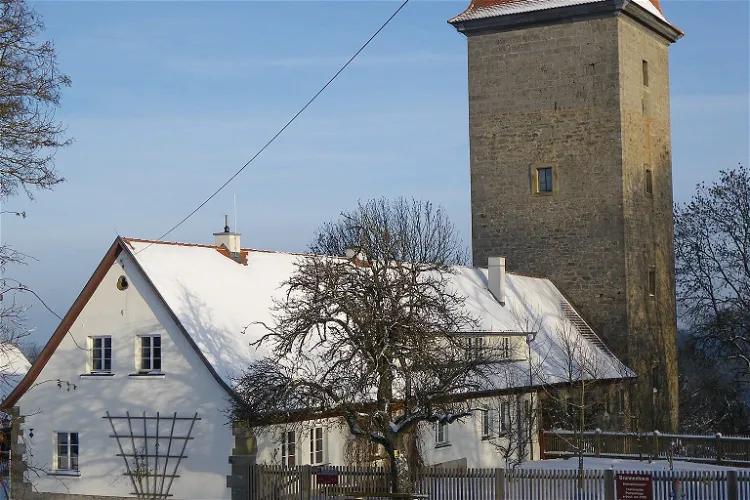
Brunnenhausmuseum
SchillingsfürstThe Brunnenhausmuseum in Schillingsfürst is a technical local history museum that houses a unique and functional ox-tread system. This system is considered one-of-a-kind in the German-speaking region due to its technology and state of preservation. Visitors to the museum can witness this remarkable piece of engineering firsthand, offering a glimpse into the past and the innovative solutions of the time.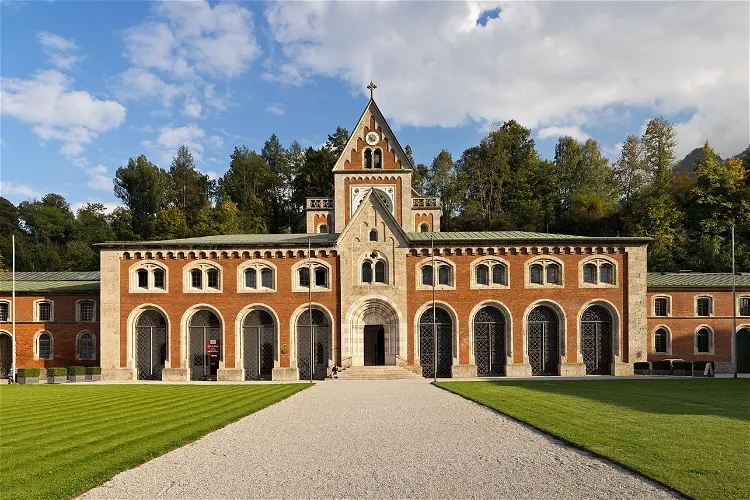
Old salt works Bad Reichenhall
Bad ReichenhallThe Old Salt Works, also known as Alte Saline, is a significant historical site in Bad Reichenhall. It was built according to the designs of Joseph Daniel Ohlmüller and Friedrich von Schenk. This former saltworks was operational from 1844 to 1929, producing Reichenhaller salt from brine. Today, it stands as an industrial monument, offering a glimpse into the city's rich salt production history.
Bauernhofmuseum Jexhof
SchöngeisingThe Bauernhofmuseum Jexhof is a farm museum situated in the southern part of the Fürstenfeldbruck District, in Bavaria, Germany. It is approximately 700 meters southeast of the district road FFB 7, which runs from Schöngeising to Mauern. This location makes it easily accessible for tourists visiting the area.
Historical Museum Bamberg
BambergThe Historical Museum Bamberg is situated in the Renaissance buildings of the Old Court, which is in close proximity to the Kaiserdom. This location adds to the historical charm of the museum and provides a unique setting for the exhibits. Visitors can enjoy the architectural beauty of the Renaissance buildings while exploring the museum's collections.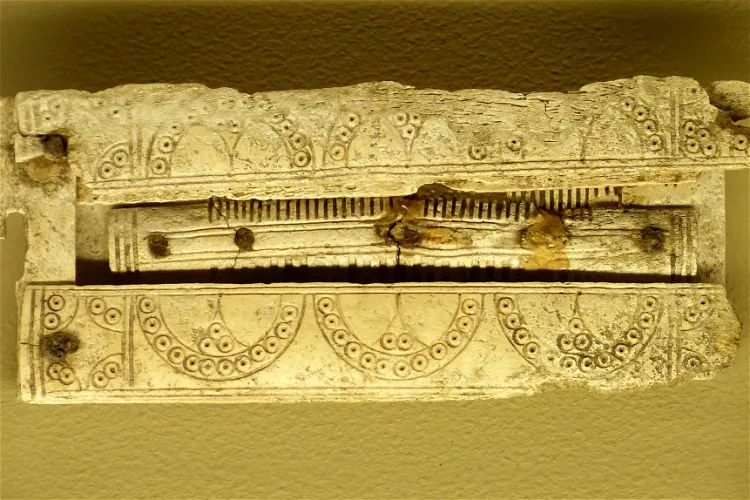
Archaeological Museum Kelheim
KelheimThe Archaeological Museum of the city of Kelheim is a dedicated institution that focuses on the archaeology and history of the Lower Bavarian city of Kelheim. It provides a comprehensive overview of the region's past, making it an ideal destination for those interested in history and archaeology.
Buchheim Museum of Imagination
Bernried am Starnberger SeeThe Buchheim Museum, also known as the Museum of Imagination, is a unique cultural institution located in Bernried am Starnberger See. The museum was officially opened to the public on May 23, 2001. It was founded by Lothar-Günther Buchheim, a renowned German author and painter.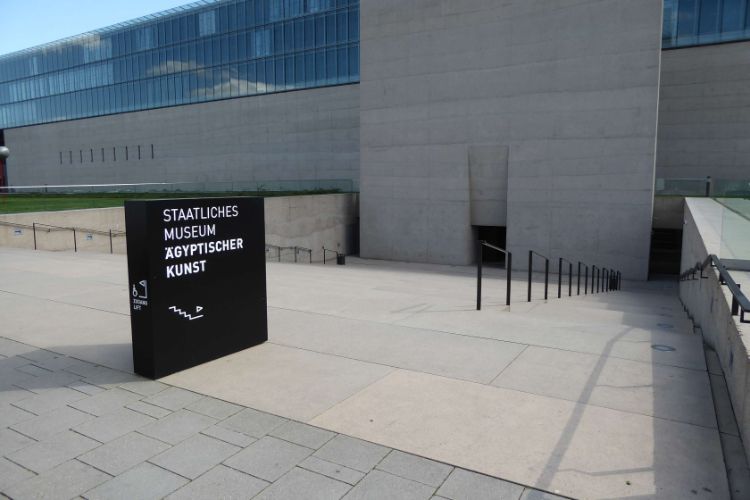
State Collection of Egyptian Art
MunichThe State Collection of Egyptian Art in Munich (Staatliche Sammlung für Ägyptische Kunst) is an archaeological museum in Munich that holds and exhibits the state collection of Ancient Egypt art with exhibitions both on the predynastic as well as the dynastic periods. The State Collection of Egyptian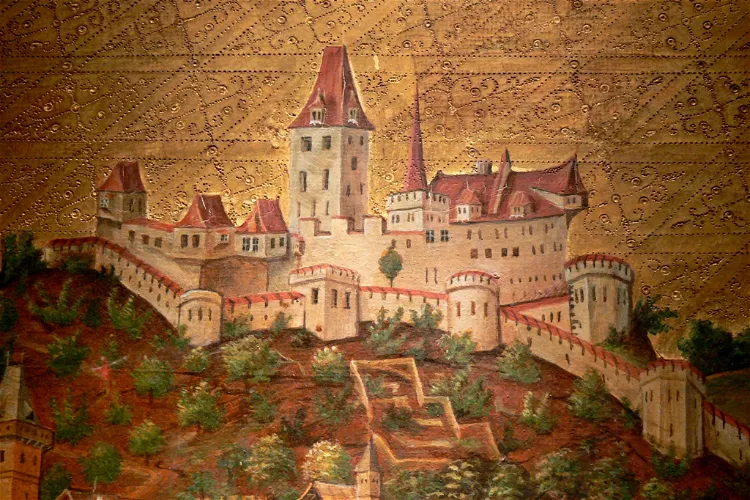
Oberhausmuseum
PassauThe Oberhausmuseum is situated in the Veste Oberhaus, one of the largest preserved castle complexes in Europe, located in the city of Passau. This unique location adds to the historical significance and charm of the museum, making it a fascinating destination for tourists interested in history and architecture.
Fuggereimuseum
AugsburgThe Fuggereimuseum houses a permanent exhibition that showcases the history of the Fuggerei. Additionally, it features a historical museum apartment that provides a glimpse into life in the Fuggerei during the early 19th century. There is also a modern show apartment that offers a look at contemporary living in the Fuggerei.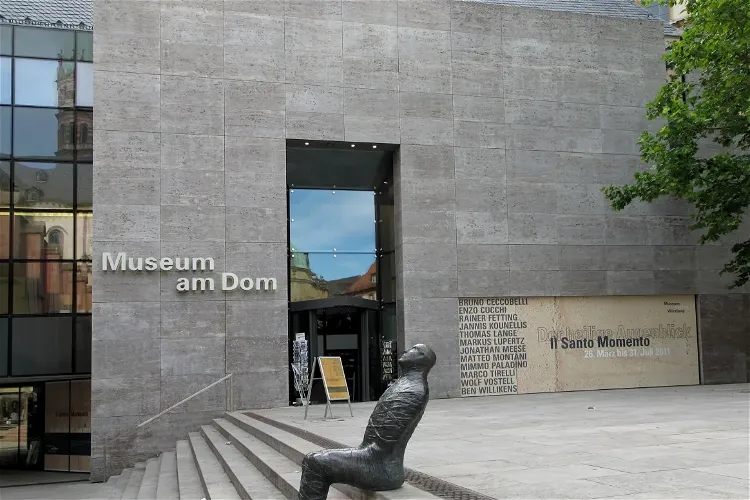
Museum am Dom
WürzburgThe Würzburg Cathedral Museum, also known as Museum am Dom, is an art museum that is owned by the Diocese of Würzburg. It is a significant cultural institution in the city, showcasing a wide range of art pieces that reflect the rich history and religious heritage of the region.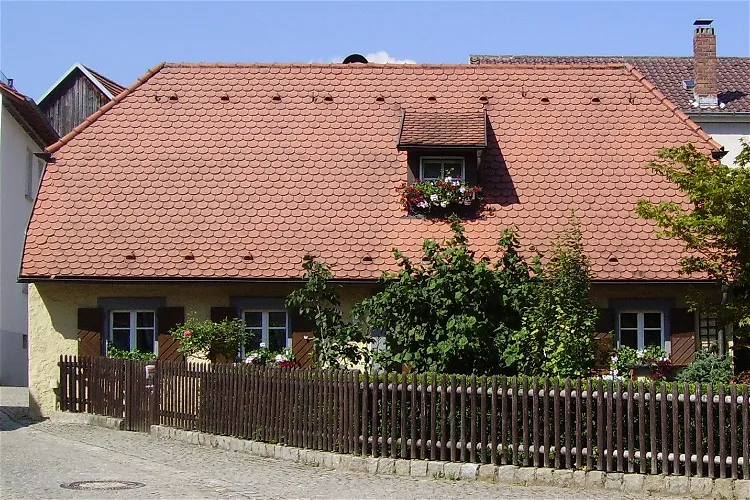
Museum Tropfhaus Sassanfahrt
HirschaidHistorically, Tropfhaus houses were small, with no more than 30 m² of living space. These houses were primarily occupied by day laborers, small craftsmen, and home workers. Despite the limited space, these workers often lived in these houses with their large families. The land on which a Tropfhaus was built was too small for self-sufficient agriculture.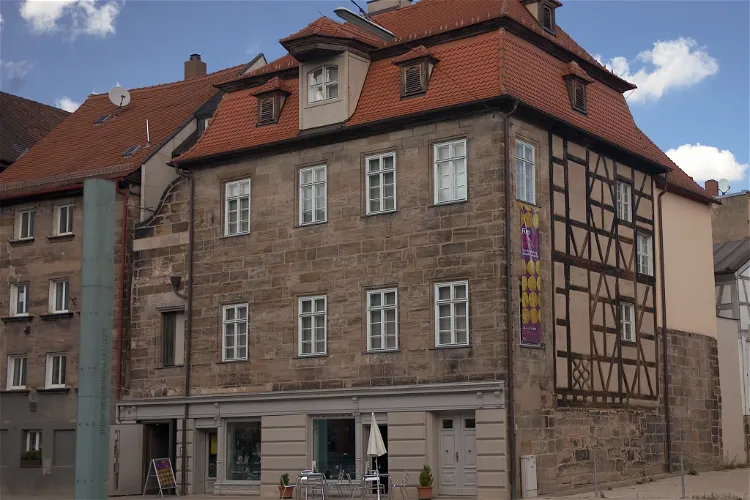
Jewish Museum Franken
SchnaittachThe Jewish Museum Franken is a unique institution that spans three locations in Fürth, Schnaittach, and Schwabach. Each of these locations is a historical monument, offering visitors a chance to explore the rich history of Jewish life in Franconia. The museum showcases the diversity of Franconian Jewish life from its beginnings to the present day.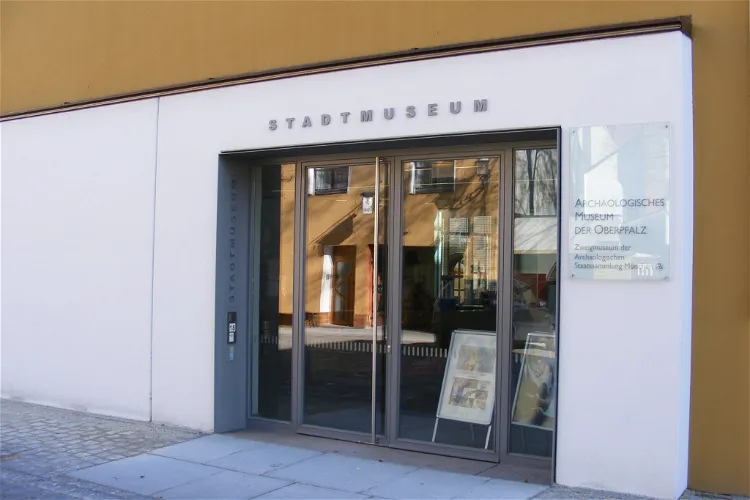
Stadtmuseum Amberg
AmbergThe Stadtmuseum Amberg, the city museum of Amberg, is located in the 'Baustadel', a warehouse dating back to the 15th/16th century. Since 1989, this historic building has been home to the museum, providing a unique setting for the exploration of the city's history and culture.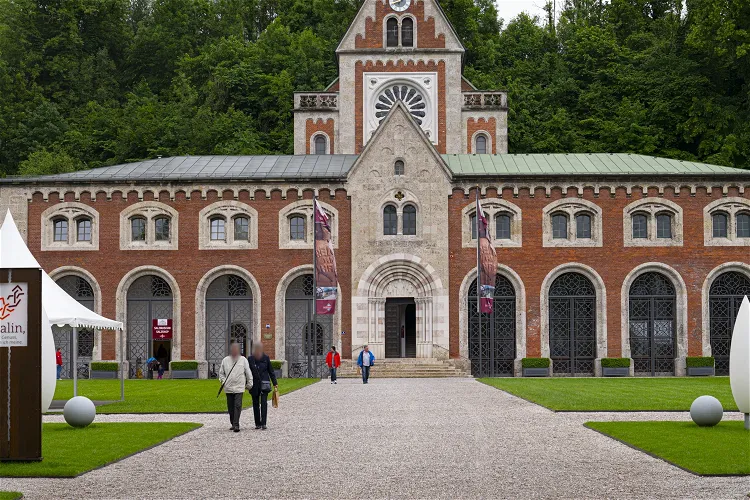
Alte Saline
Bad ReichenhallThe Alte Saline, located in Bad Reichenhall, is a former saltworks that was built according to the designs of Joseph Daniel Ohlmüller and Friedrich von Schenk. This historical industrial monument, which produced Reichenhaller salt from brine from 1844 to 1929, is a testament to the city's rich salt production history.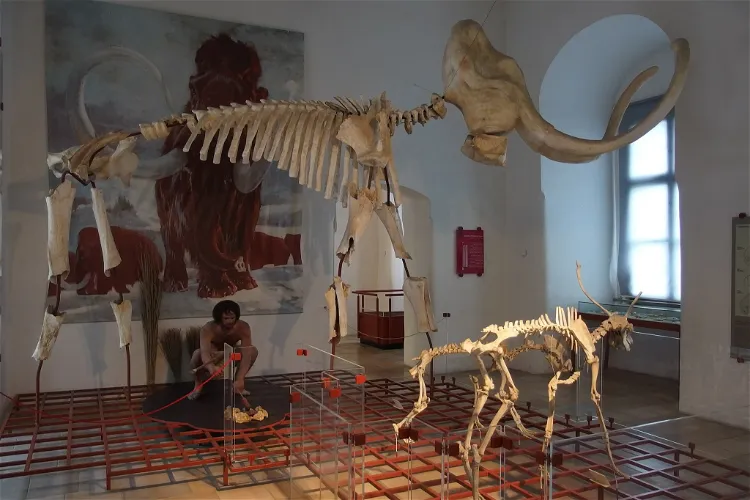
Museum für Ur- und Frühgeschichte
EichstättThe Museum für Ur- und Frühgeschichte is an archaeological museum situated in the Willibaldsburg in Eichstätt, Upper Bavaria. This museum is a significant destination for those interested in archaeology and history, offering a comprehensive view of the region's development from the Stone Age to the Early Middle Ages.
Weißenstein Castle
RegenWeißenstein Castle, also known as Burgruine Weißenstein in German, is a historical site located in the municipality of Weißenstein, in the borough of Regen, Bavaria. The castle is situated on a quartz ridge known as the Pfahl, at an elevation of 758 metres. Although it is now in ruins, the castle's rich history and unique location make it a fascinating destination for visitors.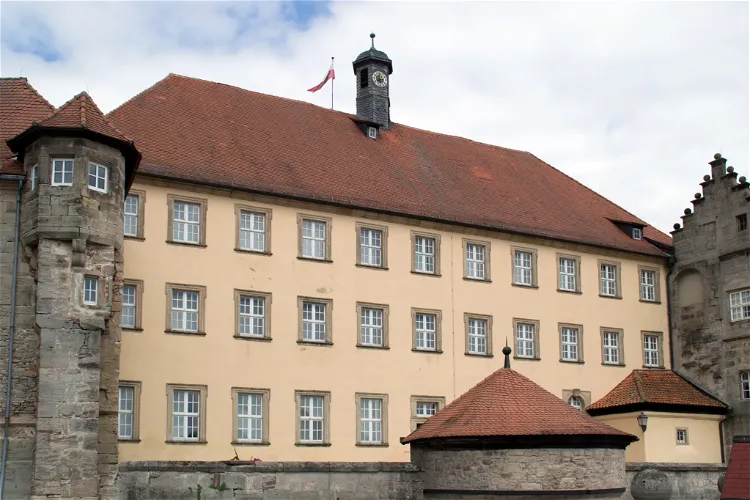
Fränkische Galerie
KronachThe Fränkische Galerie, located in the Upper Franconian city of Kronach, is a branch museum of the Bavarian National Museum in Munich. This connection to the Bavarian National Museum ensures a high standard of exhibits and a strong historical significance.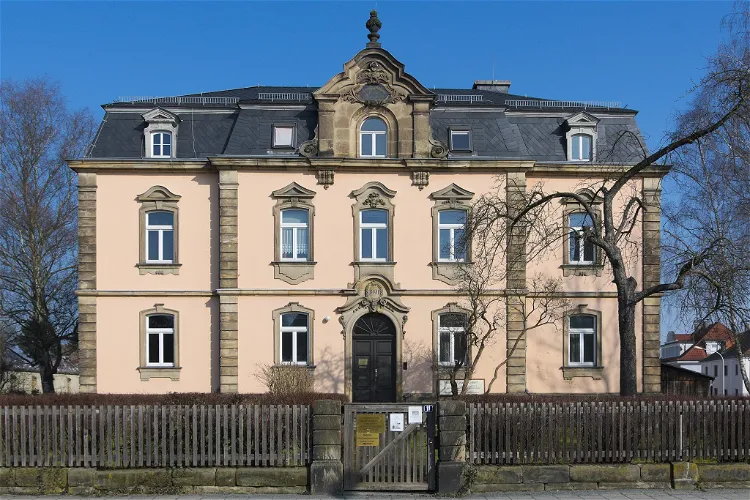
German Typewriter Museum Bayreuth
BayreuthThe German Typewriter Museum, until August 2022, was situated in the district of Sankt Georgen in Bayreuth. The exhibits have since been temporarily stored at a confidential location, awaiting their relocation to a new venue on the premises of the Thiergarten hunting lodge.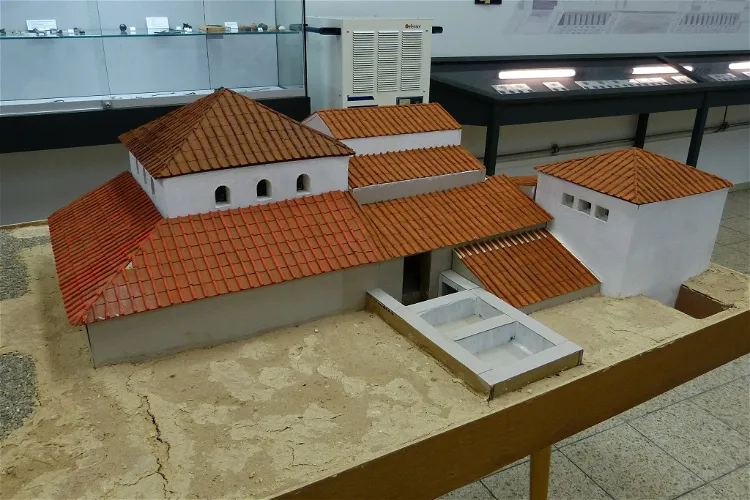
Archäologisches Museum Königsbrunn
Königsbrunn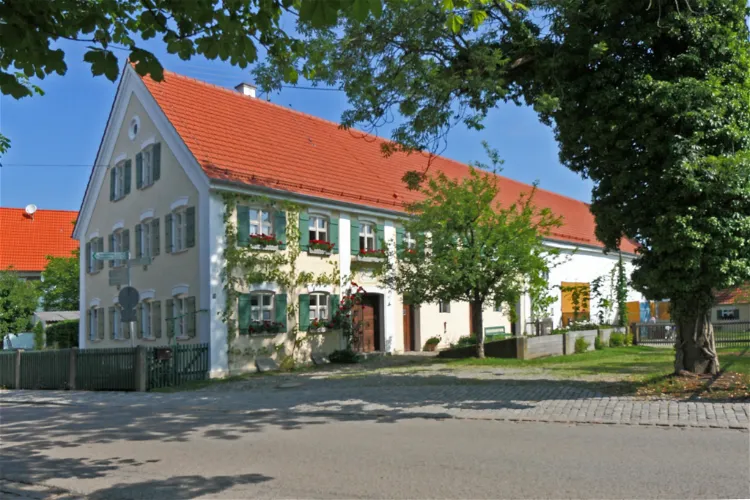
Kreisheimatstube Stoffenried
StoffenriedThe Kreisheimatstube Stoffenried is a quaint open-air museum nestled in the town of Stoffenried. It is conveniently located halfway between the towns of Krumbach and Günzburg, making it an accessible destination for tourists traveling in the region.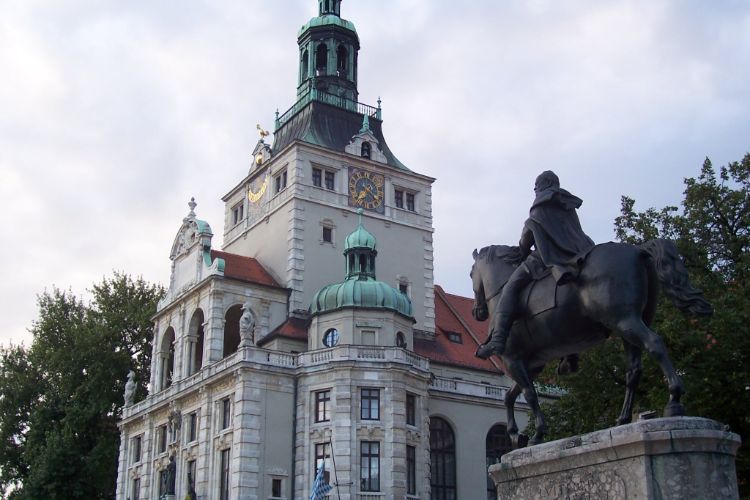
Bavarian National Museum
MunichThe Bavarian National Museum (Bayerisches Nationalmuseum) is a museum of applied art in Munich that holds and exhibits objects originating from the Middle Ages onward. The museum was founded in 1855 by King Maximilian II of Bavaria and houses a varied collection of sculptures and visual art collecti
document Neupfarrplatz
RegensburgNeupfarrplatz and the eponymous Neupfarrkirche are located in the heart of Regensburg's old town, just south of the Regensburg Cathedral. This central location makes it an easily accessible and prominent spot for tourists visiting the city. The square and the church have a rich history that dates back to the expulsion of the Jewish population in 1519, which adds a historical depth to the site.
Käthe-Kruse-Puppen-Museum
DonauwörthThe Käthe-Kruse-Puppen-Museum is situated in the former Capuchin monastery in Donauwörth. This location adds a historical touch to the museum, making it not only a place to appreciate the art of doll making but also a site to experience a piece of Donauwörth's history.
Cadolzburg Castle
Cadolzburg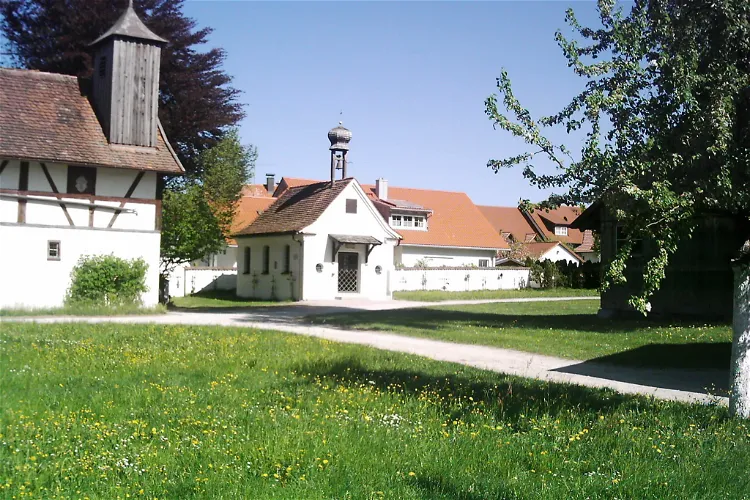
Schwäbisches Bauernhofmuseum Illerbeuren
IllerbeurenThe Schwäbische Bauernhofmuseum in Illerbeuren, a district of Kronburg in the Swabian district of Unterallgäu in Bavaria, is one of the older open-air museums in Germany. Established in 1955, it was the first of its kind in the south of the Federal Republic. This museum offers a unique opportunity to explore the history and culture of the region, making it a significant destination for tourists interested in history and culture.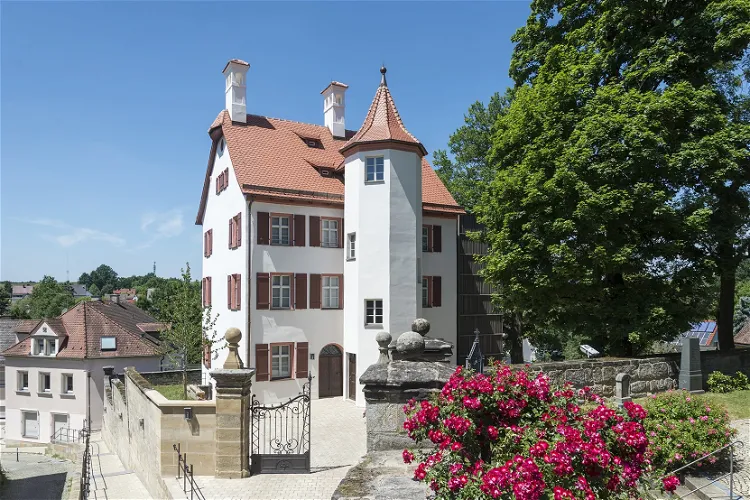
Weißes Schloß
HeroldsbergThe Weißes Schloss is one of the four castles in the Middle Franconian market town of Heroldsberg. It is a significant historical site that has been transformed into a museum and event venue. The castle was built by the Nuremberg patrician family Geuder and served the community as a town hall until 2005.
Oberhausmuseum Passau
PassauThe Oberhausmuseum is situated in the Veste Oberhaus, one of the largest preserved castle complexes in Europe, located in Passau. This unique location adds to the historical significance and charm of the museum, making it a fascinating destination for tourists interested in history and architecture.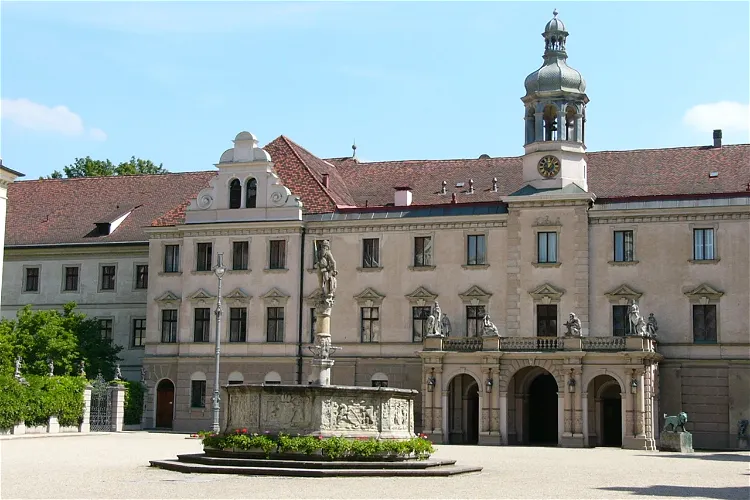
Palace Museum with Saint Emmeram Cloisters and Carriage Museum
RegensburgSlot Sankt Emmeram, also known as Slot Thurn und Taxis, is a significant historical site in Regensburg. It is the family castle of the Thurn und Taxis family, who had the right to deliver mail within the German lands and the Holy Roman Empire for centuries. Today, it serves as a residence for the family members and a museum for the public.
Museum Schloss Adelsheim
BerchtesgadenSchloss Adelsheim, located in Berchtesgaden, Bavaria, is a historic site that dates back to 1614. Since 1968, it has been home to the Museum Schloss Adelsheim. This museum showcases permanent and special exhibitions of historical objects related to Berchtesgaden on an exhibition area of up to 760 square meters.
Villa rustica
Starnberg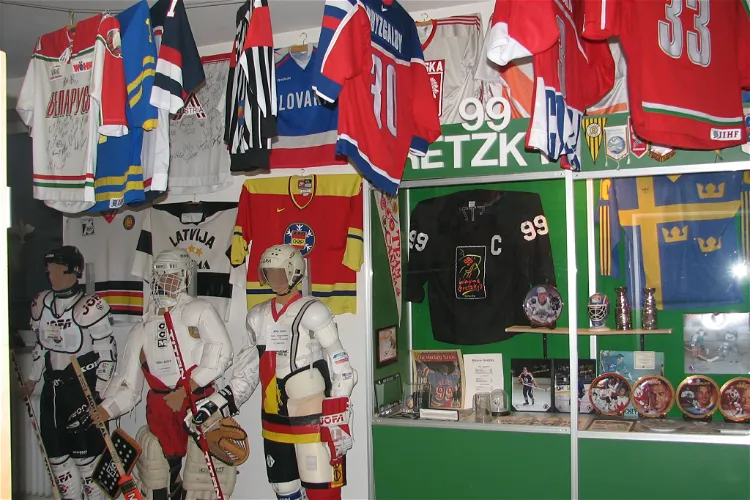
German Ice Hockey Hall of Fame
AugsburgThe Ice Hockey Museum in Augsburg, also known as the Eishockeymuseum Hall of Fame Deutschland e.V., was a place where visitors could explore various exhibits of famous ice hockey players until 2014. The museum also runs the Hall of Fame Germany, which includes players, referees, coaches, officials, and journalists who have made significant contributions to the sport of ice hockey.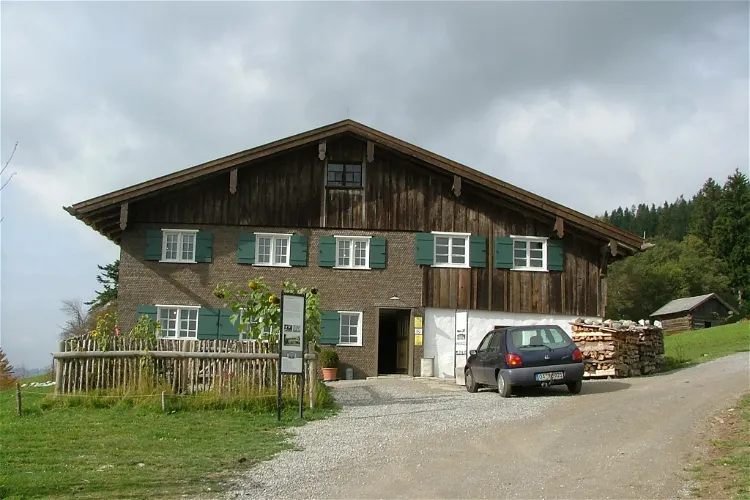
Allgäuer Bergbauernmuseum
Immenstadt im AllgäuThe Allgäuer Bergbauernmuseum is made up of several buildings that collectively document rural life. The museum includes several animal stables, a herb garden, an alpine pasture, and a mountain farm. These elements provide a comprehensive view of rural life and offer visitors a chance to explore and understand the historical and current practices of rural living.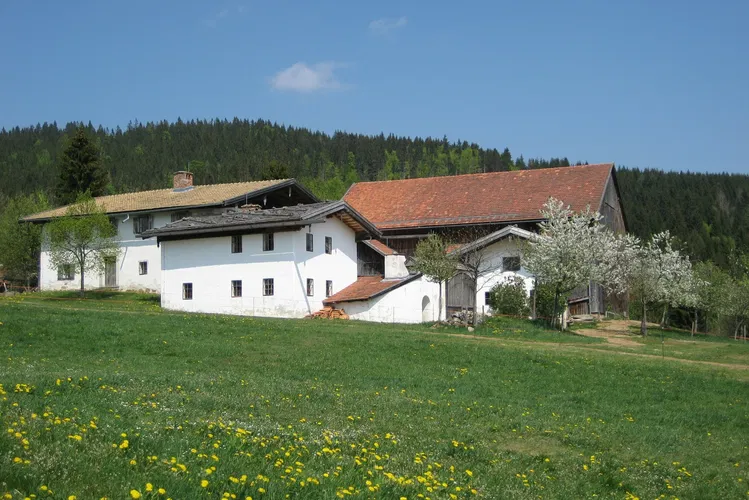
Lower Bavarian Open-Air Museums
FinsterauThe Finsterau Open-Air Museum, situated in the municipality of Mauth on the outskirts of the village of Finsterau in the Bavarian Forest near the Czech border, offers a rich display of rural architecture. The museum features farmhouses, complete farmsteads, a village smithy, and a roadside inn from across the Bavarian Forest. These exhibits provide a comprehensive view of the historical rural life in this region.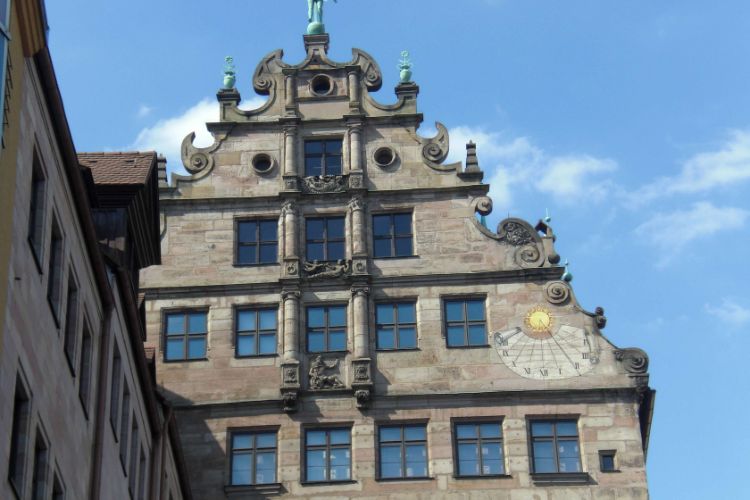
City Museum at Fembo House
NurembergThe Stadtmuseum Fembohaus (City Museum at Fembo House) is the city museum of Nuremberg that is dedicated to the history of Nuremberg that spans 950 years. The building that houses the City Museum is the Fembohaus, Nuremberg's only surviving large merchant's house of the late Renaissance. The museum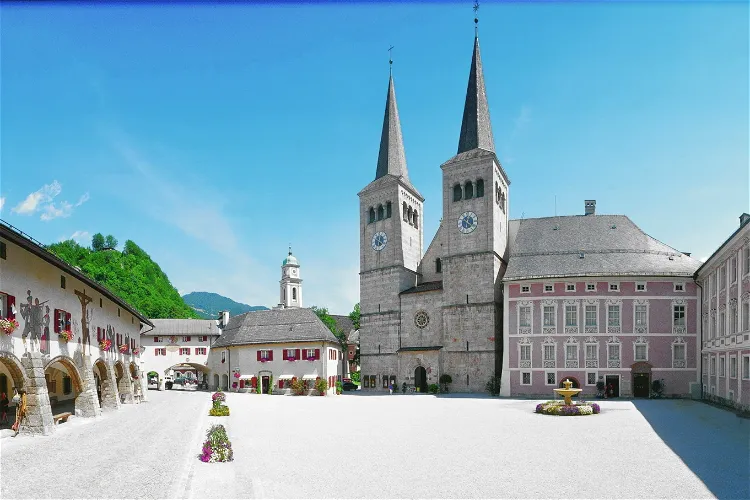
Rehmuseum
BerchtesgadenThe Rehmuseum, located in Berchtesgaden, is a unique institution dedicated to the exhibition of deer trophies and the documentation of deer habitats. The museum is housed in the former stables opposite the Royal Palace and is owned by the Wittelbacher Ausgleichsfonds. The collection, which provides a fascinating insight into the life and environment of deer, was painstakingly assembled by Albrecht Duke of Bavaria.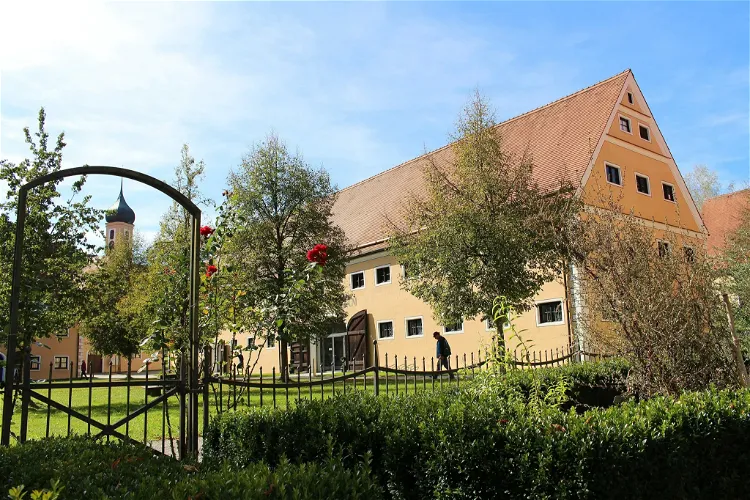
Museum Oberschönenfeld
MargertshausenThe Museum Oberschönenfeld, previously known as the Schwäbisches Volkskundemuseum Oberschönenfeld, is situated in the former protected economic buildings of the Cistercian Abbey Oberschönenfeld. The museum is nestled within the scenic Augsburg Nature Park - Western Forests, offering visitors a unique blend of cultural and natural attractions.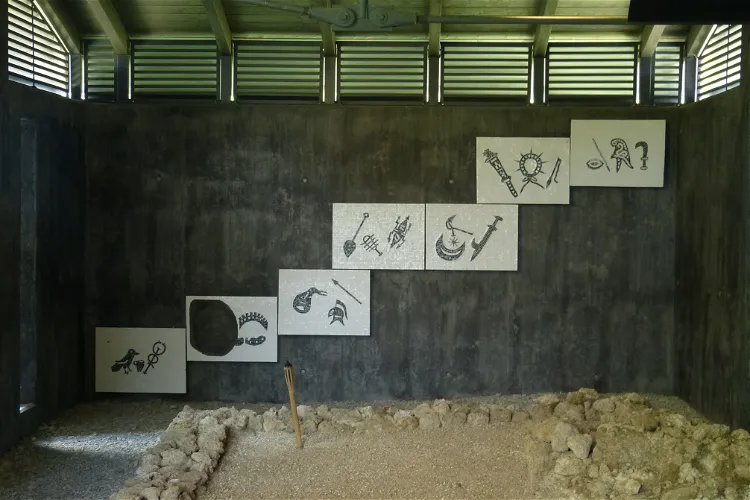
Mithraeum Königsbrunn
Königsbrunn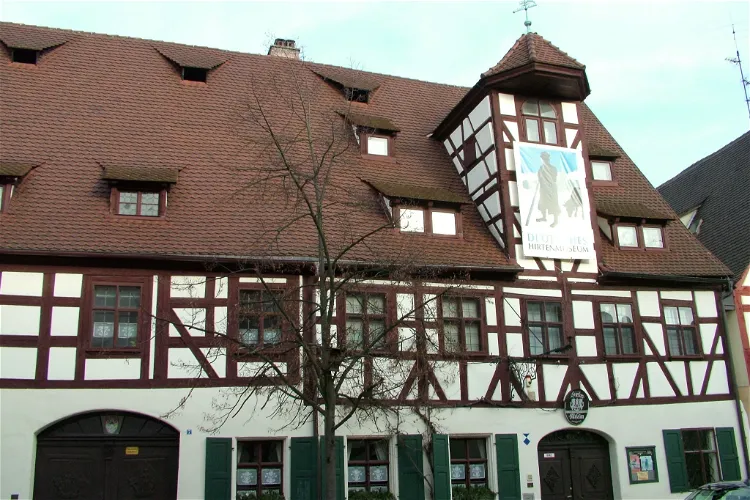
Deutsches Hirtenmuseum
HersbruckThe Deutsches Hirtenmuseum, located in the city of Hersbruck, was inaugurated in 1933. It is housed in a protected ensemble that includes a 16th-century farmer's house, a barn, and another building, all surrounding a large courtyard and garden. This setting provides a unique and historical backdrop for the museum's exhibits.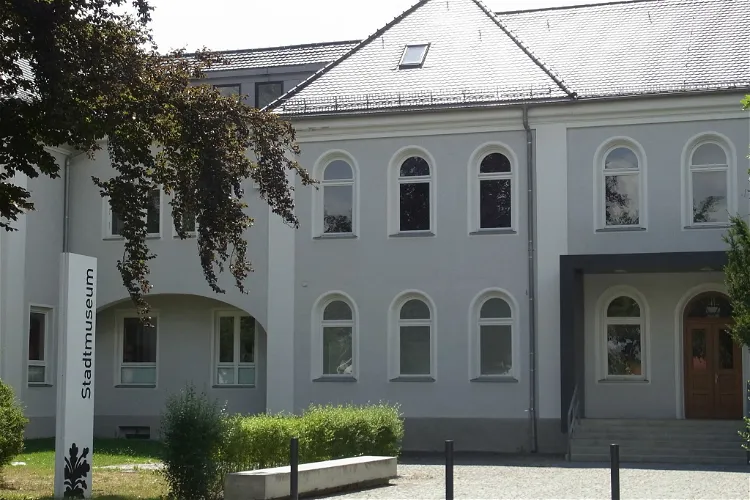
Stadtmuseum Aichach
AichachThe Stadtmuseum Aichach is a city and regional history museum located in the district of Aichach-Friedberg in the Bavarian administrative district of Swabia. It provides a comprehensive insight into the history and culture of the region, making it a worthwhile destination for those interested in local history.
Munich Municipal Museum
MunichThe Munich Municipal Museum (Munich Stadtmuseum) is the city's main museum that houses various exhibitions on topics related to Munich on three floors, with focus on the culture. The museum is housed in the former municipal arsenal and stables, both of the late Gothic period. The museum features var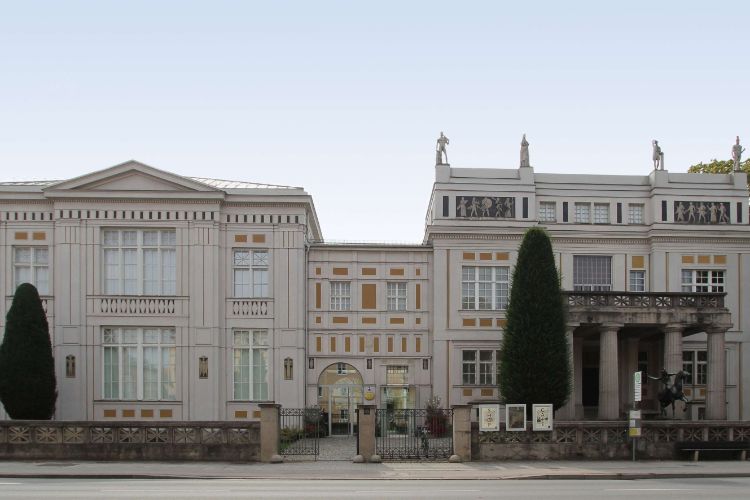
Stuck Villa (Jugendstil Museum)
MunichStuck Villa (Jugendstil Museum) is a villa in Munich designed and built by the painter Franz von Stuck for his personal use between 1897 and 1898. In 1968 it was transformed to house the Museum Villa Stuck dedicated to Art Nouveau. The interior presents some of the artist's paintings and retains the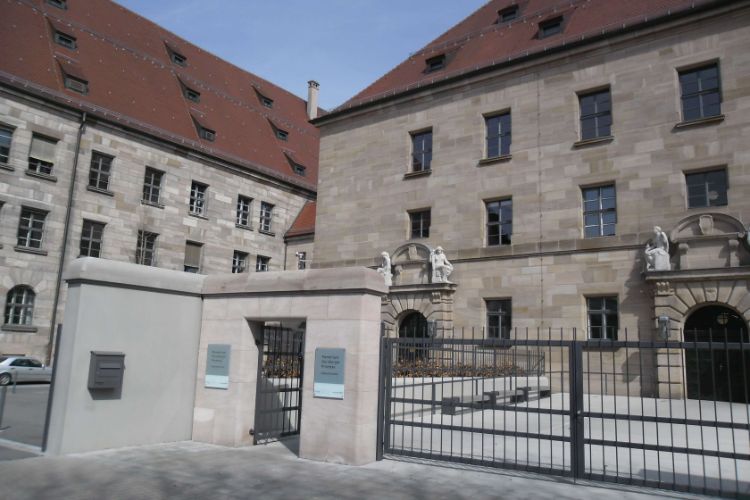
Memorium Nuremberg Trials
NurembergThe Memorium Nuremberg Trials (Memorium Nurnberger Prozesse) is an institution in Nuremberg. From 1945 to 1949, the Nuremberg Trials took place in the jury courtroom of the Nuremberg Palace of Justice. The Memorium Nuremberg Trials illustrates the history, course and aftermath of the processes. The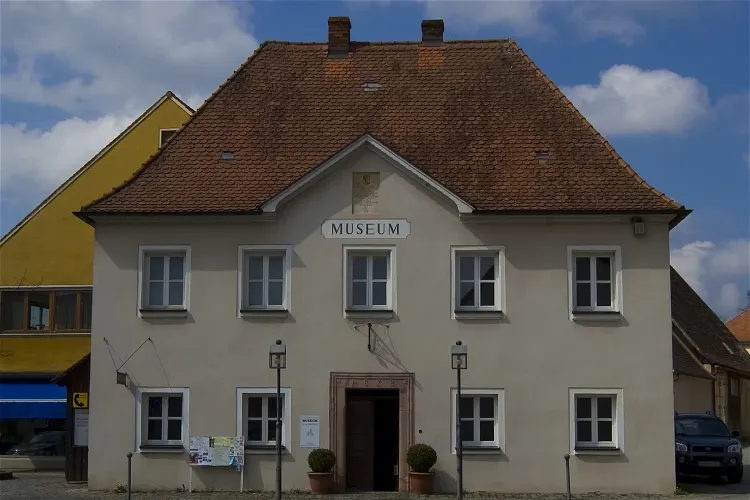
Vor- und frühgeschichtliches Museum Thalmässing
ThalmässingThe Fundreich Thalmässing, previously known as Vor- und frühgeschichtliches Museum Thalmässing, is an archaeological museum situated in the market town of Thalmässing, within the district of Roth. This museum, supported by the district of Roth, was established in 1983 and is housed in a building that was originally built as a grain store in 1828, but was later used as a town hall.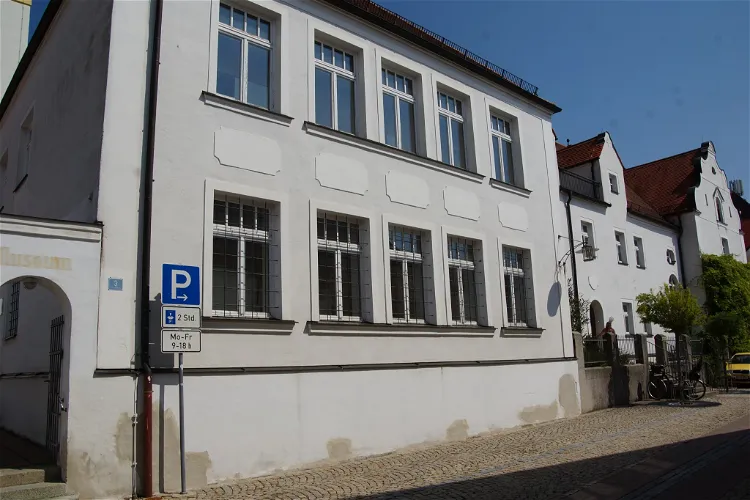
Museum Kösching
KöschingThe Museum Markt Kösching is an archaeological and ethnological museum situated in the Upper Bavarian market town of Kösching, within the Eichstätt district. It offers a unique opportunity to delve into the rich history and culture of the region, from ancient times to the present day.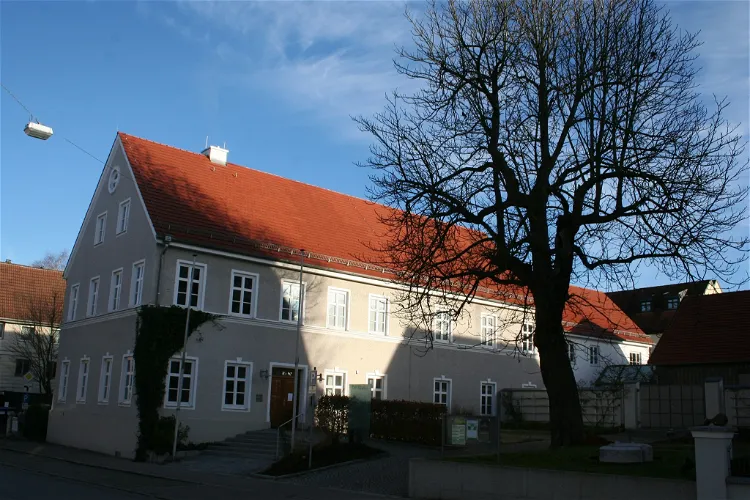
Mittelschwäbisches Heimatmuseum
Krumbach (Schwaben)The Mittelschwäbische Heimatmuseum, founded in 1908, is centrally located in Krumbach (Schwaben) since 1950. This museum is a significant part of the town's history and culture, offering visitors a chance to explore the region's past.
Sammlung Ludwig
BambergThe Sammlung Ludwig in Bamberg is recognized as one of the most significant private collections in the field of faience and porcelain. This collection, housed in the Altes Rathaus since 1995, is a testament to the passion and dedication of the collector couple Peter and Irene Ludwig. It offers a unique opportunity for visitors to explore a wide range of artifacts from different periods and regions.
Roman Museum Castle Boiotro
PassauThe Roman Museum Castle Boiotro, situated in the Innstadt district of Passau, was inaugurated in 1982. This museum is a significant historical site that offers visitors a glimpse into the past of this region. It is located on the foundations of the late Roman Castle Boiotro, remnants of which can be seen in the museum's outdoor area.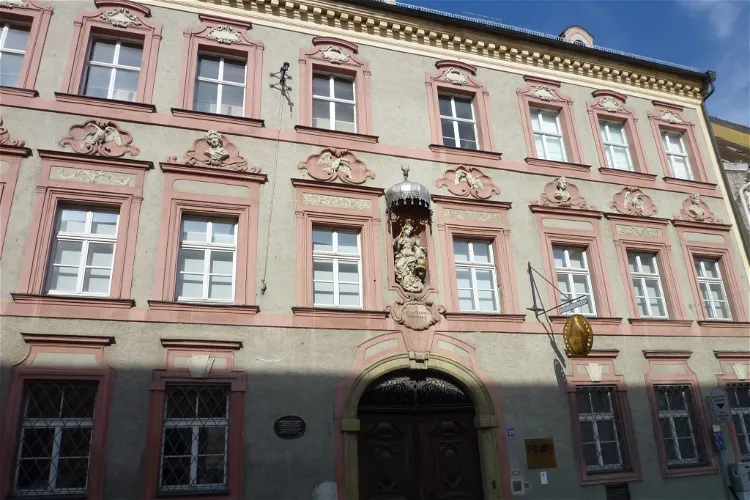
Gäubodenmuseum
StraubingThe Gäubodenmuseum in Straubing is a museum that offers a comprehensive overview of the history of Straubing and the Gäuboden region. It covers various periods from prehistory, the Roman era, the early Bavarians, the Middle Ages, the Counter-Reformation to the end of the Kingdom of Bavaria, and also includes sections on sacred art and popular piety.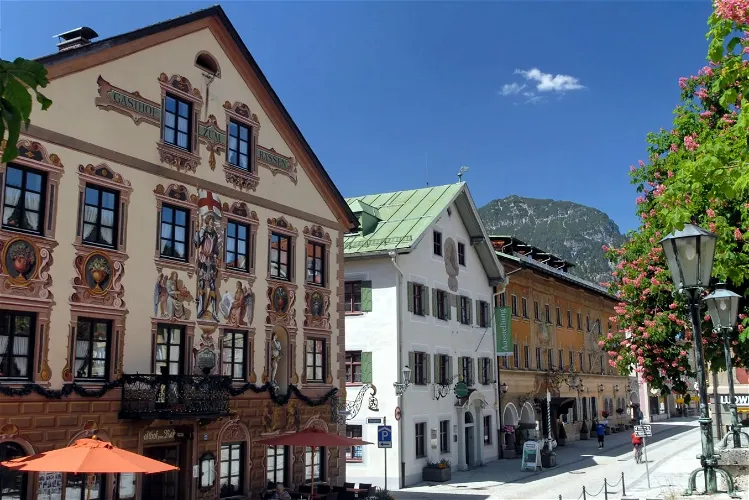
Werdenfels Museum
Garmisch-Partenkirchen
MEWO Kunsthalle
MemmingenThe MEWO Kunsthalle is a city exhibition house located in the city of Memmingen. It is dedicated to showcasing contemporary art as well as art from the 19th and 20th centuries. This makes it a significant destination for art enthusiasts and tourists interested in these periods of art history.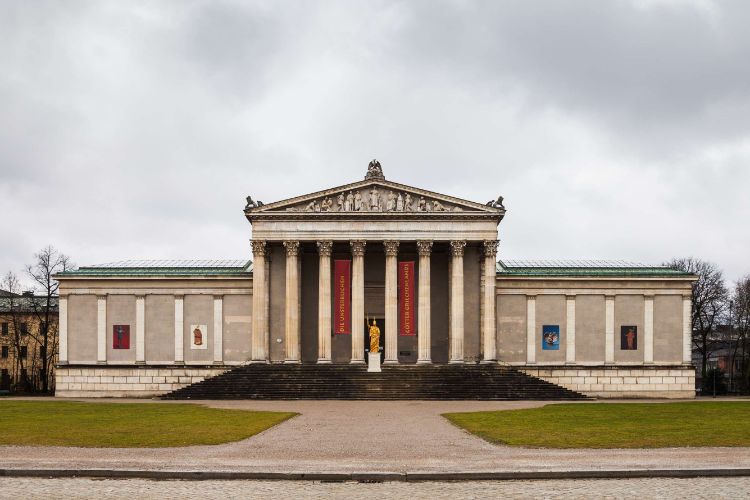
Museum of Antiquities (Antikensammlungen)
MunichThe Staatliche Antikensammlungen (National Collections of Ancient Objects, Museum of Antiquities) is a museum in Munich with antiquities from Greece, Etruria and Rome. The building called Ausstellungsgebäude which houses the museum collections was built at the behest of Ludwig I, inspired by a templ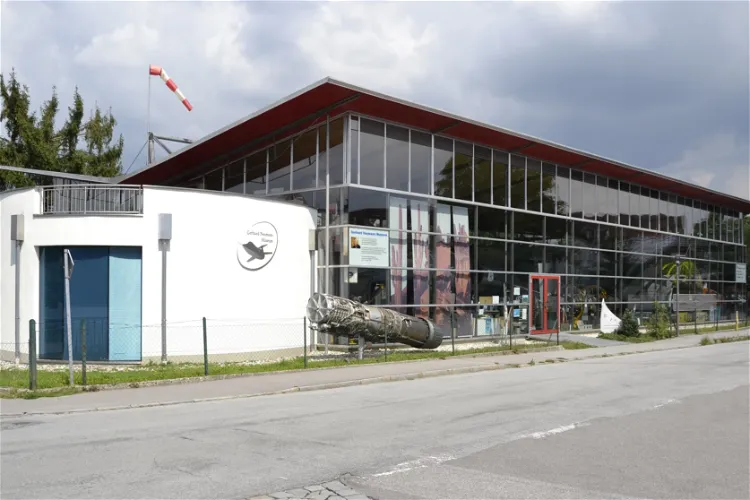
Gerhard Neumann Museum
NiederalteichThe Gerhard Neumann Museum is an aviation-themed museum situated in the quaint village of Niederalteich, Bavaria, Germany. This museum is dedicated to the life and work of Gerhard Neumann, a renowned German aero engine designer. It provides an opportunity for visitors to delve into the history of aviation and explore the significant contributions of Neumann to this field.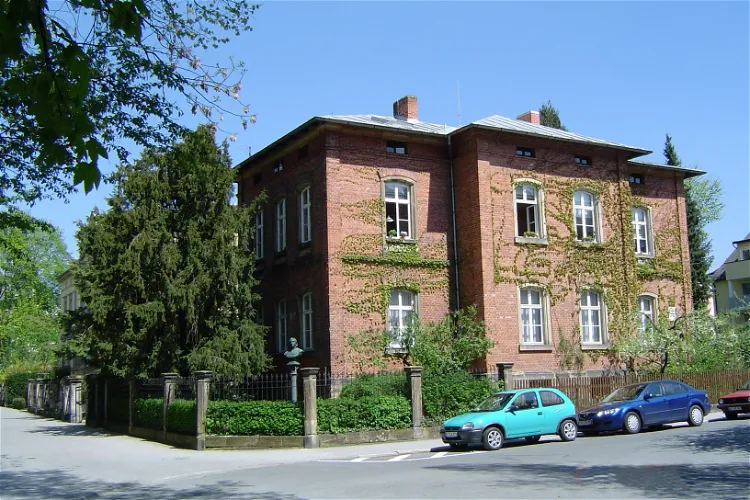
Franz-Liszt-Museum
BayreuthThe Franz-Liszt-Museum in Bayreuth is a tribute to the life and work of the renowned pianist, conductor, and composer Franz Liszt. The museum provides an in-depth look into Liszt's life, showcasing his contributions to music and his personal life.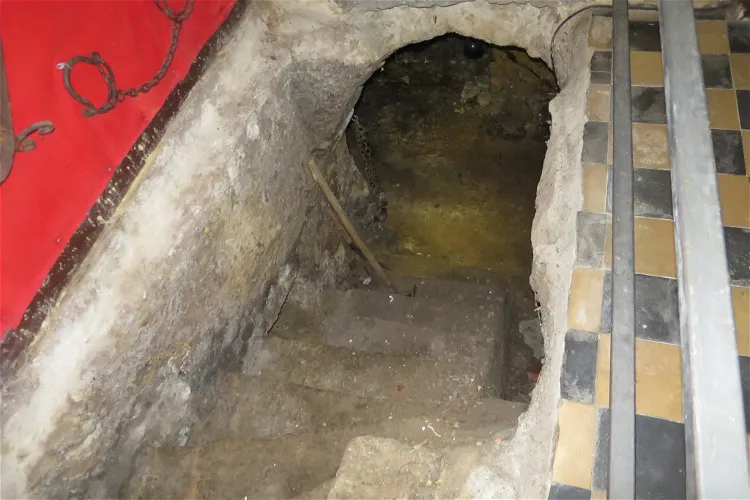
Scharfrichtermuseum
Pottenstein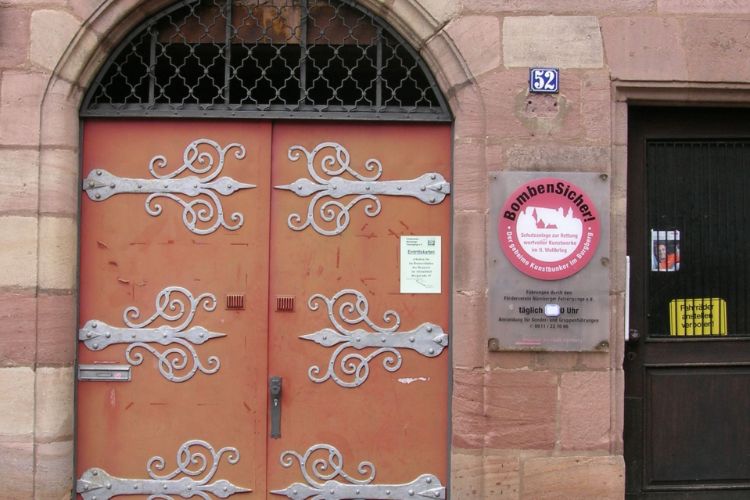
Kunstbunker
NurembergThe Historische Kunstbunker (Historic art bunker) is a tunnel complex under the Nuremberg Castle in Nuremberg. Visitors can participate in discovery tours to take a look at Nuremberg from a completely different side and discover places that have existed for many centuries but are hidden under the st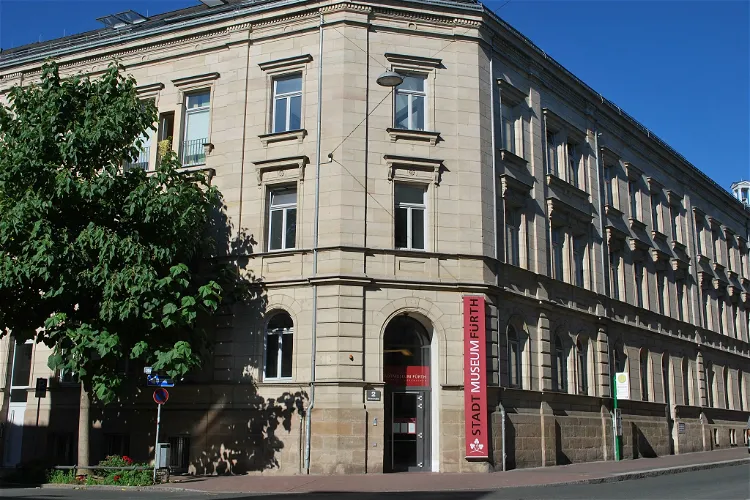
Stadtmuseum Fürth
FürthThe Stadtmuseum Fürth is a museum that presents the city and economic history of the Franconian city of Fürth. It provides a comprehensive overview of the city's development, from its early beginnings to the present day. The museum's collection includes exhibits that span from the Bronze Age to the present day, offering a deep dive into the city's rich history.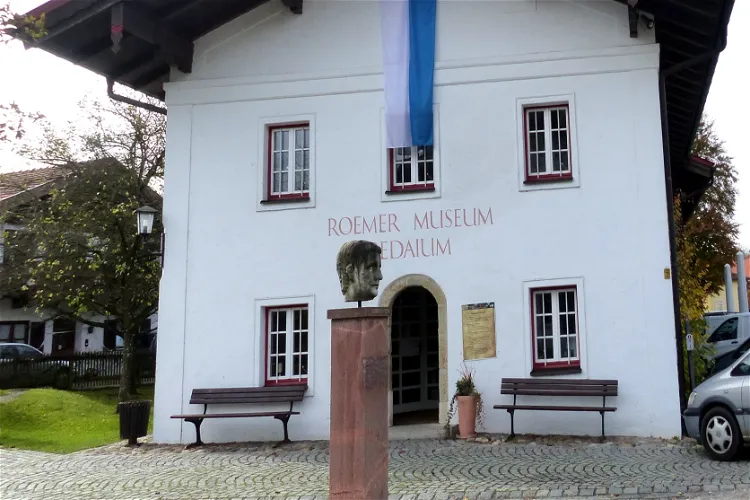
Römermuseum Bedaium Seebruck
Seeon-SeebruckThe Römermuseum Bedaium in Seebruck on the Chiemsee is a municipal museum that houses around 500 exhibits. This museum is managed by the municipality of Seeon-Seebruck, offering visitors a chance to explore a wide range of artifacts.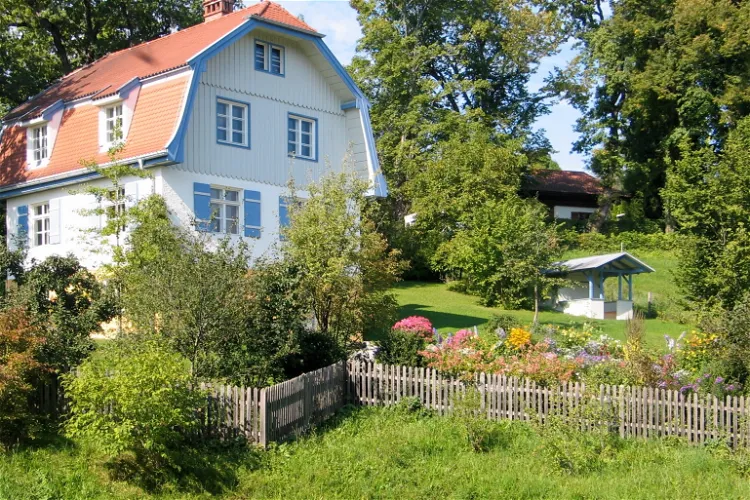
Münter-Haus
Murnau am StaffelseeThe Münter-Haus in Murnau am Staffelsee holds a significant place in the history of art as it was the home of the artist Gabriele Münter. She lived here from 1909 to 1914 with Wassily Kandinsky, and from 1931 with Johannes Eichner until her death in 1962. This house was a hub of artistic activity and creativity during these periods.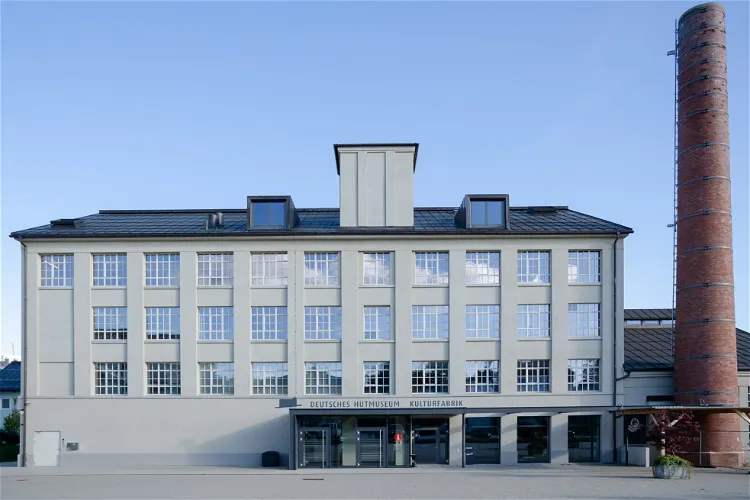
Deutsches Hutmuseum Lindenberg im Allgäu
Lindenberg im AllgäuThe Deutsches Hutmuseum Lindenberg, located in Lindenberg im Allgäu, is a museum dedicated to the cultural history of hats. Since 2014, it has been housed in the building of the former hat factory Ottmar Reich GmbH & Co. This location adds a layer of authenticity to the museum's exhibits, as visitors can explore the history of hat-making in the very place where it once took place.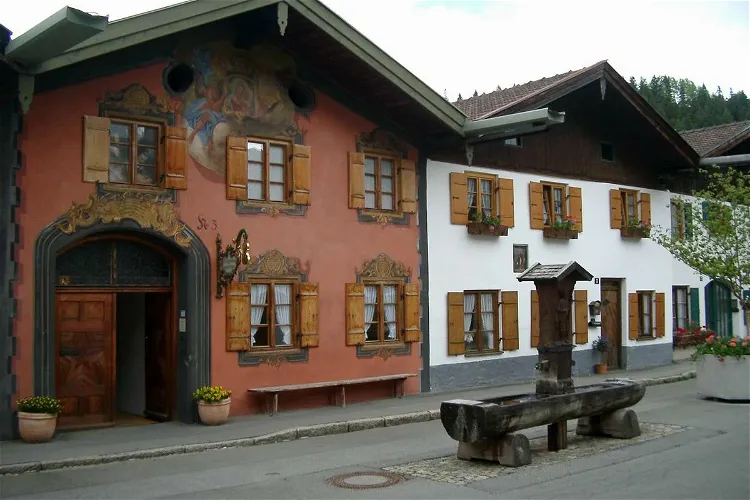
Geigenbaumuseum
MittenwaldThe Geigenbaumuseum, also known as the Violin Making Museum, is located in Mittenwald, a town in the German state of Bavaria. The museum is dedicated to the tradition of violin making, which has been a part of Mittenwald's history since 1685.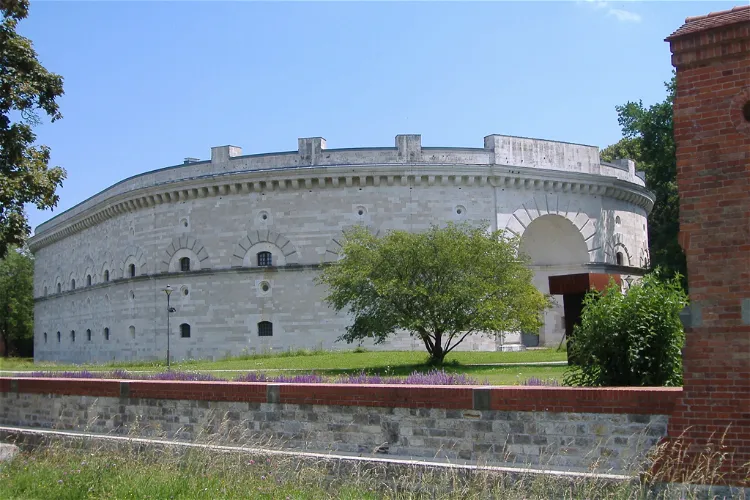
Bavarian Police Museum
IngolstadtThe Bavarian Police Museum, located in the historic Triva Tower in Klenzepark, Ingolstadt, serves as the central museum for the Bavarian police. This location not only offers a unique insight into the history and development of the police force in Bavaria but also provides a picturesque setting for visitors to enjoy.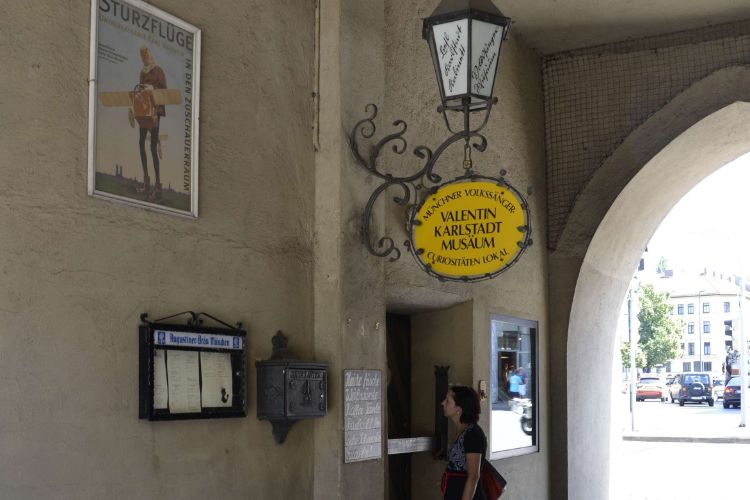
Valentin Musäum
MunichThe Valentin-Karlstadt-Musäum is a city museum in Munich that is dedicated to Bavarian comedian, cabaret performer, clown, author and film producer Karl Valentin, his partner Liesl Karlstadt and the Munich folk singers. The permanent exhibition on Karl Valentin presents Karl Valentin in all its face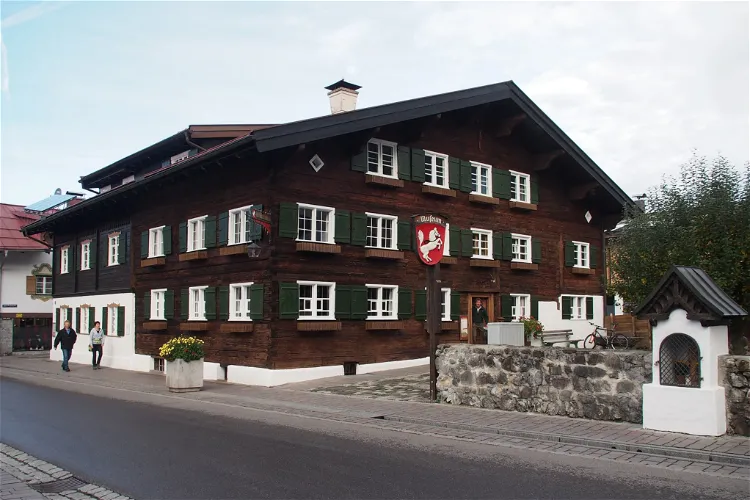
Heimatmuseum Oberstdorf
OberstdorfThe Heimatmuseum in Oberstdorf is housed in the Köcherlerhaus, a farmhouse that was built in 1620. This building is one of the few in the town center that survived a major fire in 1865. This historical context adds a layer of intrigue and resilience to the museum, making it a fascinating place to visit for those interested in local history.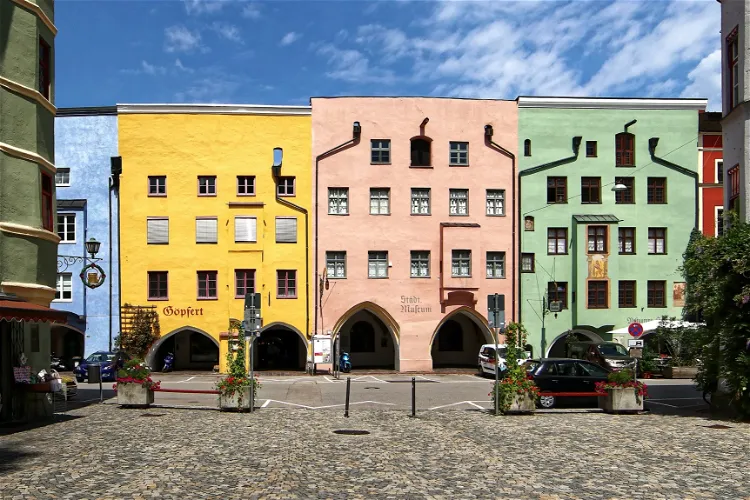
Museum Wasserburg
Wasserburg am InnThe Museum Wasserburg offers a comprehensive overview of the city's history, spanning from prehistoric times to the early 20th century. Visitors can explore various exhibits that delve into different periods and aspects of the city's past, providing a rich and detailed understanding of its evolution over time.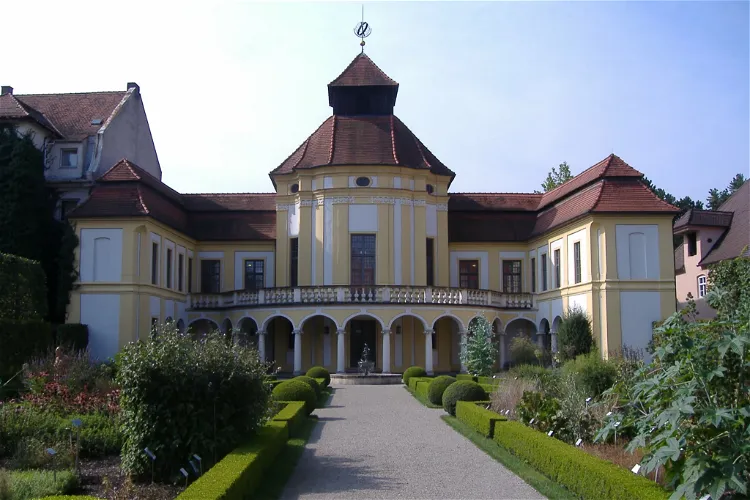
German Museum of Medicine History
IngolstadtThe German Museum of Medicine History (DMM) in Ingolstadt is a comprehensive repository of medical history, tracing the evolution of medicine from antiquity to the present day. Visitors can explore the rich tapestry of medical advancements and practices through the ages, providing a unique perspective on the development of healthcare and medical sciences.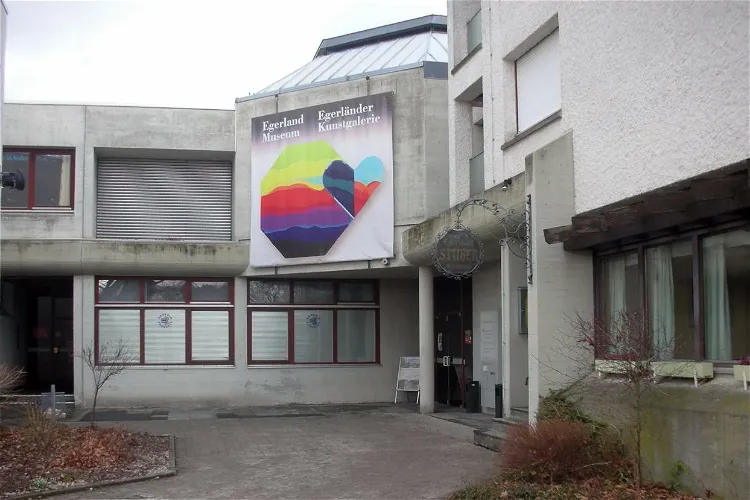
Egerland Museum
Marktredwitz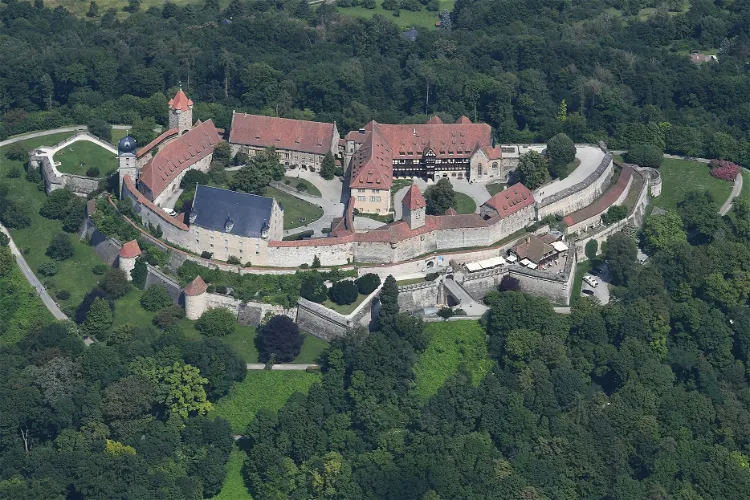
Veste Coburg
CoburgVeste Coburg, often referred to as the 'Franconian Crown', is a significant historical site in Germany. It is one of the largest and best-preserved castles in the country. The castle is strategically located on a hill, providing a panoramic view of the city of Coburg. It is situated on the border of Bavaria and Thuringia, adding to its historical and geographical significance.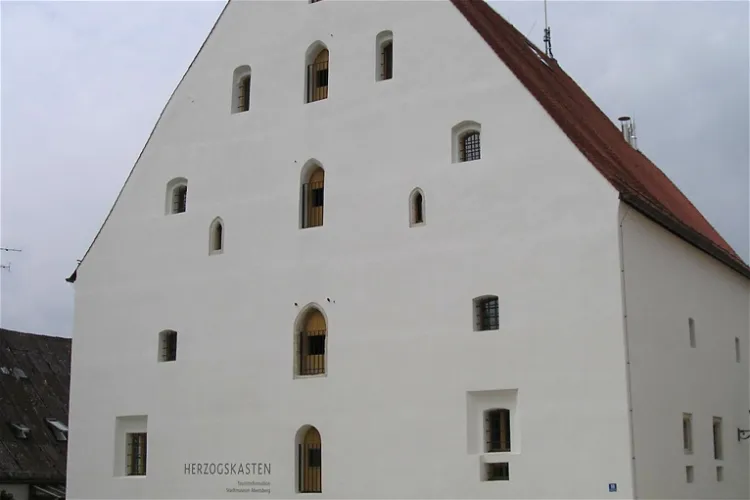
Herzogskasten Stadtmuseum Abensberg
AbensbergThe Herzogskasten in Abensberg is a significant historical site that has been repurposed for modern use. This Gothic secular building, which was originally used as a grain store and warehouse, now houses the Stadtmuseum Abensberg and the tourist information center. Located at Dollingerstraße 18, it offers visitors a glimpse into the city's past while providing useful information for their stay.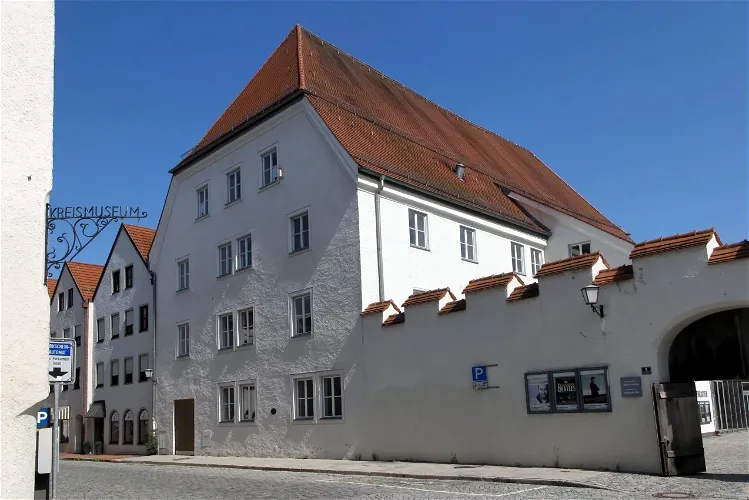
Museum Mühldorf - Museum Mühldorf a. Inn
Mühldorf a. InnSince 2015, the Museum Mühldorf a. Inn has been spread across two locations in the city. The main building, known as the Lodronhaus, is located at Tuchmacherstraße 7. The second part of the museum's permanent exhibition can be found in the Haberkasten. This dual-location setup allows the museum to showcase a wider range of exhibits and cater to a broader spectrum of interests.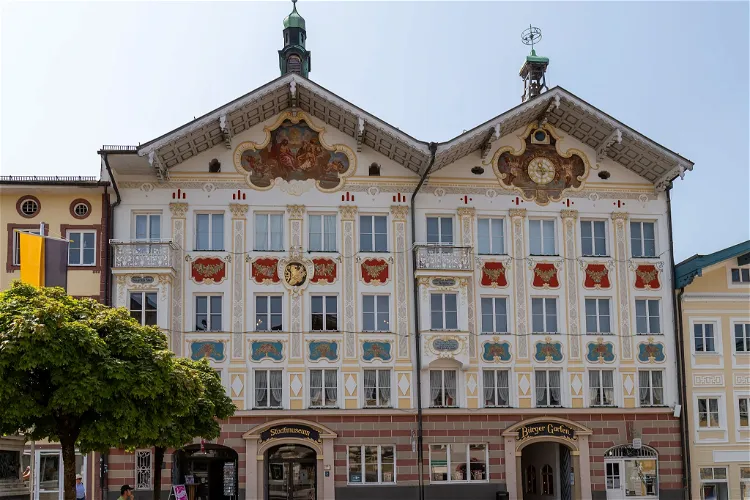
Tölzer Stadtmuseum
Bad Tölz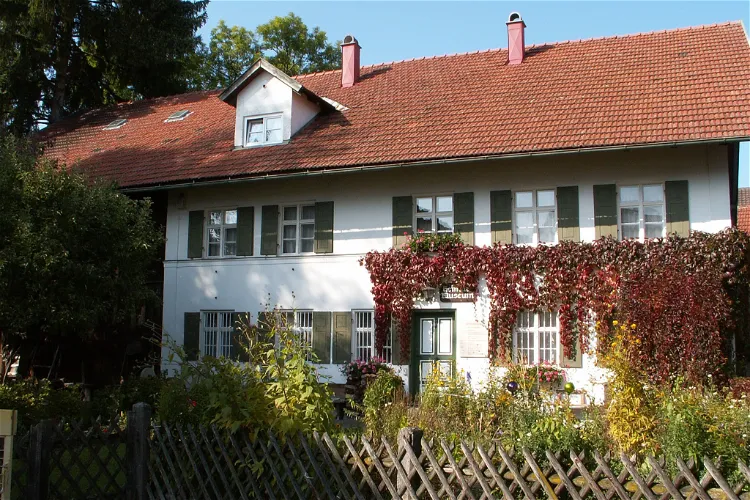
Heimatmuseum im Hartmannhaus
Marktoberdorf
Fritz-Winter-Atelier
Dießen am AmmerseeThe Fritz Winter Atelier is located in the market town of Dießen am Ammersee, in the Upper Bavarian district of Landsberg am Lech. This studio house, which was built in 1961/62, was the workspace of the renowned painter Fritz Winter. It's a significant part of the town's cultural and historical heritage.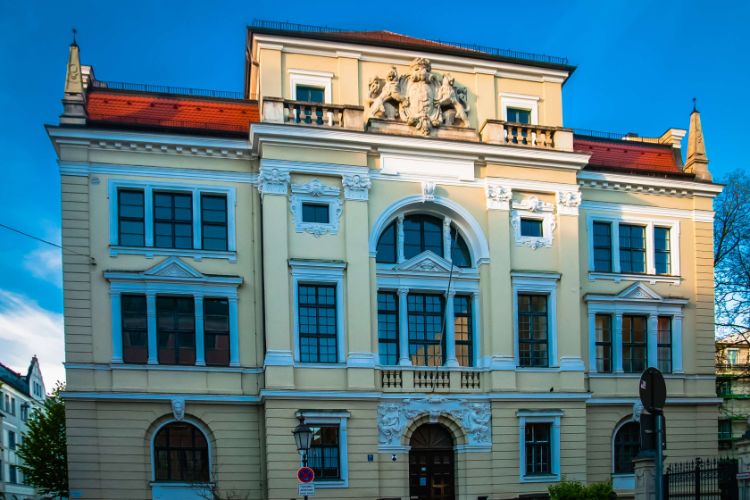
Paleontological Museum Munich
MunichThe Paleontological Museum Munich is a museum in Munich that exhibits objects from the Bayerischen Staatssammlung für Paläontologie und Geologie (Bavarian State Collection for Paleontology and Geology). The building that houses the museum dates from the 20th century when it was planned to be a schoo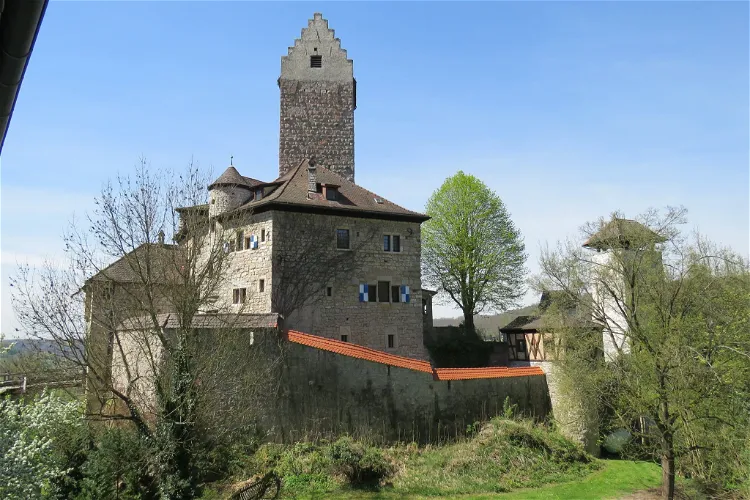
Römer und Bajuwaren Museum
KipfenbergThe Römer und Bajuwaren Museum Burg Kipfenberg is an archaeological, folkloric, and local history museum. It is situated in Kipfenberg, a market town in the Upper Bavarian district of Eichstätt. The museum is housed in a former economic building of Burg Kipfenberg, adding a touch of historical charm to the overall experience.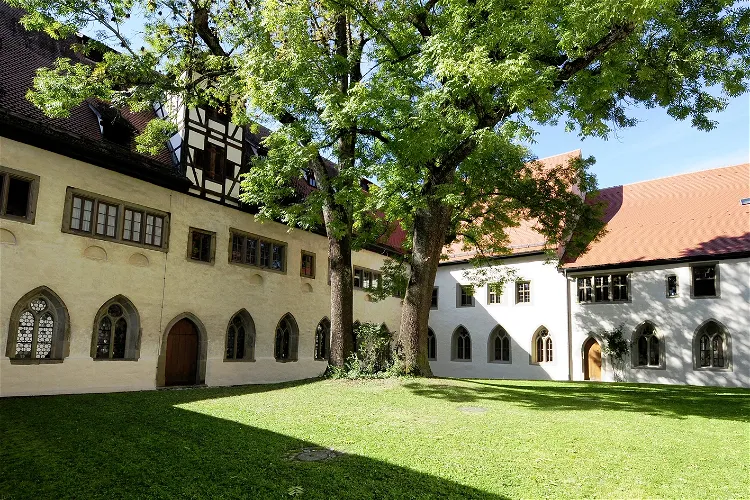
RothenburgMuseum
Rothenburg ob der TauberThe RothenburgMuseum, previously known as the Reichsstadtmuseum until 2019, is dedicated to the history of the city of Rothenburg ob der Tauber. It provides a comprehensive overview of the city's past, making it an essential stop for those interested in understanding the historical context of Rothenburg ob der Tauber.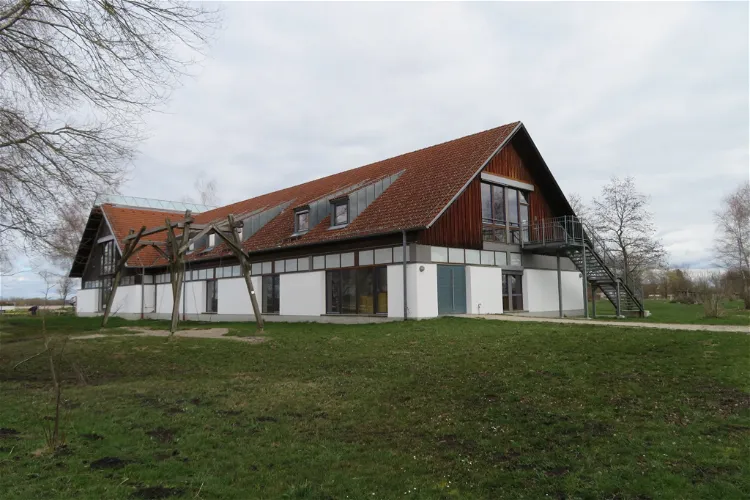
Haus im Moos
KleinhohenriedThe Haus im Moos in Kleinhohenried is a unique combination of a museum, educational center, and conference facility. Opened in 1998, it offers a rich insight into the history and culture of the Donaumoos region. The museum documents the struggle of the colonists for the drainage and cultivation of the moor, which began in the late 18th century. It is an ideal destination for those interested in history, culture, and nature.
Heimatmuseum Sauerlach
Arget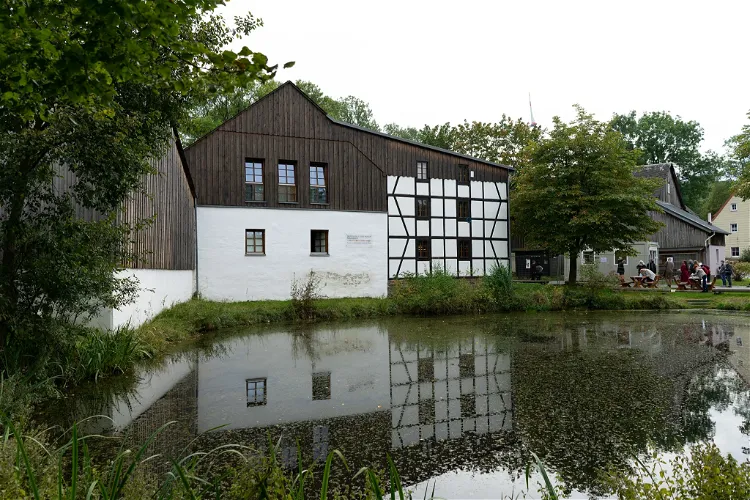
German-German Museum Mödlareuth
TöpenThe German-German Museum Mödlareuth is situated in the town of Mödlareuth, which was once divided by the inner German border. This unique location provides a tangible historical context for the museum's exhibits, making it a fascinating destination for those interested in the history of Germany's division and reunification.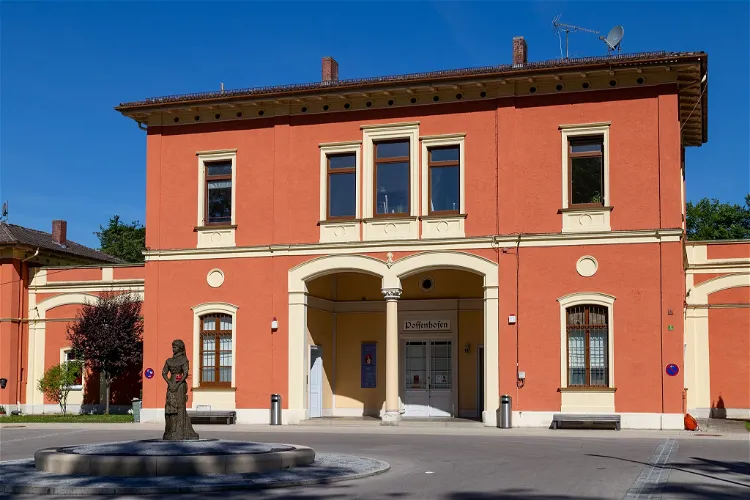
Kaiserin-Elisabeth-Museum
Possenhofen
Textil- und Industriemuseum
AugsburgThe Augsburg Textile and Industry Museum, also known as tim, is situated in the city of Augsburg, in the south-west of Bavaria, Germany. The museum is housed in the Augsburger Kammgarnspinnerei, a former worsted spinning mill. This location adds a unique historical context to the museum, as it was once a thriving center of the textile industry.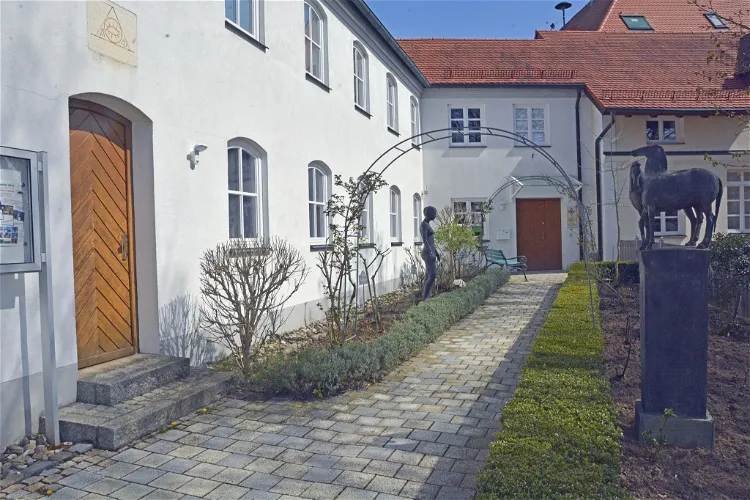
Museum Altomünster
StumpfenbachThe Museum Altomünster, located in Bavaria, is a unique museum focusing on the history of the Birgittine Order. This special church history museum was opened in 1997 and is dedicated to the last German establishment of the Birgittine Order in Altomünster.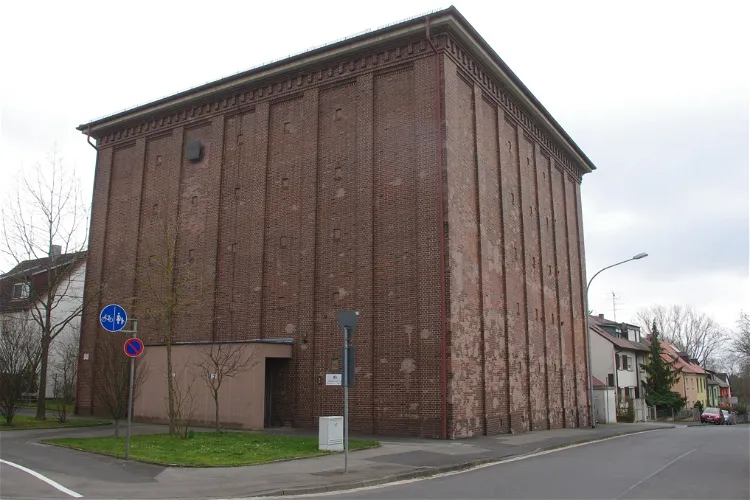
Deutsches Bunkermuseum
SchweinfurtThe Deutsches Bunkermuseum in Schweinfurt is a museum dedicated to the air and civil defense during World War II. It was opened in 2014 and provides a comprehensive look into the strategies and measures taken for protection during the war. The museum is housed in the Fichtel-and-Sachs bunker, originally known as Hochbunker A8.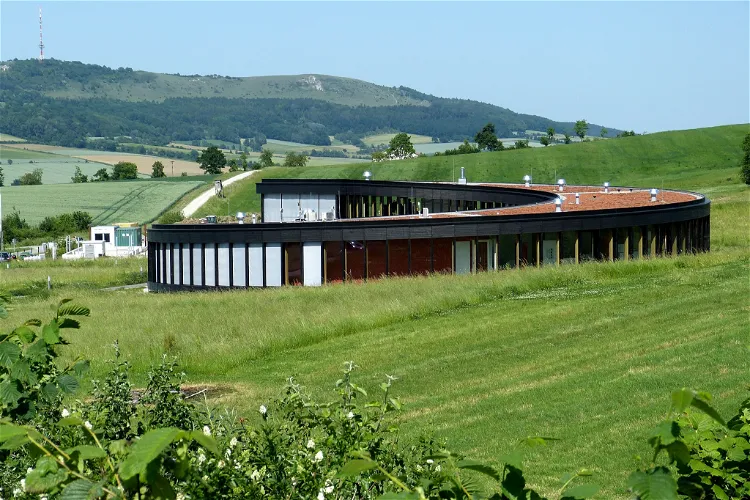
Limeseum Ruffenhofen
IrsingenThe Limeseum is an archaeological museum located in Römerpark Ruffenhofen in the Ansbach district. It was established in 2012 and provides a wealth of information about the Roman era. The museum is designed as a round building that blends into its landscape just below the Hesselberg.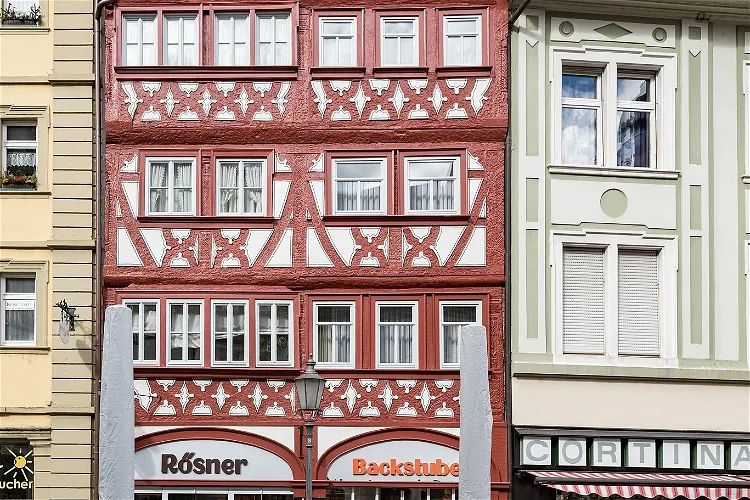
Conditorei Museum Kitzingen
KitzingenThe Conditorei Museum in Kitzingen is a unique institution dedicated to the bakery and confectionery crafts. It provides a deep dive into the history and evolution of these crafts, offering a unique perspective on the city's culinary heritage.
Heimathaus Traunstein
Traunstein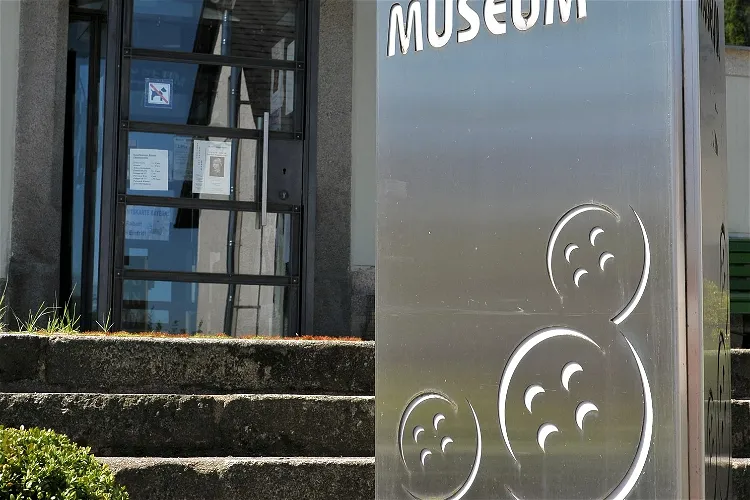
Deutsches-Knopfmuseum
BärnauThe Deutsches Knopfmuseum, located in Bärnau, Oberpfalz, is a unique museum dedicated to buttons. It was first opened in 1975 and since 1998, it has been housed in the former Kommunbrauhaus on Tachauer Straße 2. This location adds a historical charm to the museum, making it an interesting place to visit.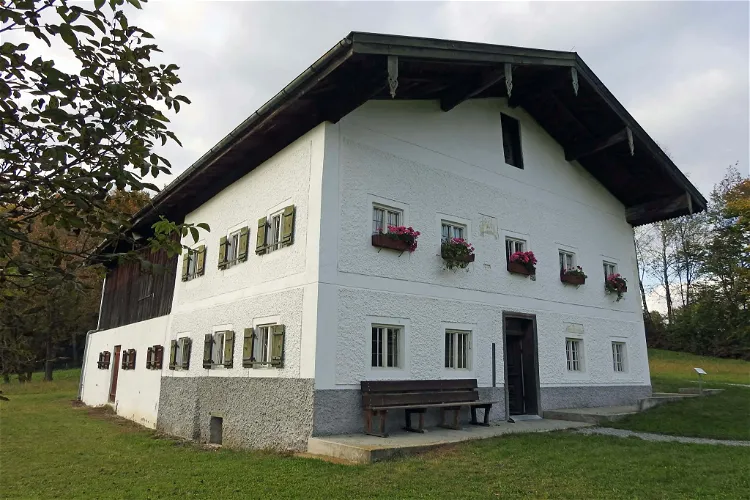
Bauernhausmuseum Amerang
AmerangThe Bauernhausmuseum Amerang is an open-air museum situated in the scenic Chiemgau region of Upper Bavaria, on the outskirts of the town of Amerang. This location offers visitors a unique opportunity to explore the rich history and culture of the region in a picturesque setting.